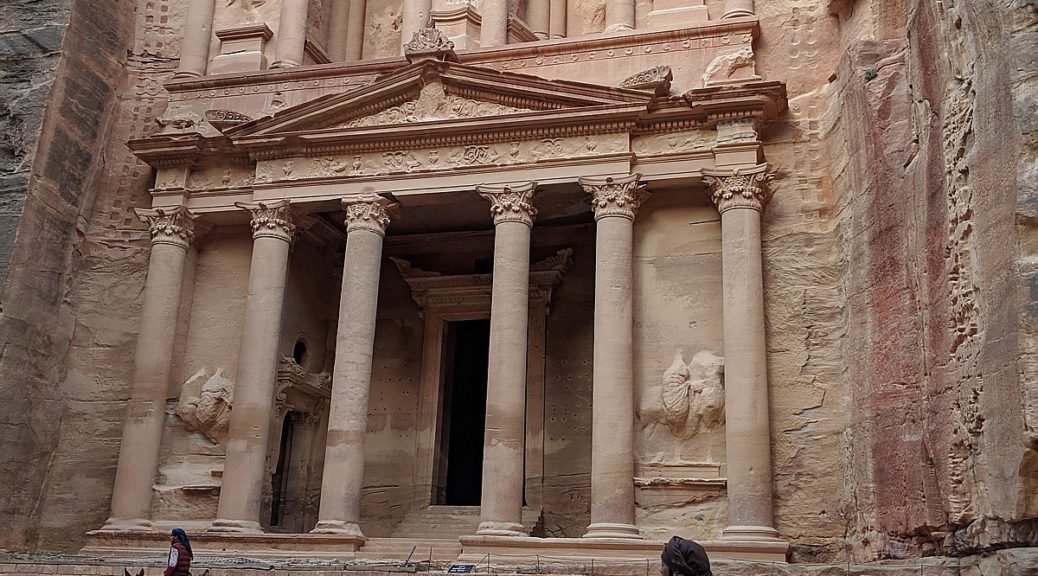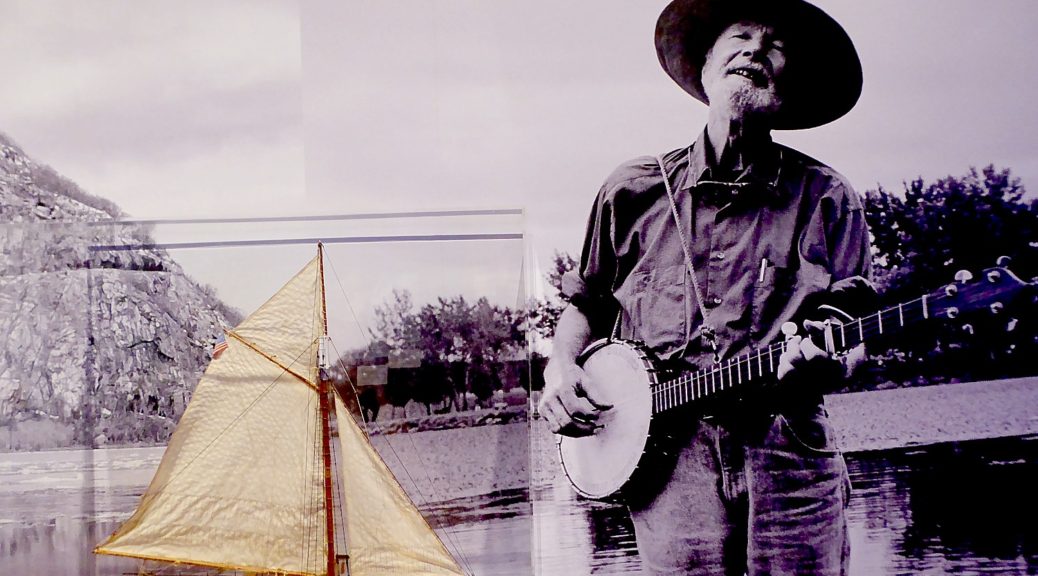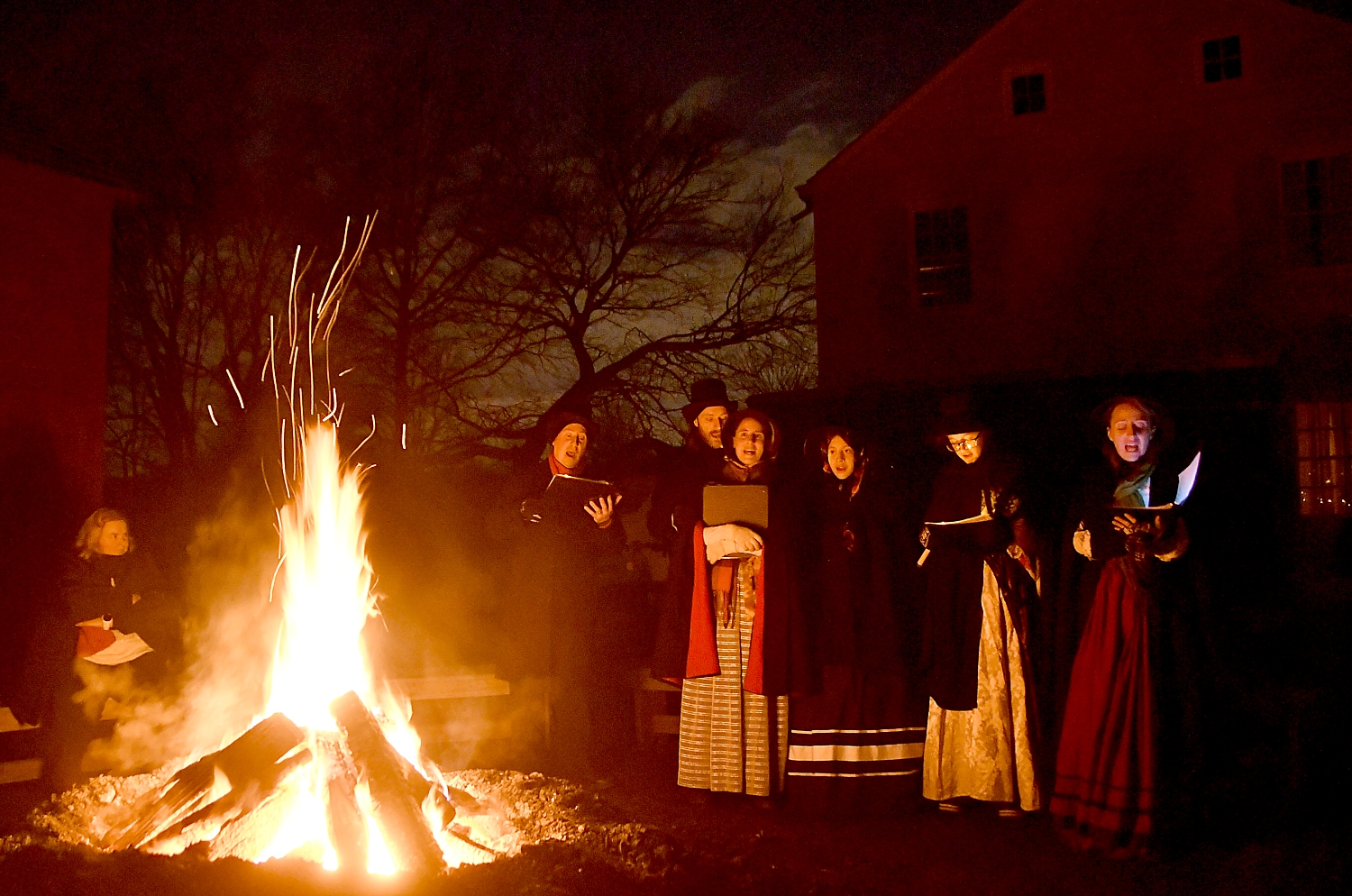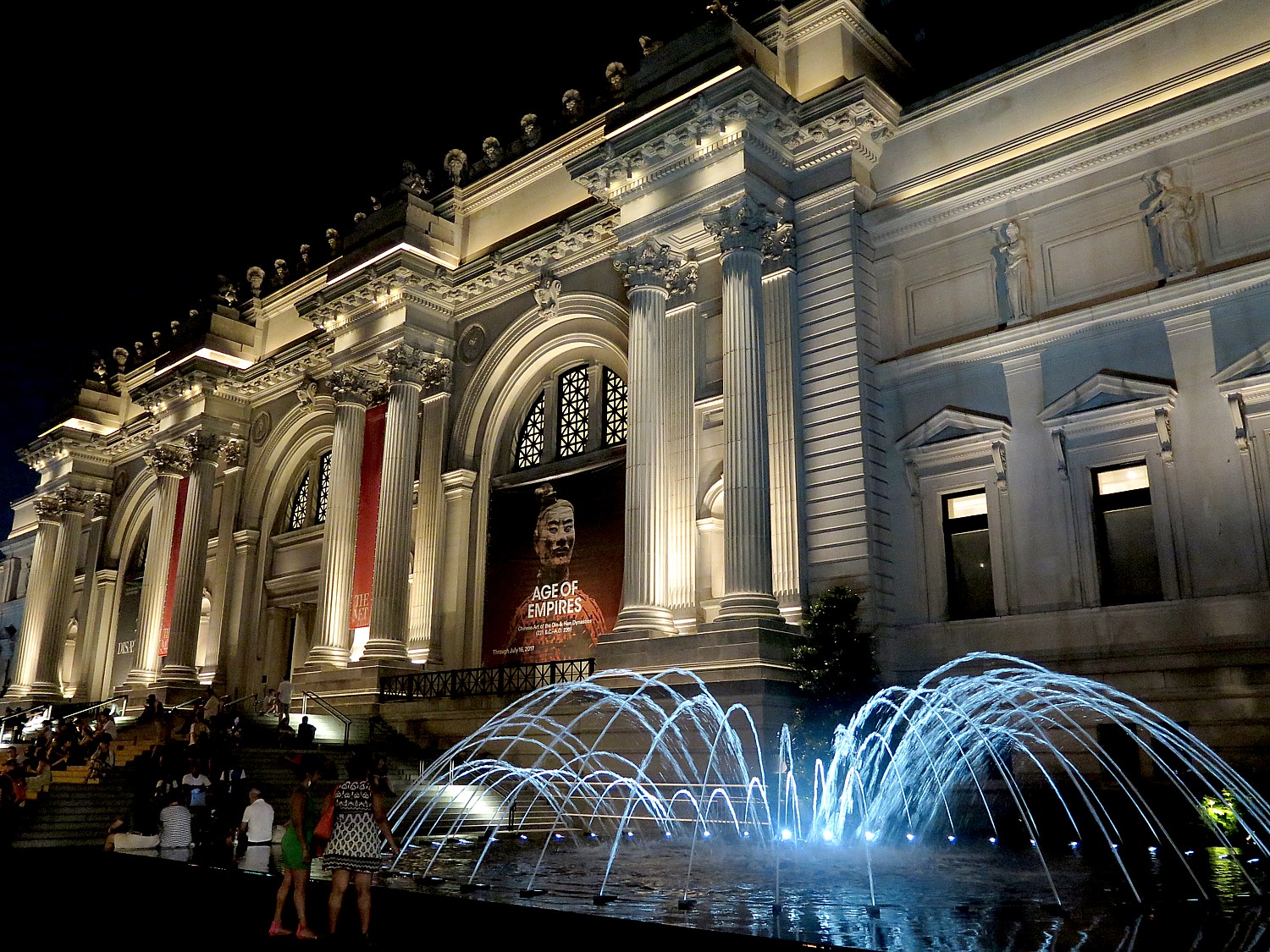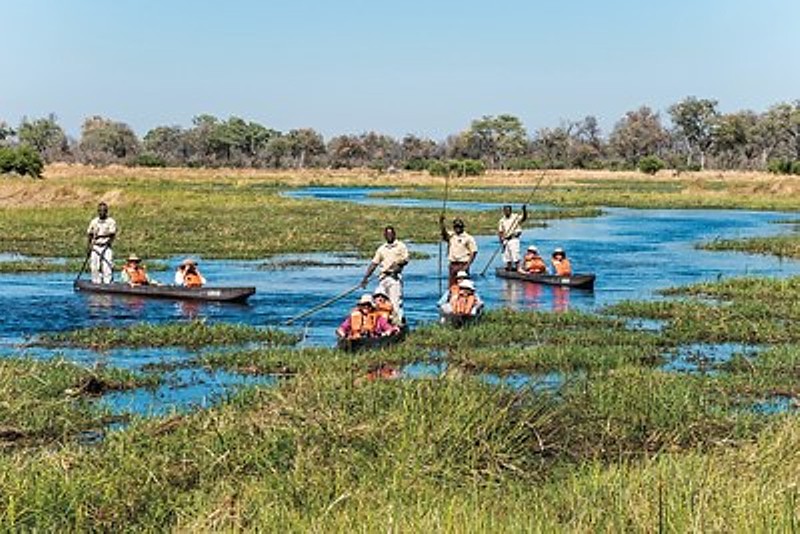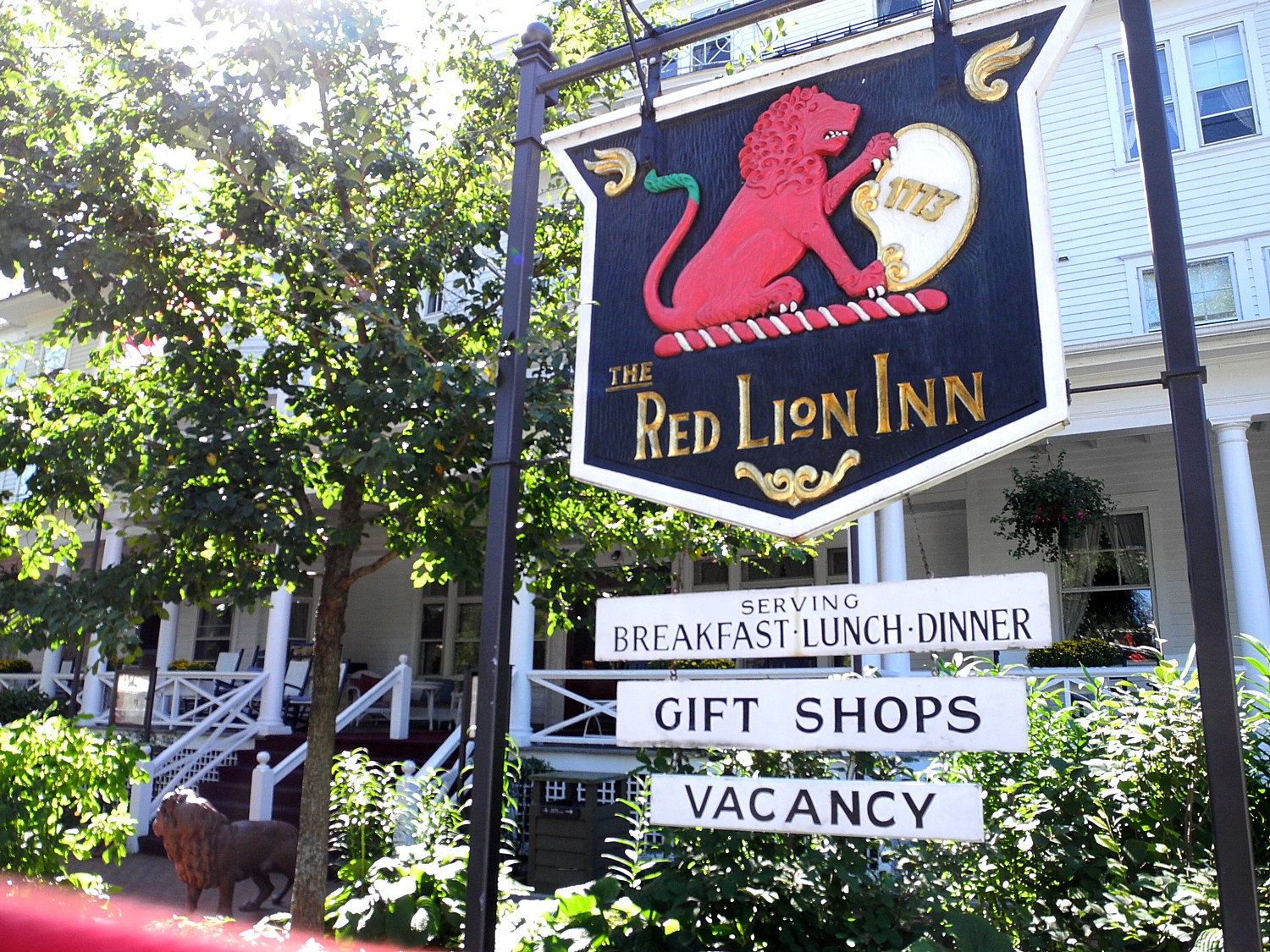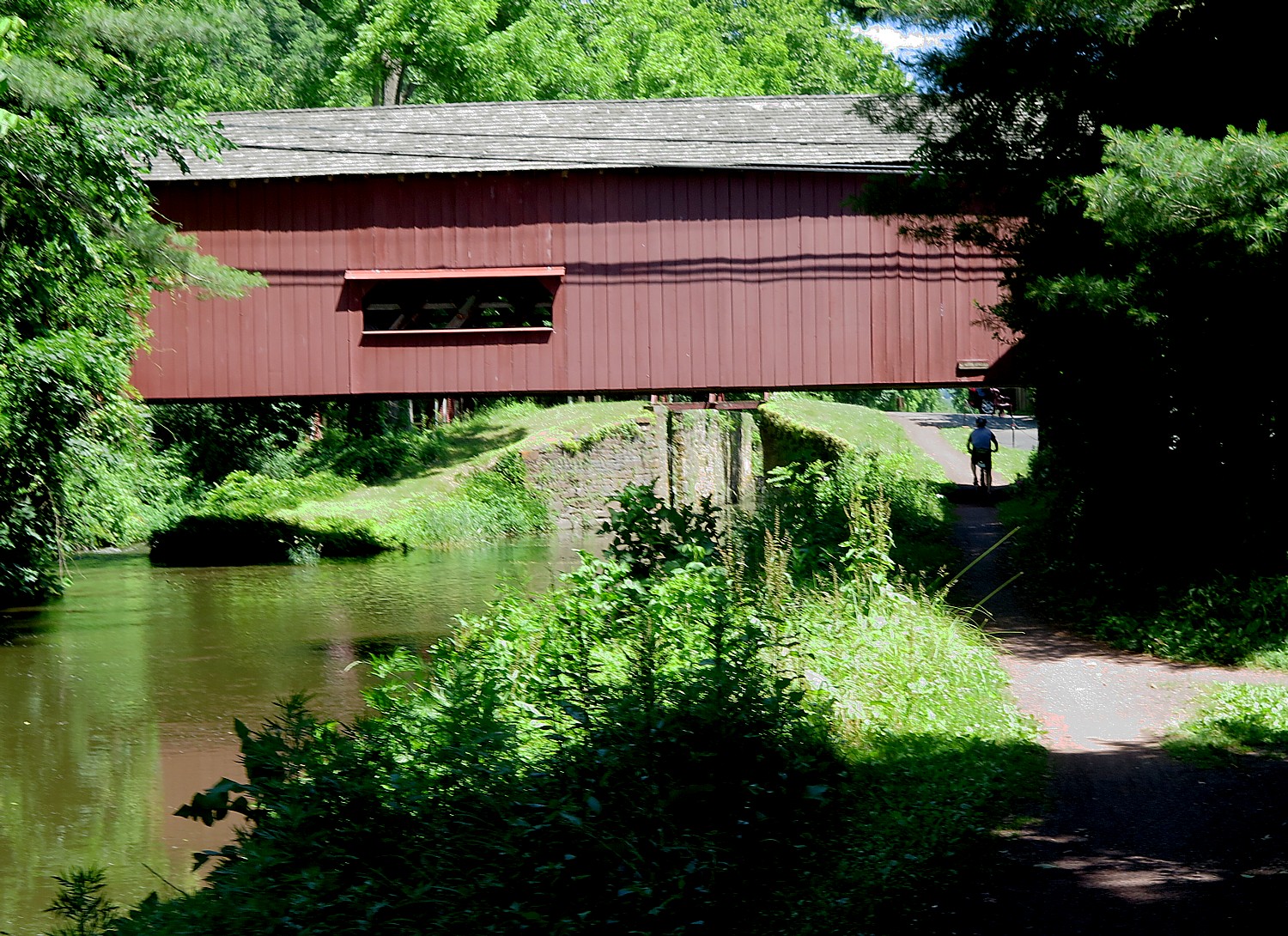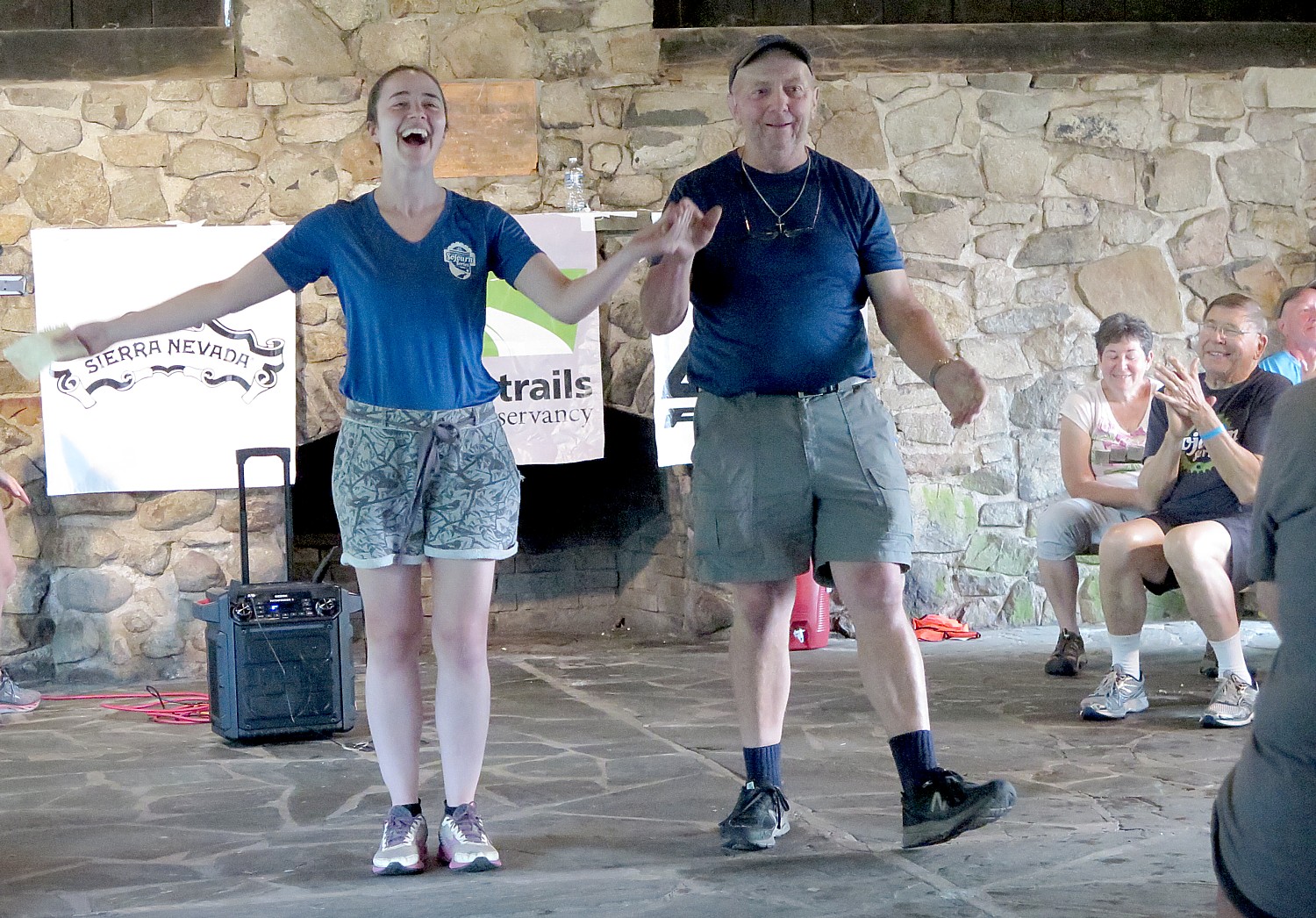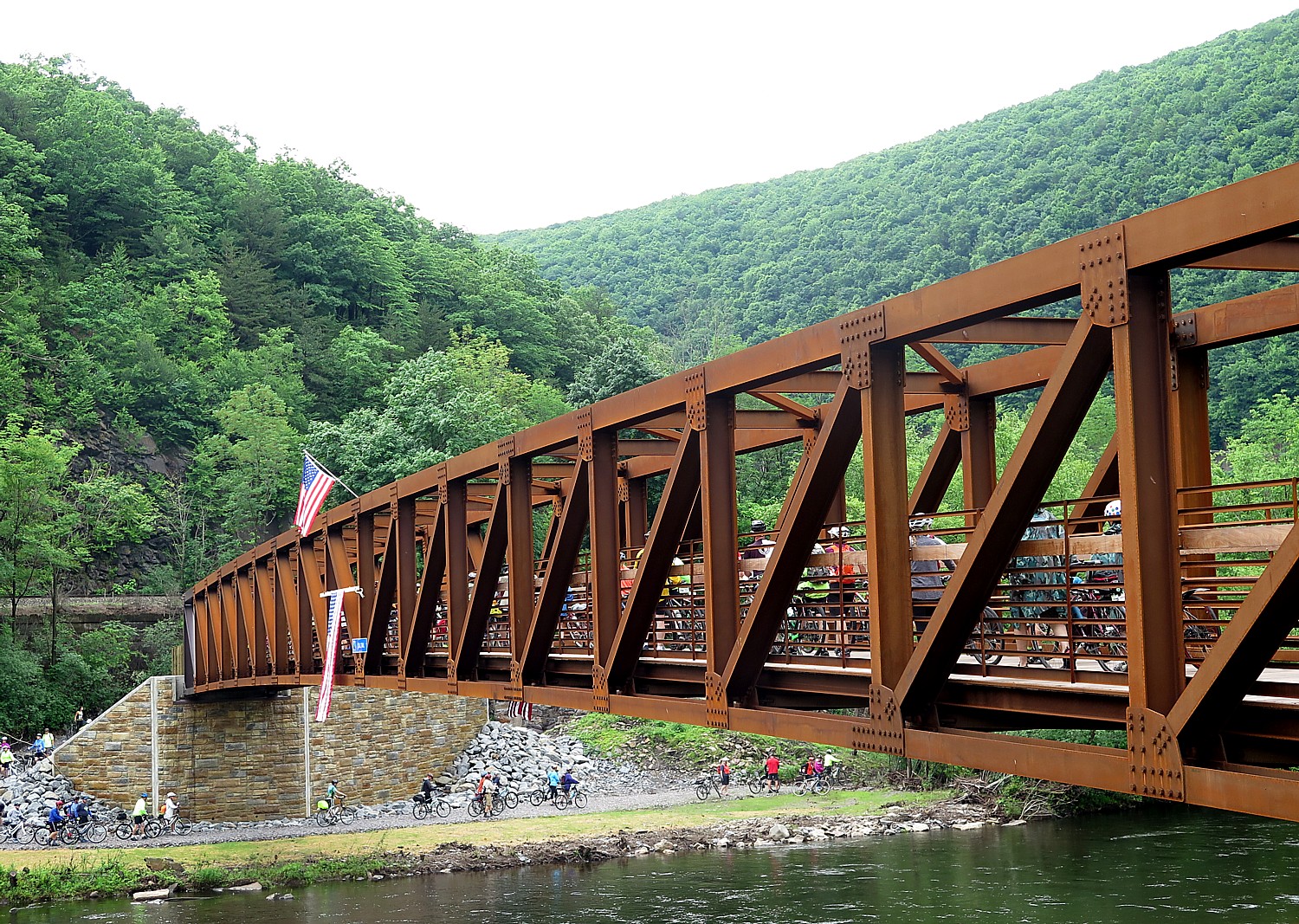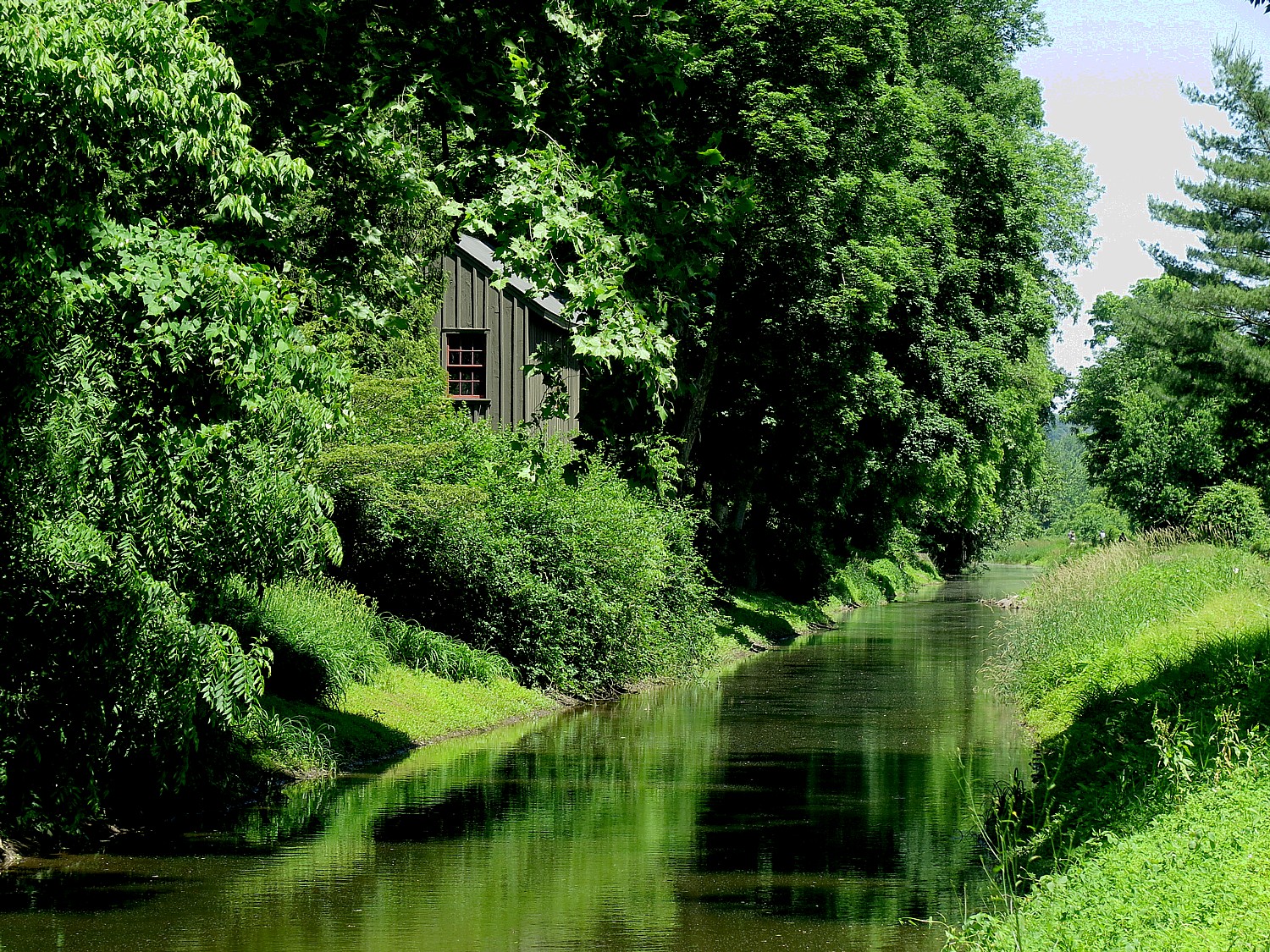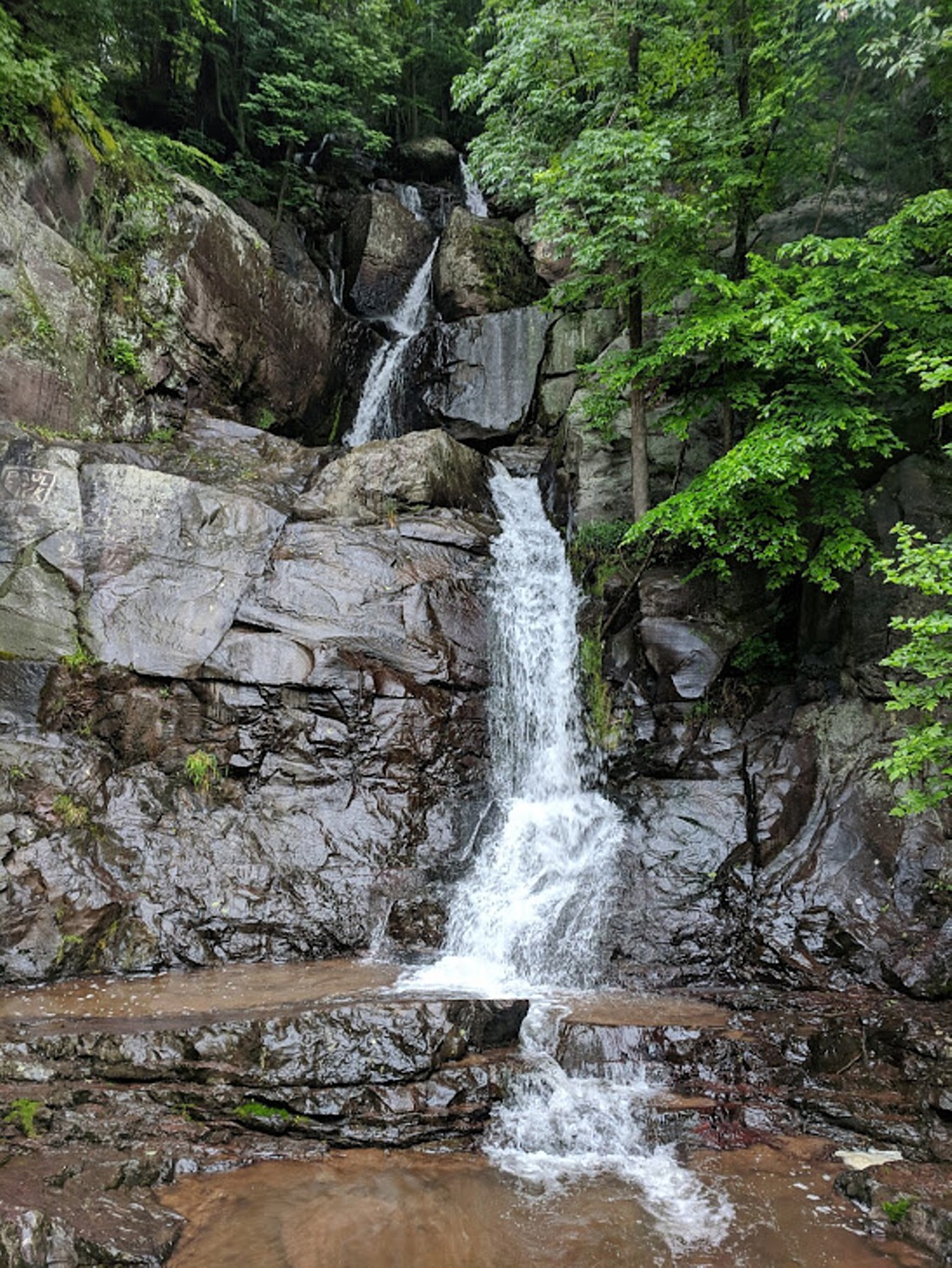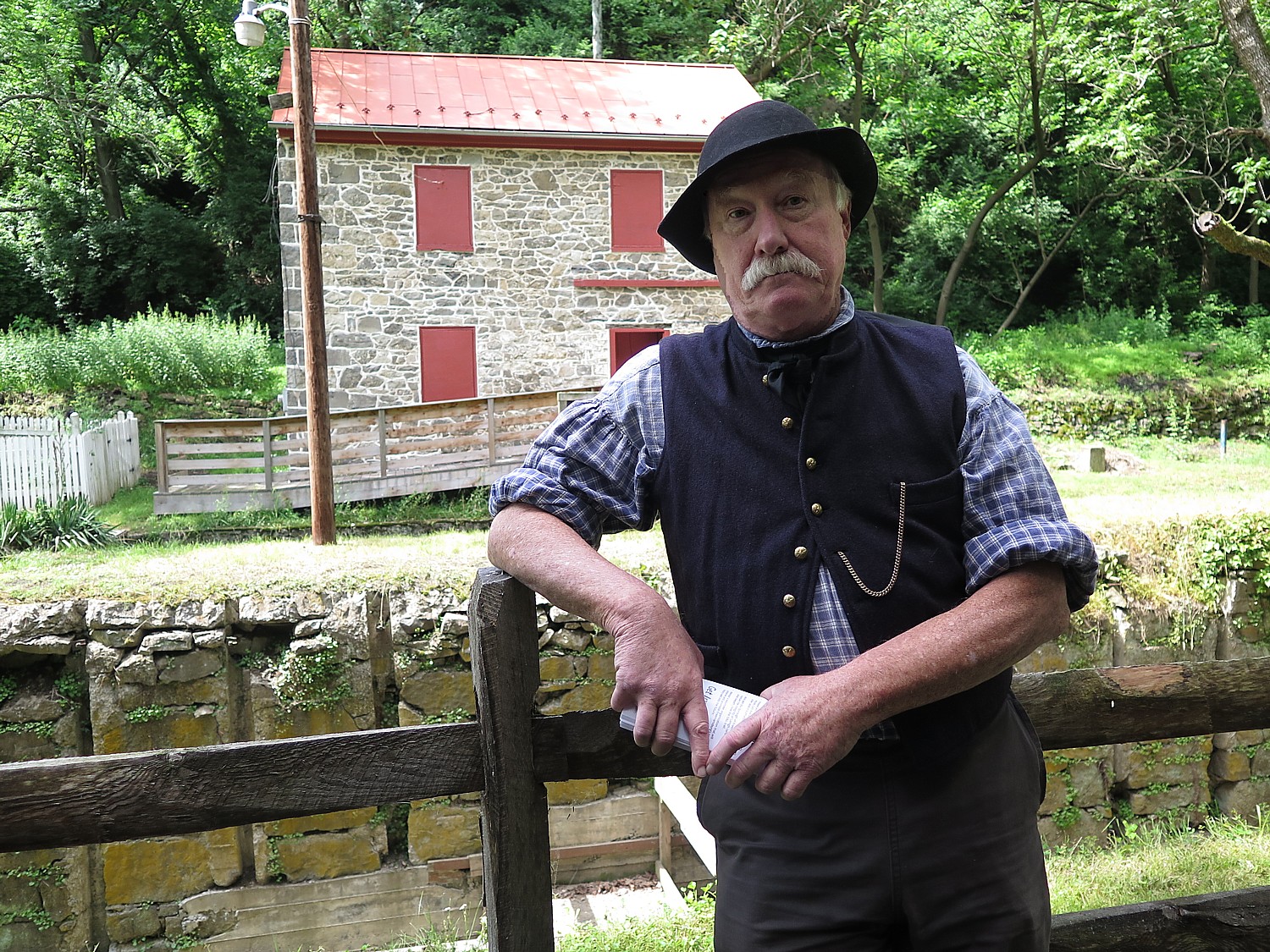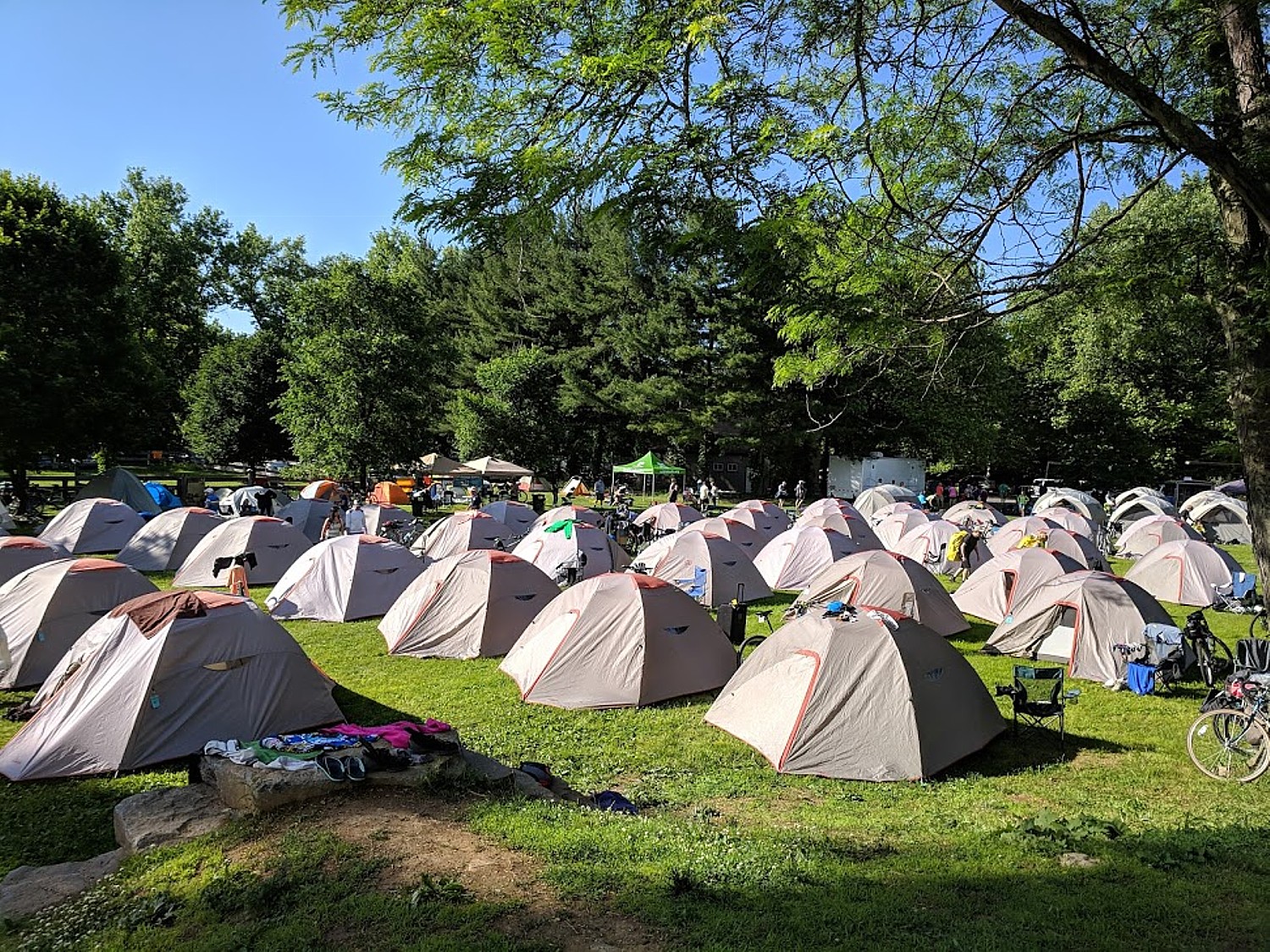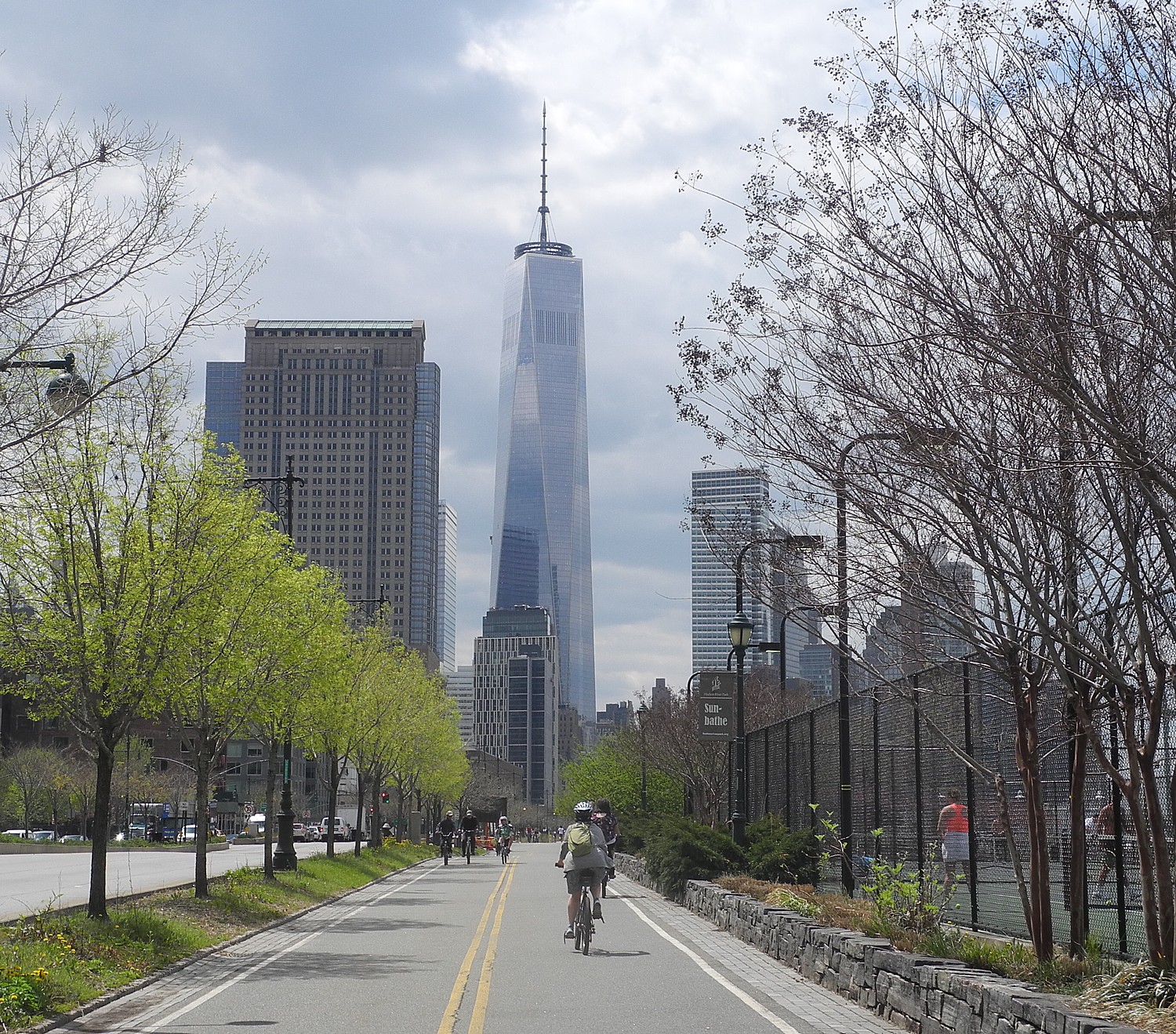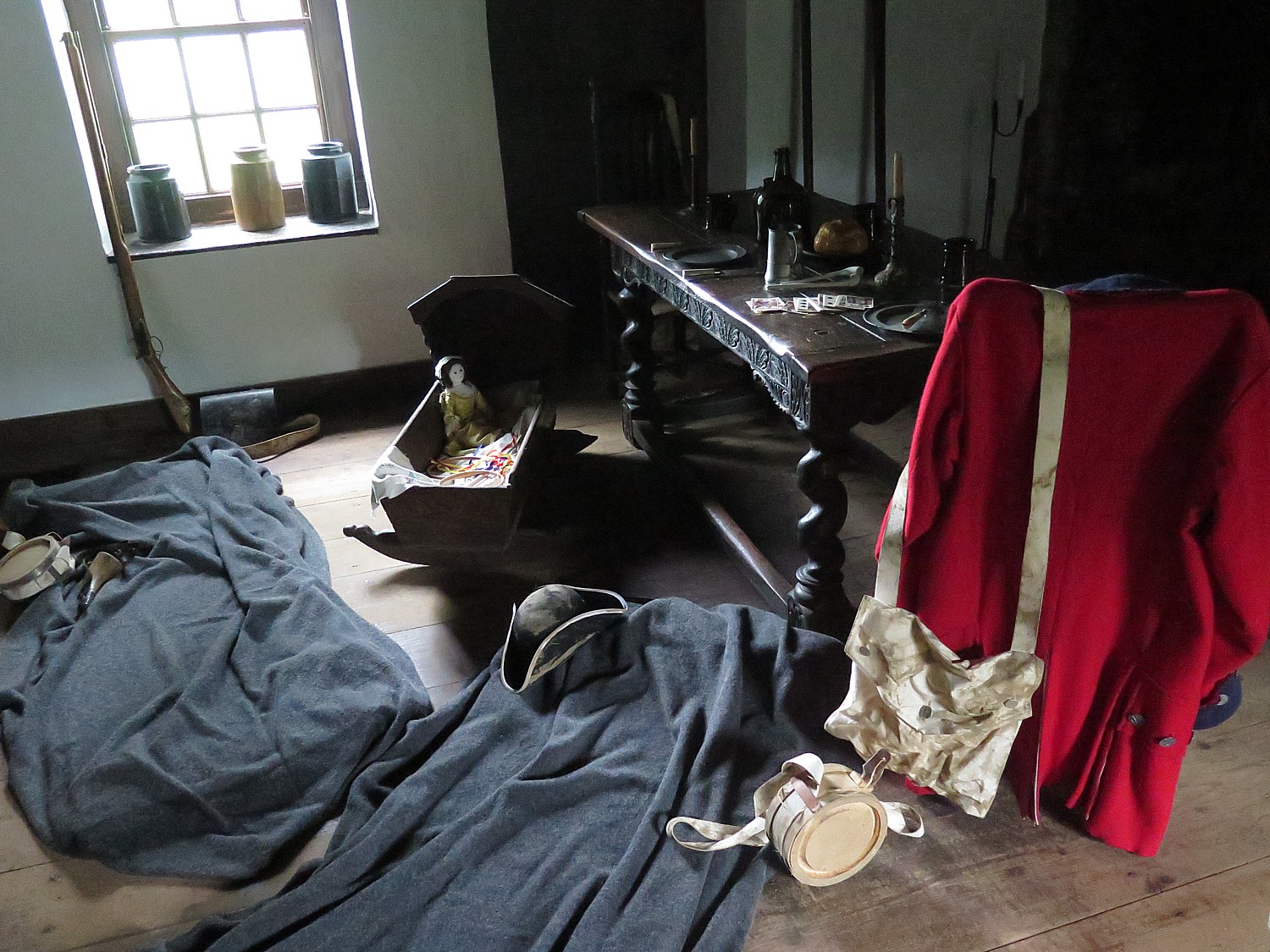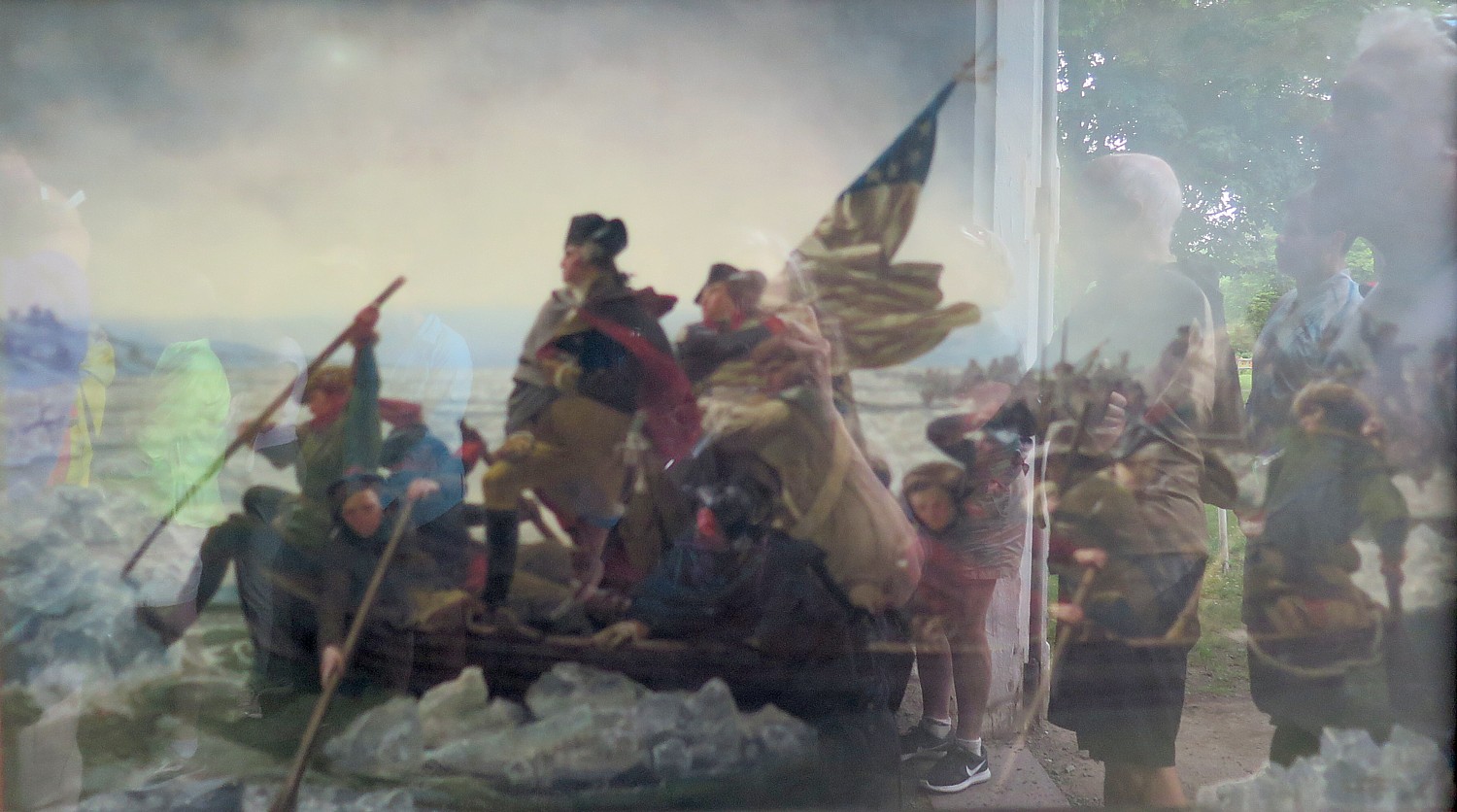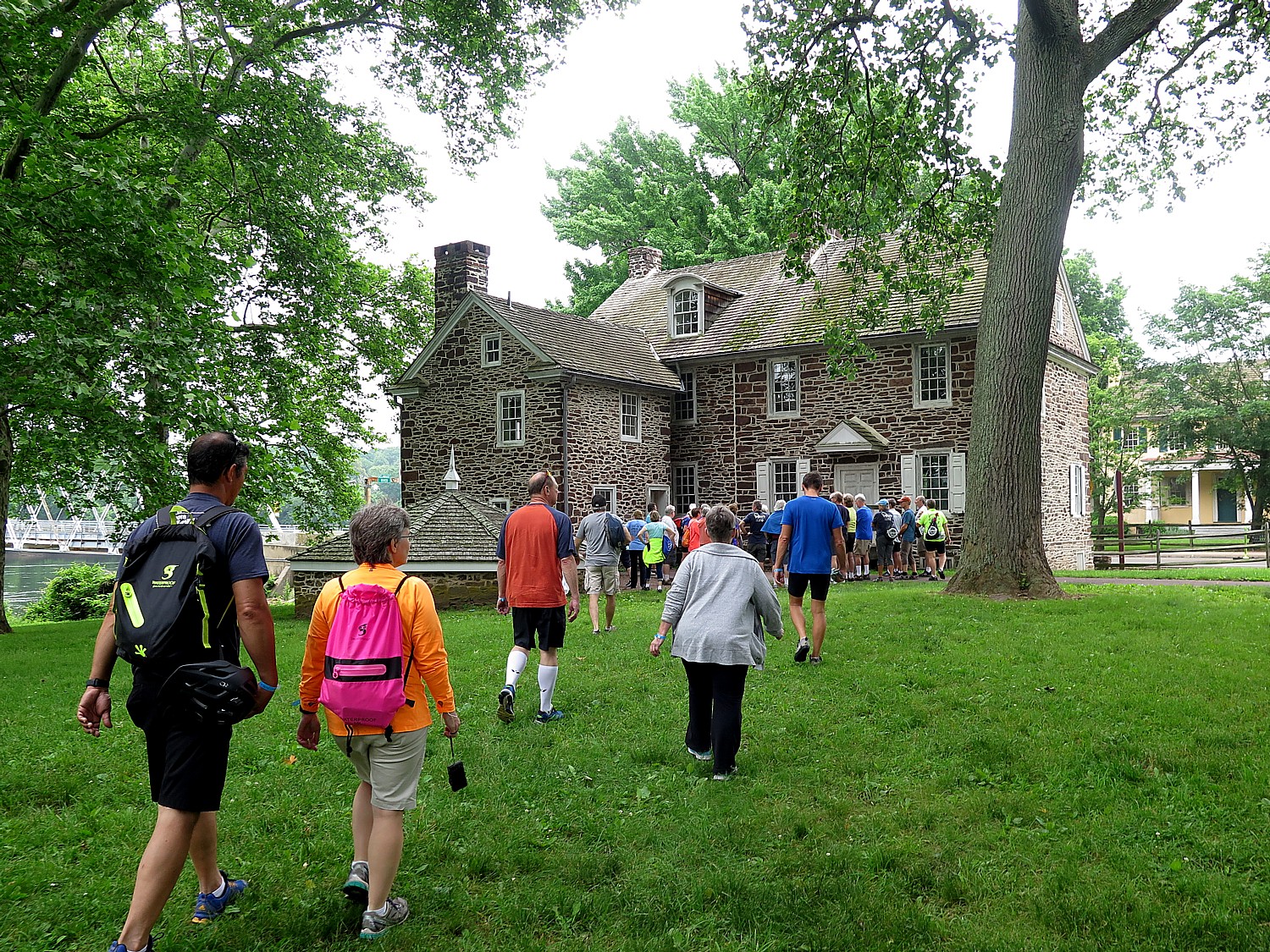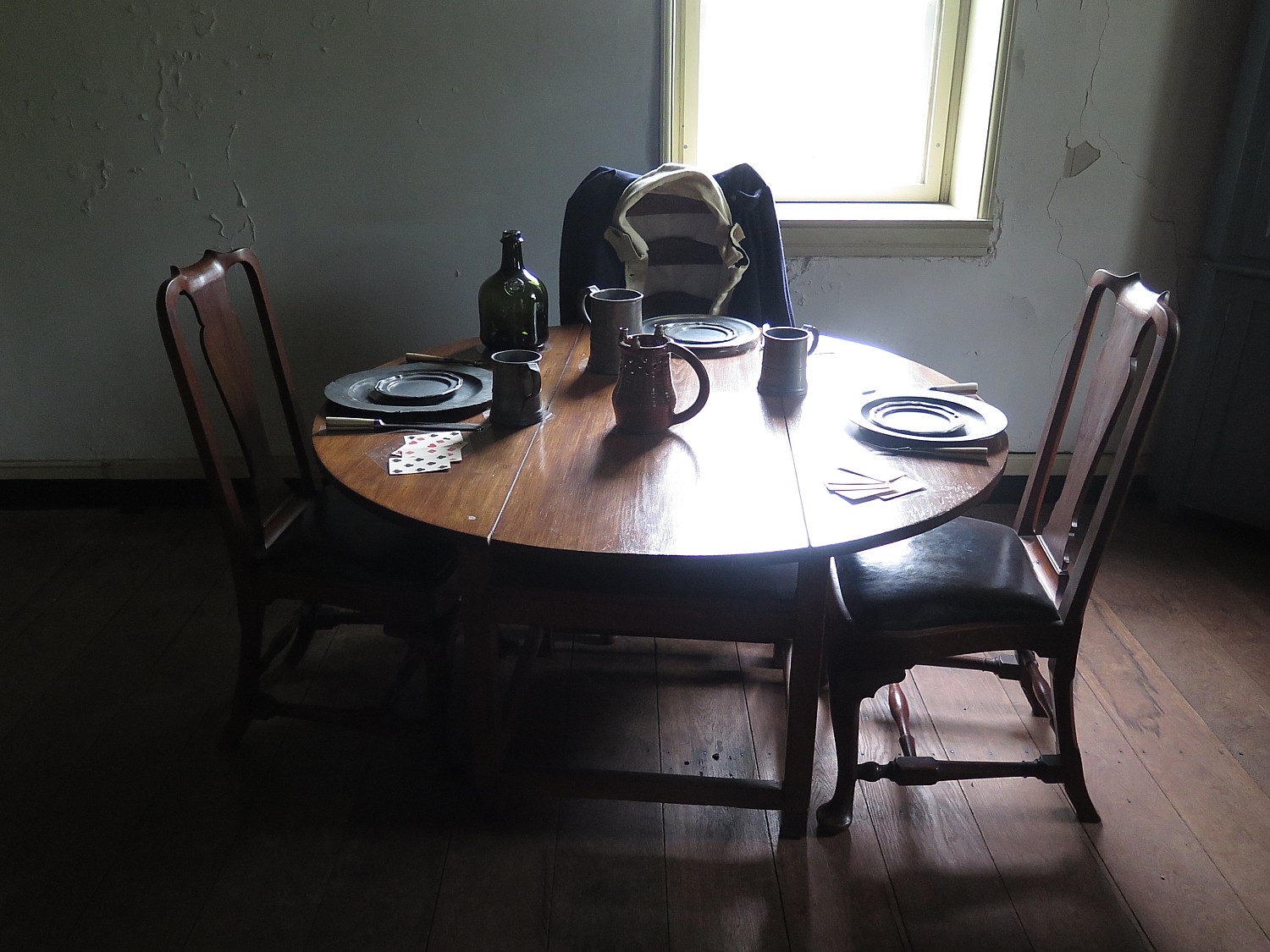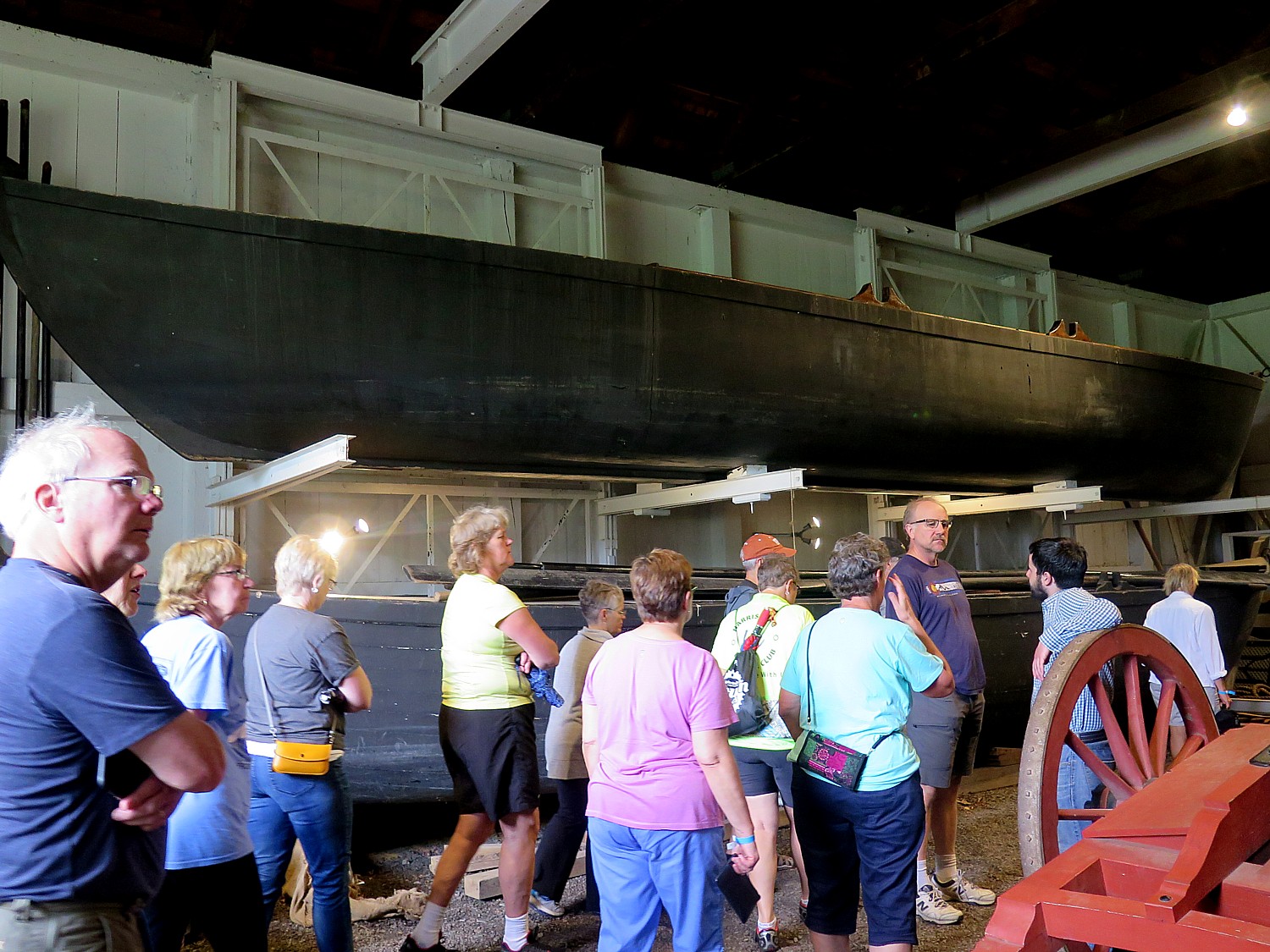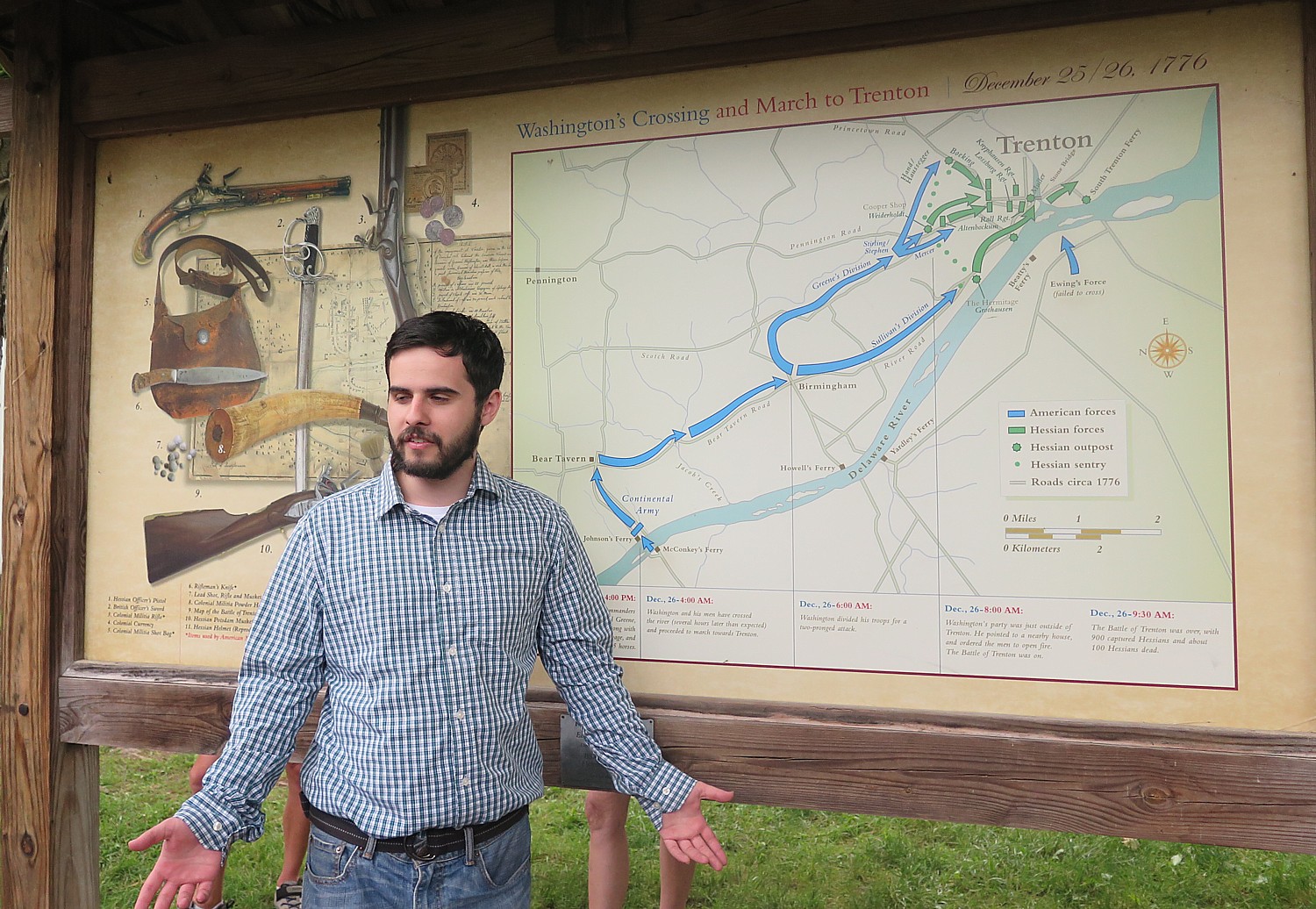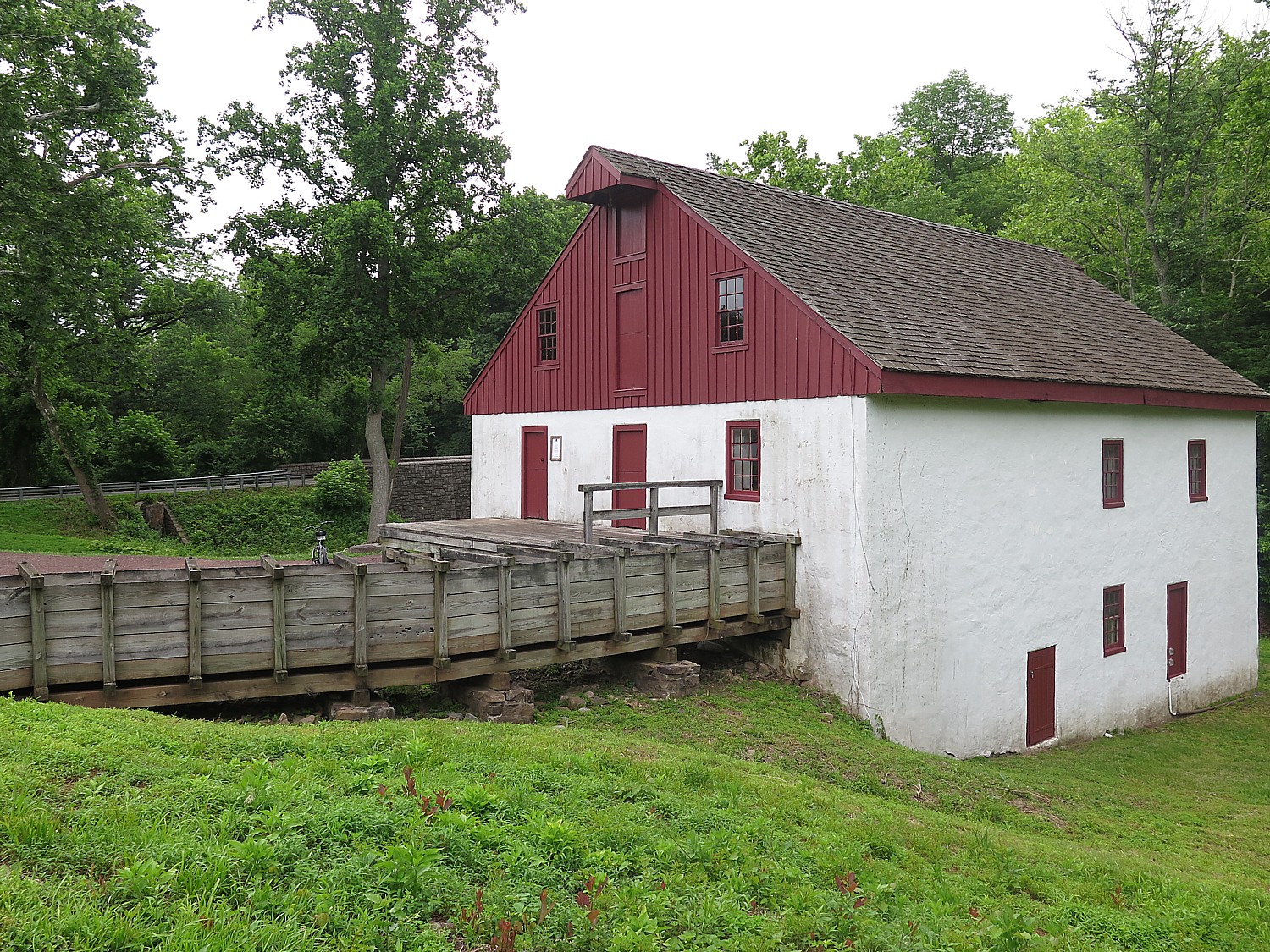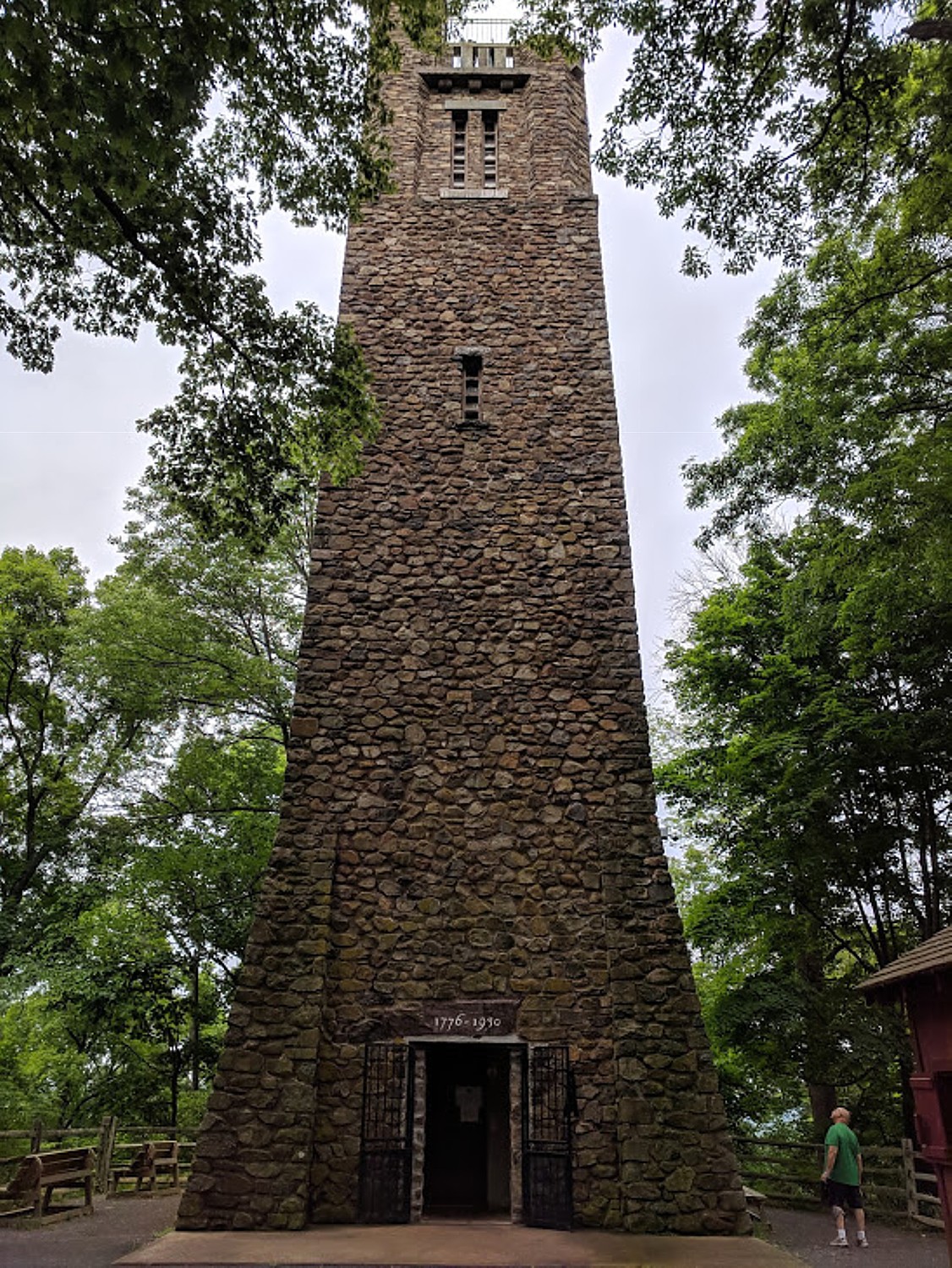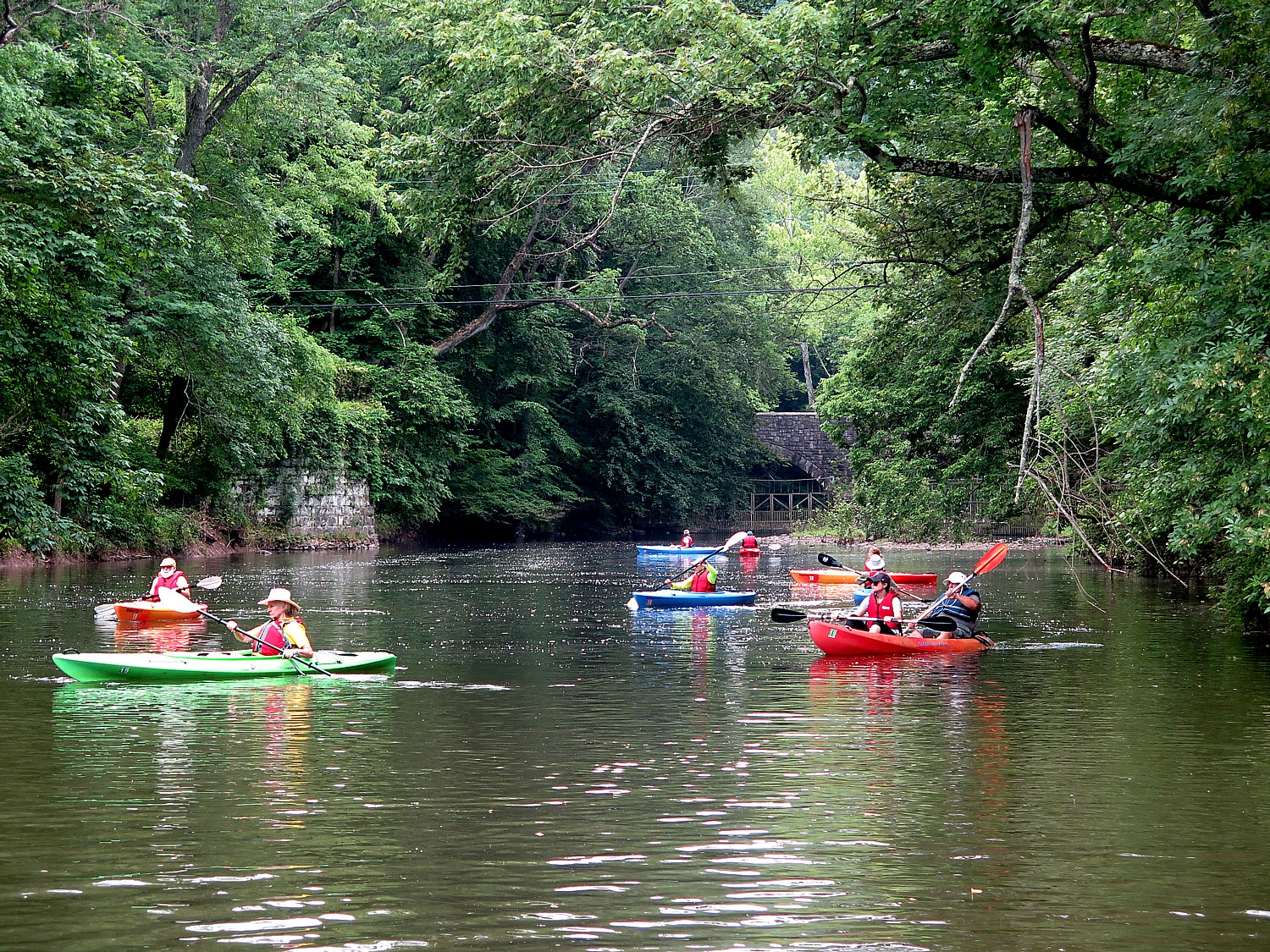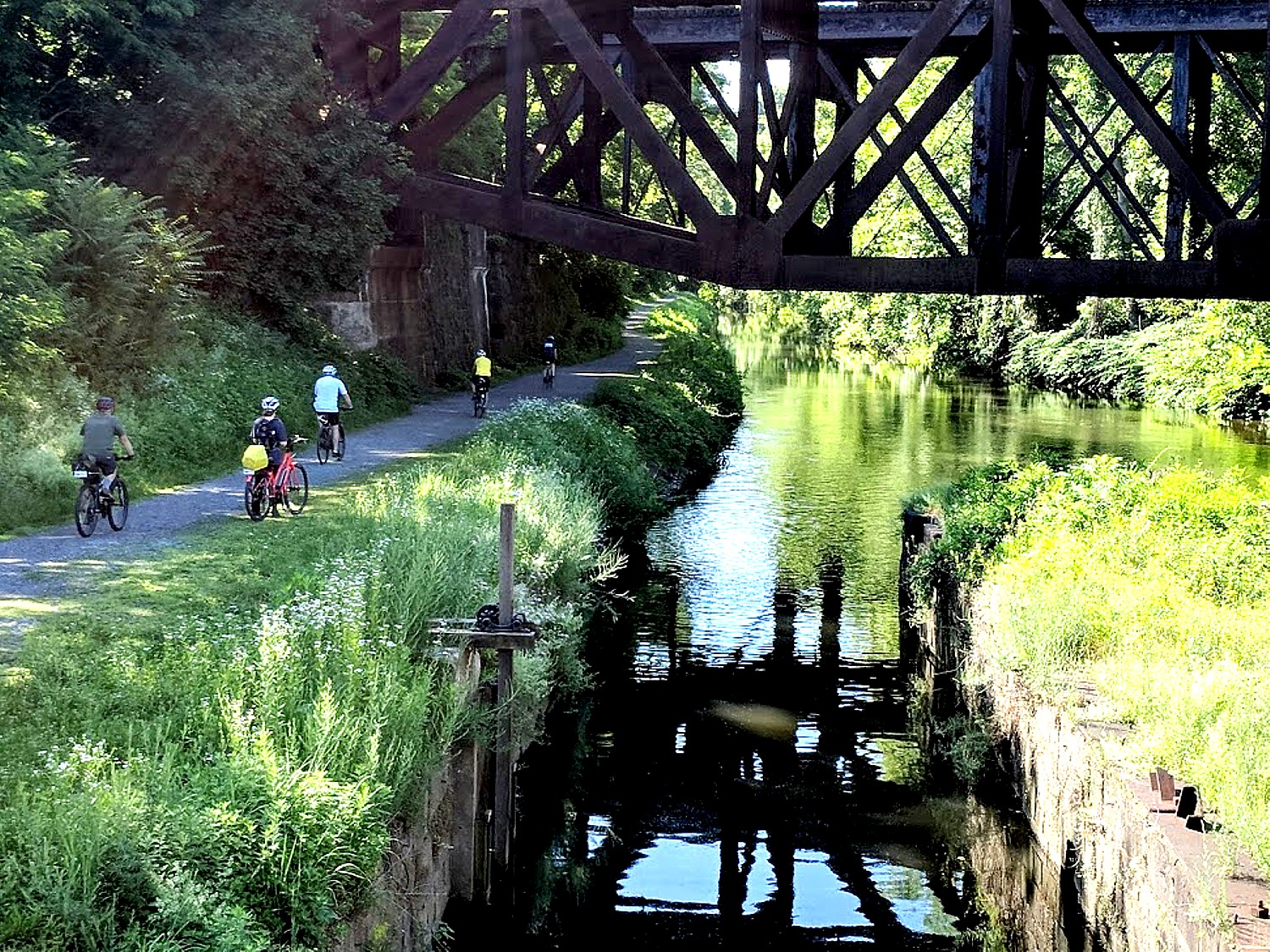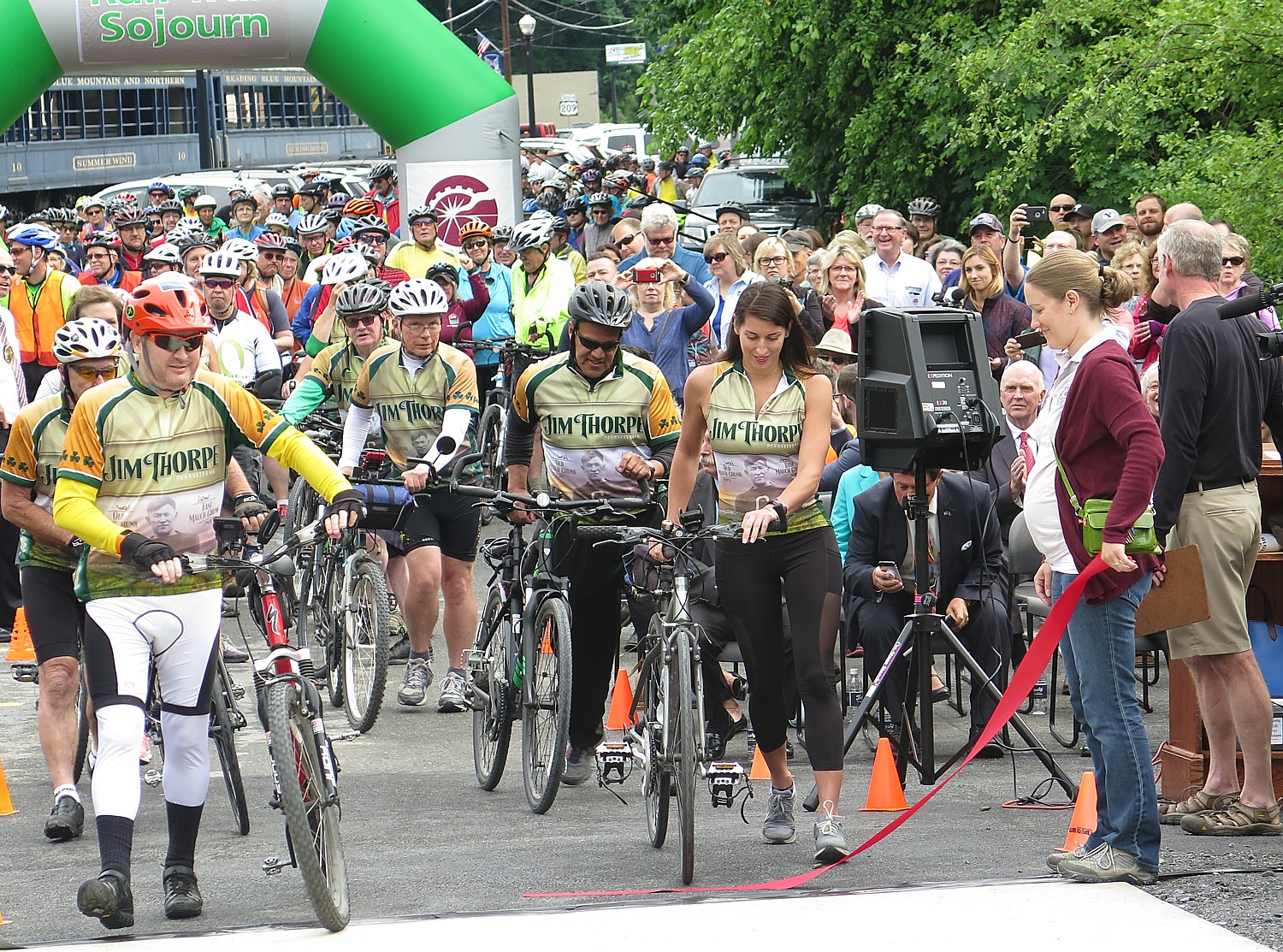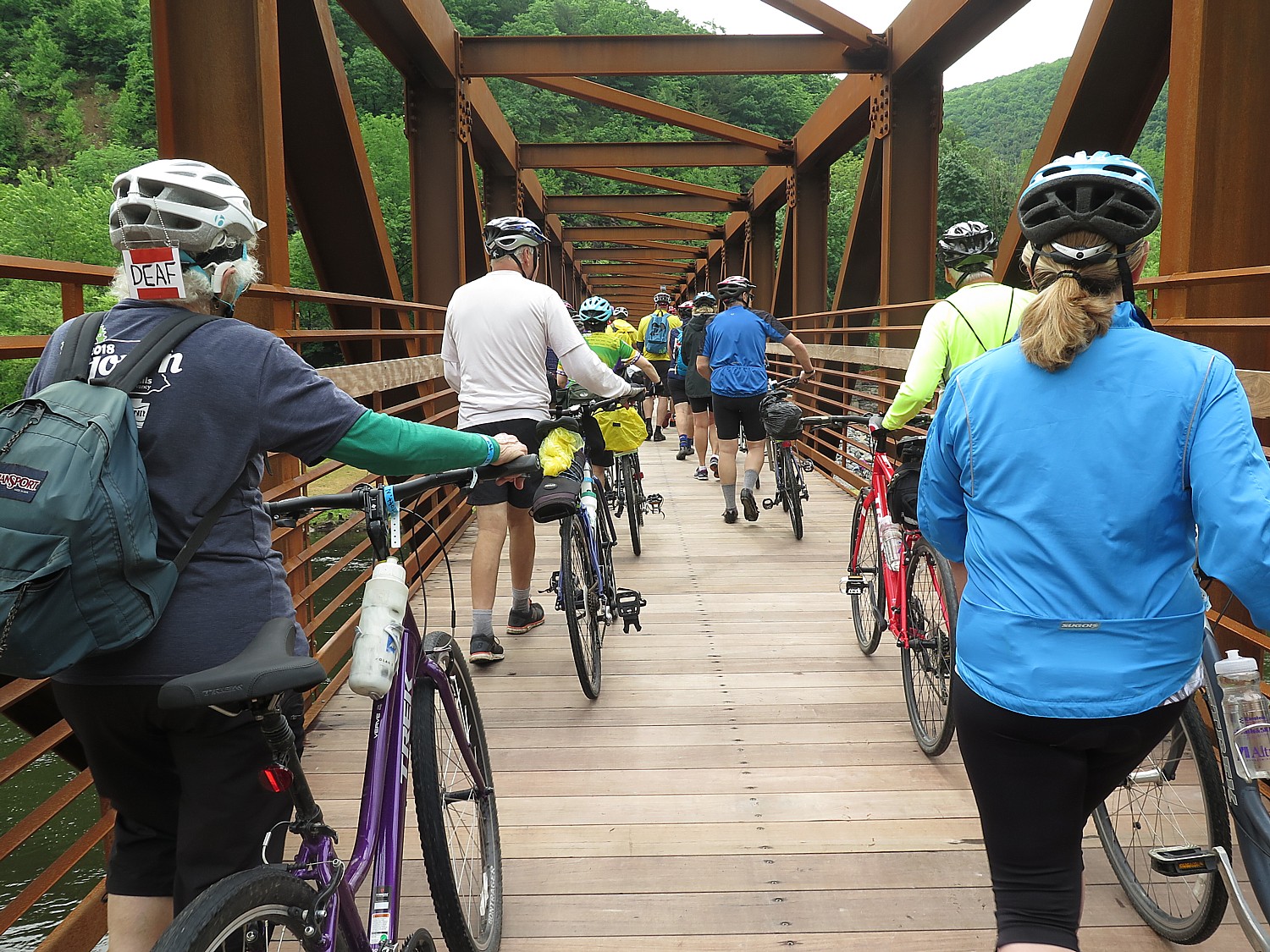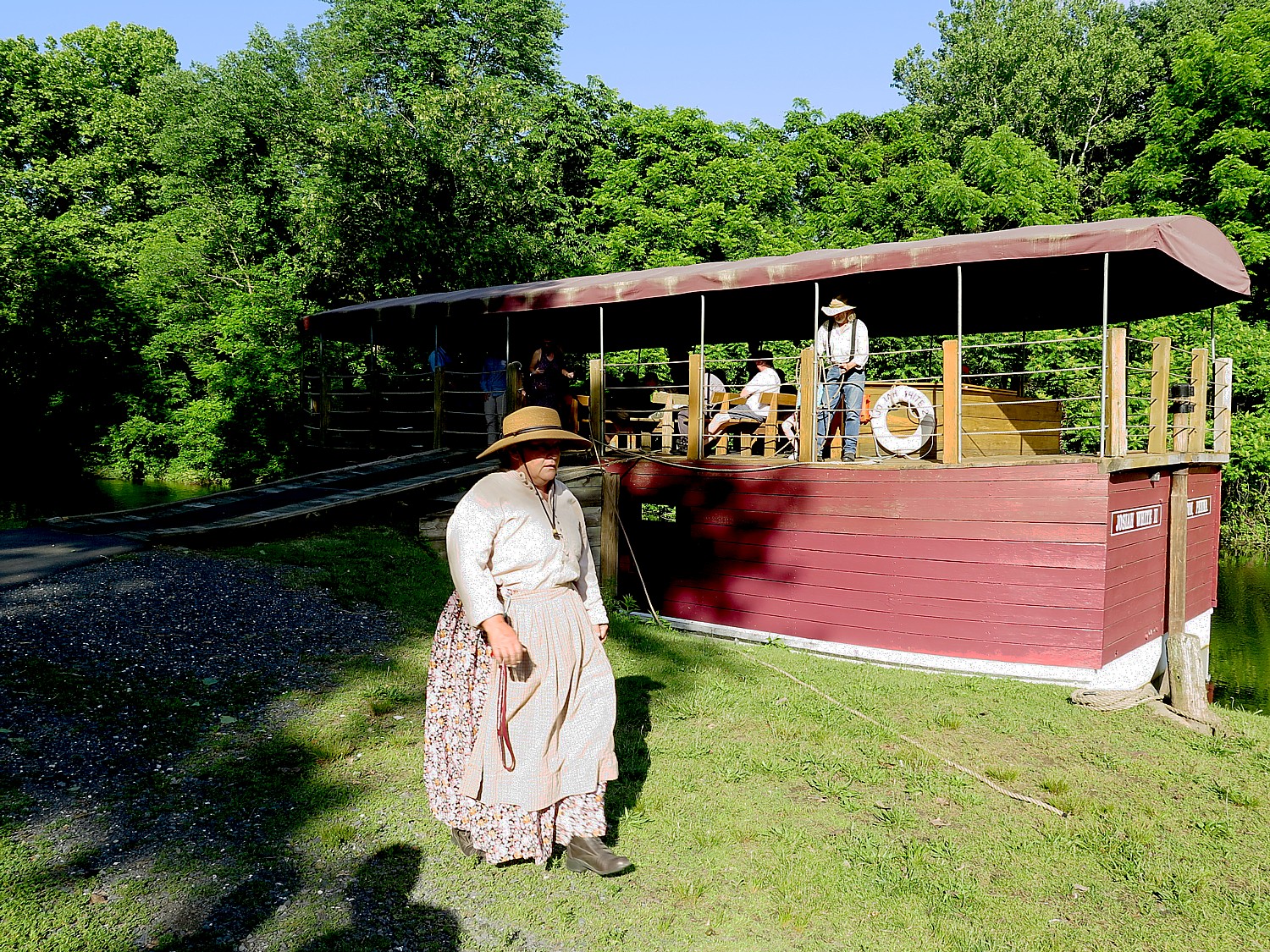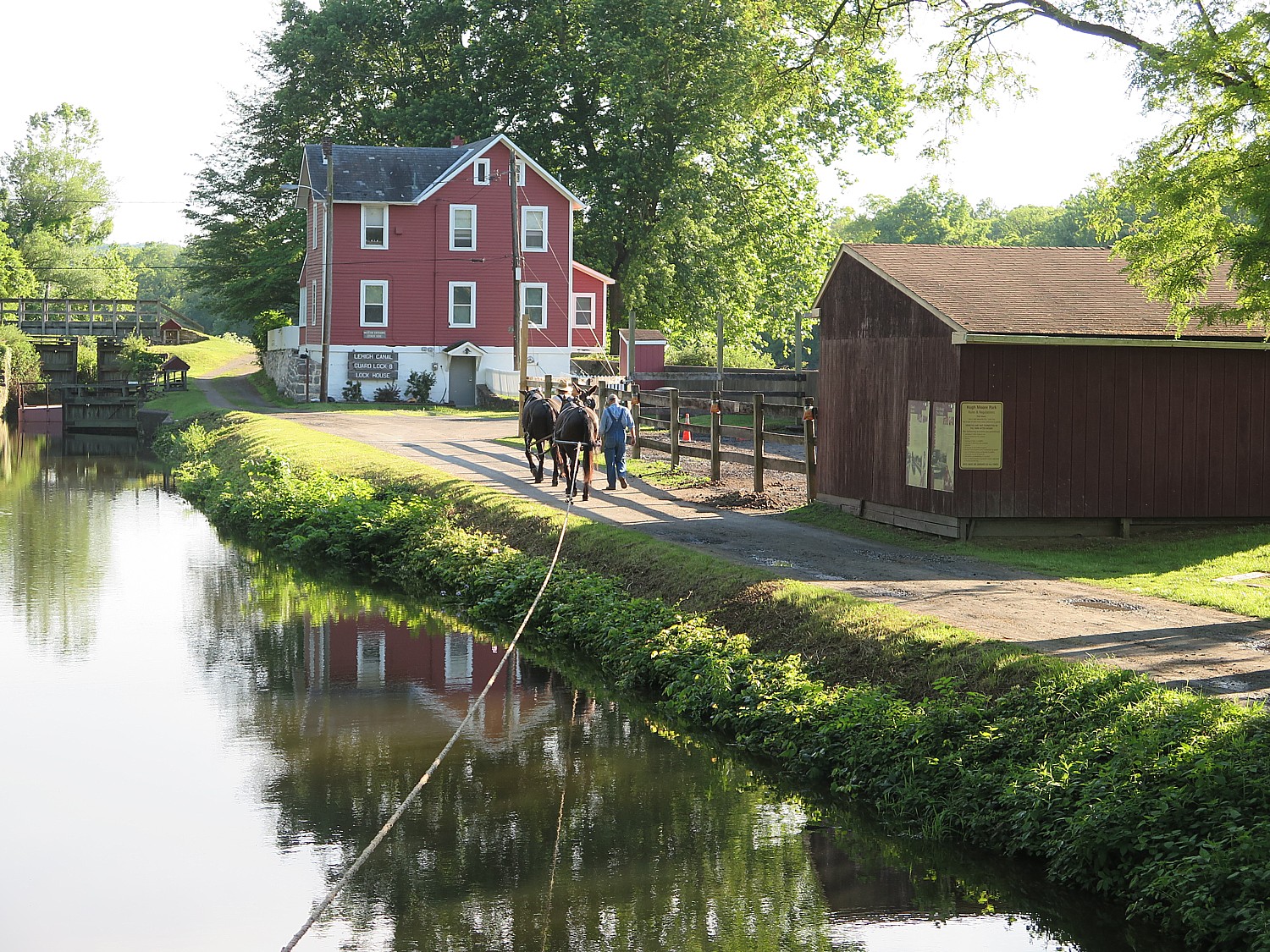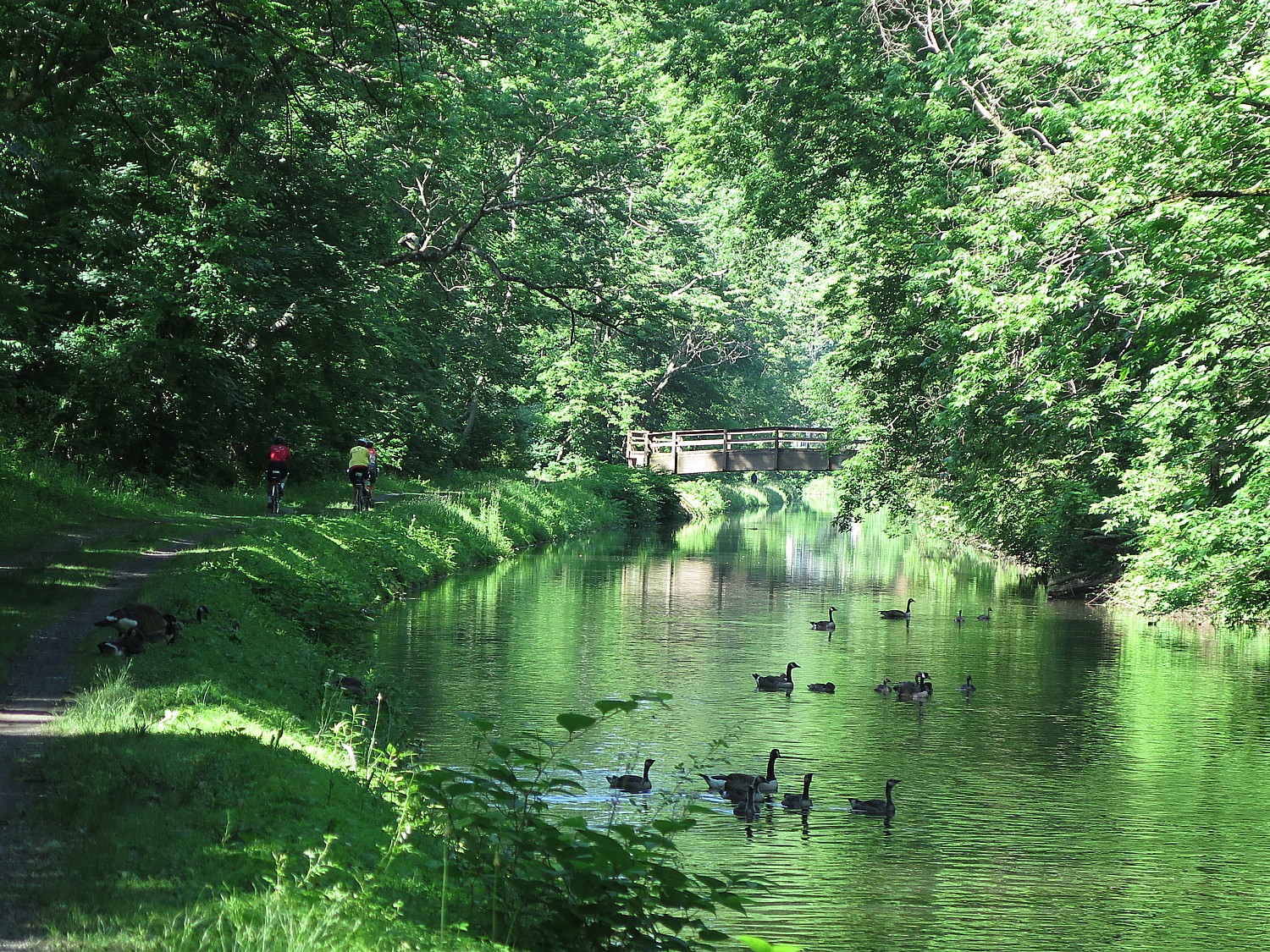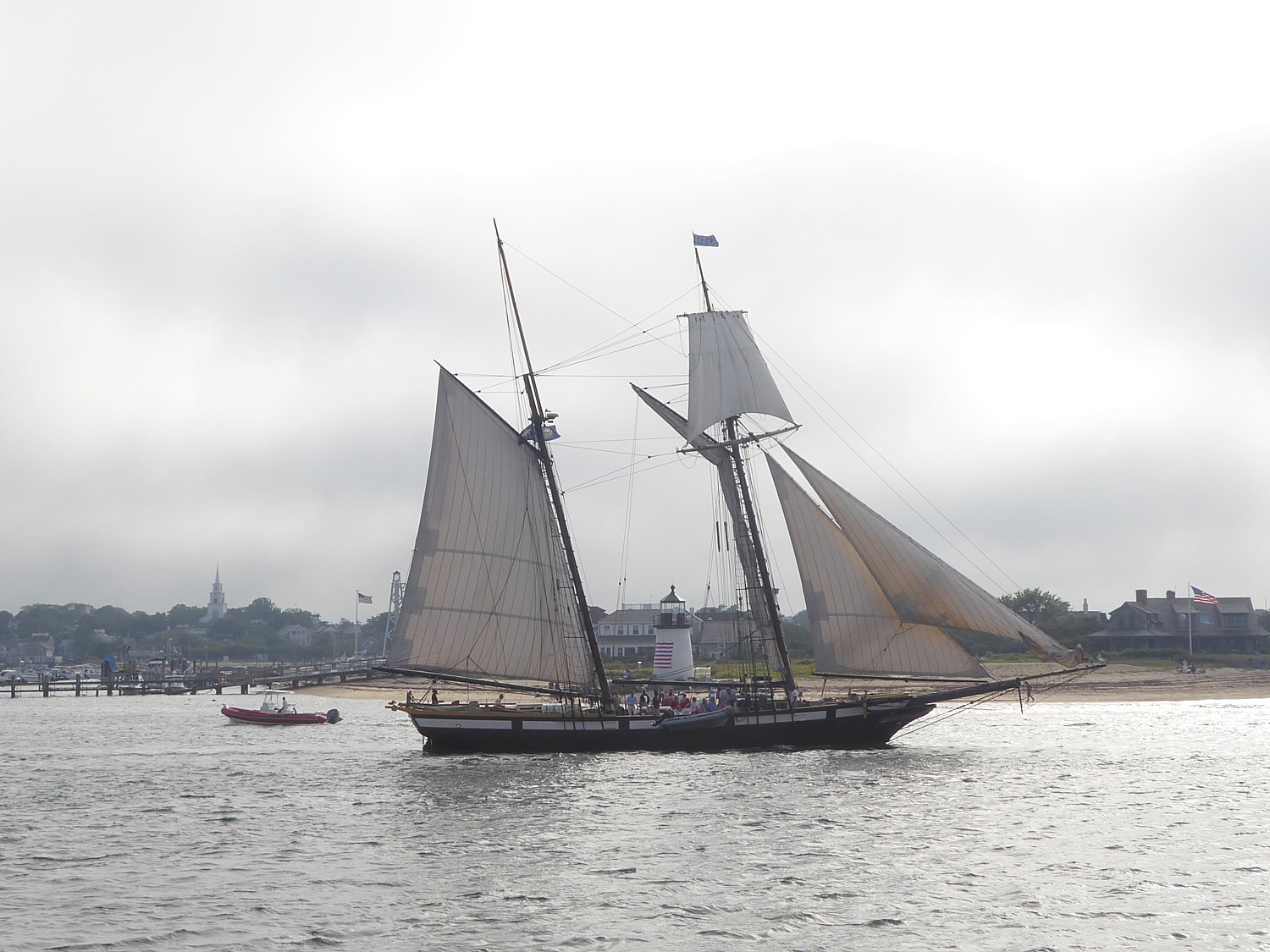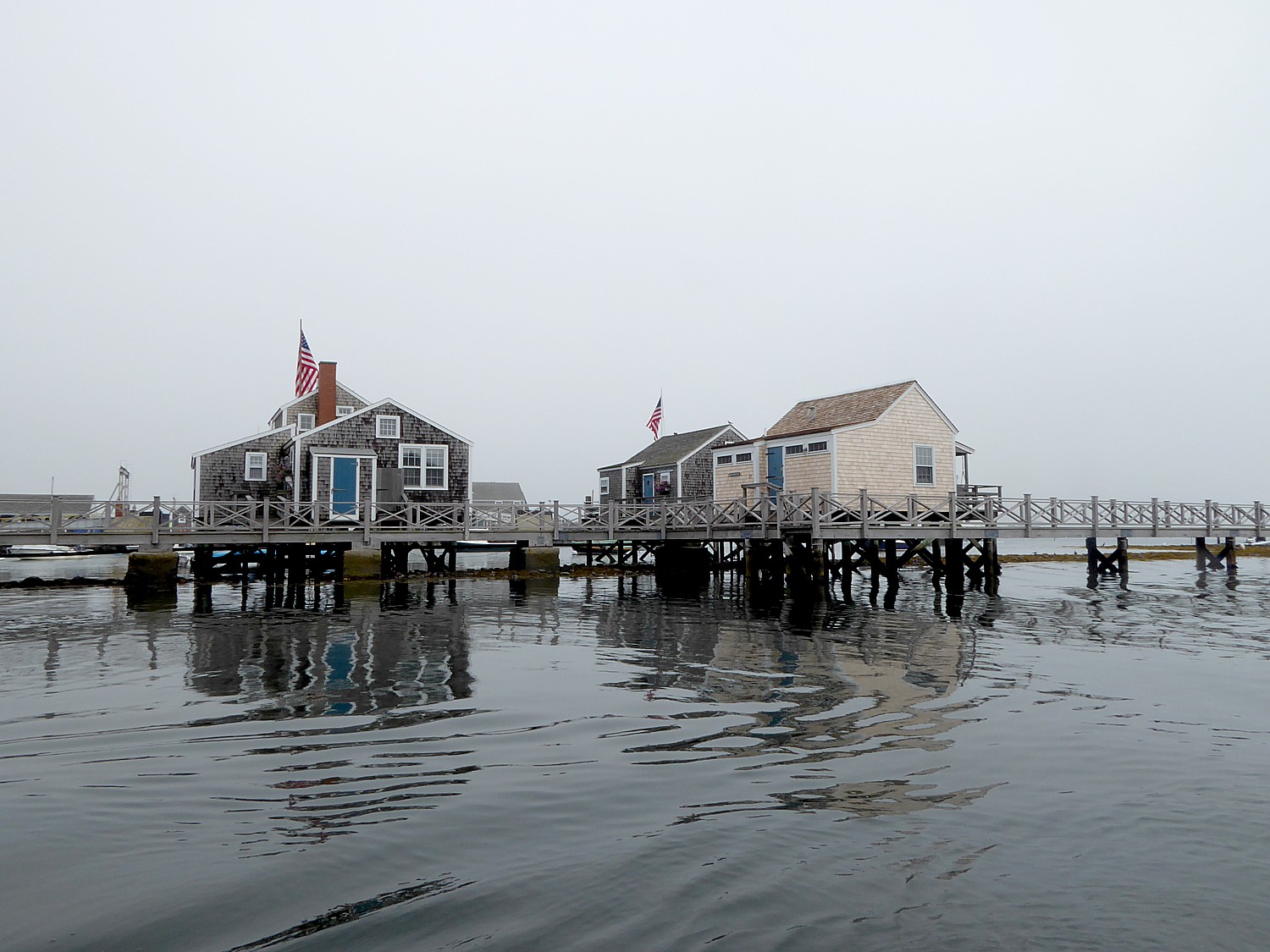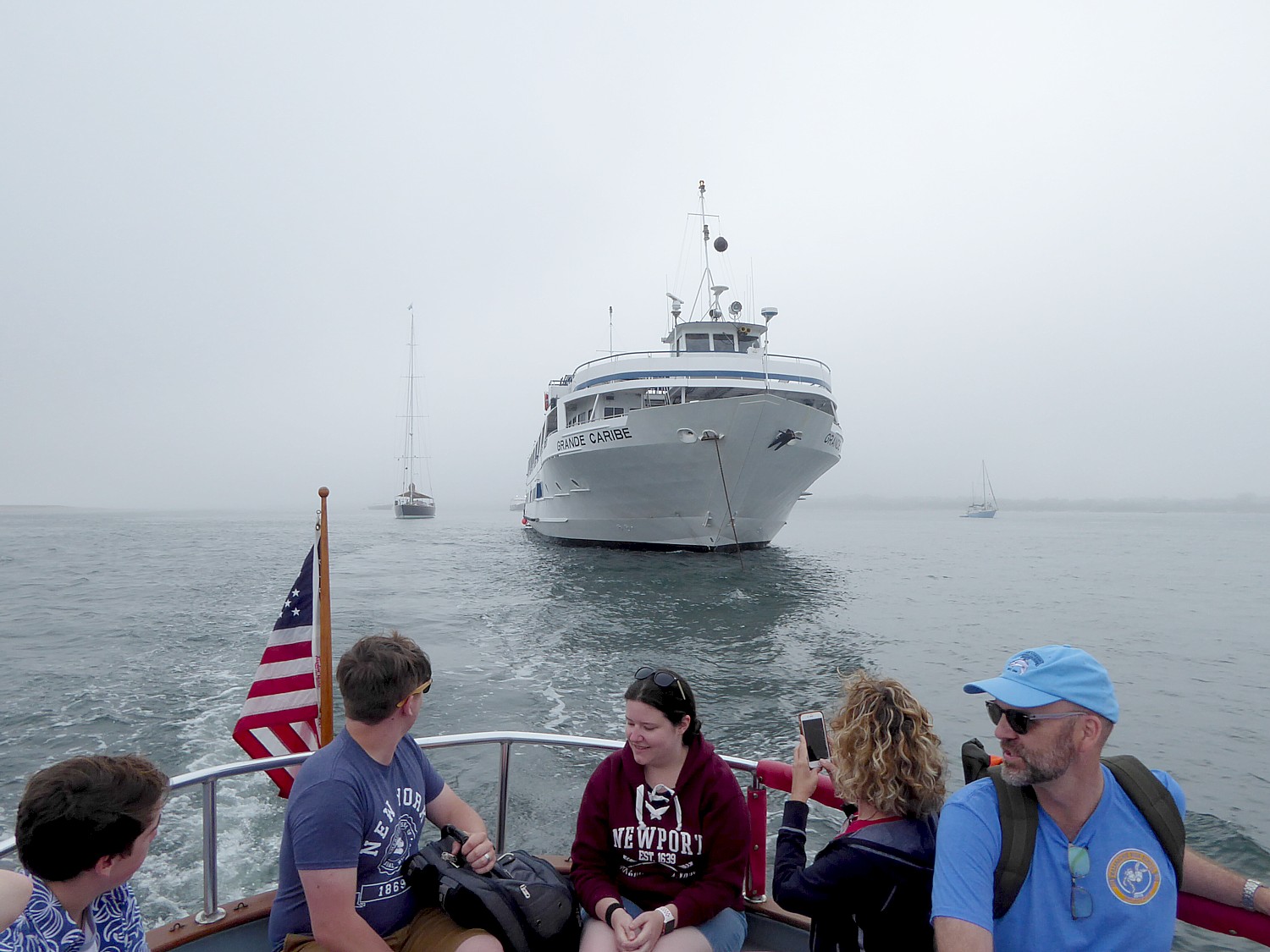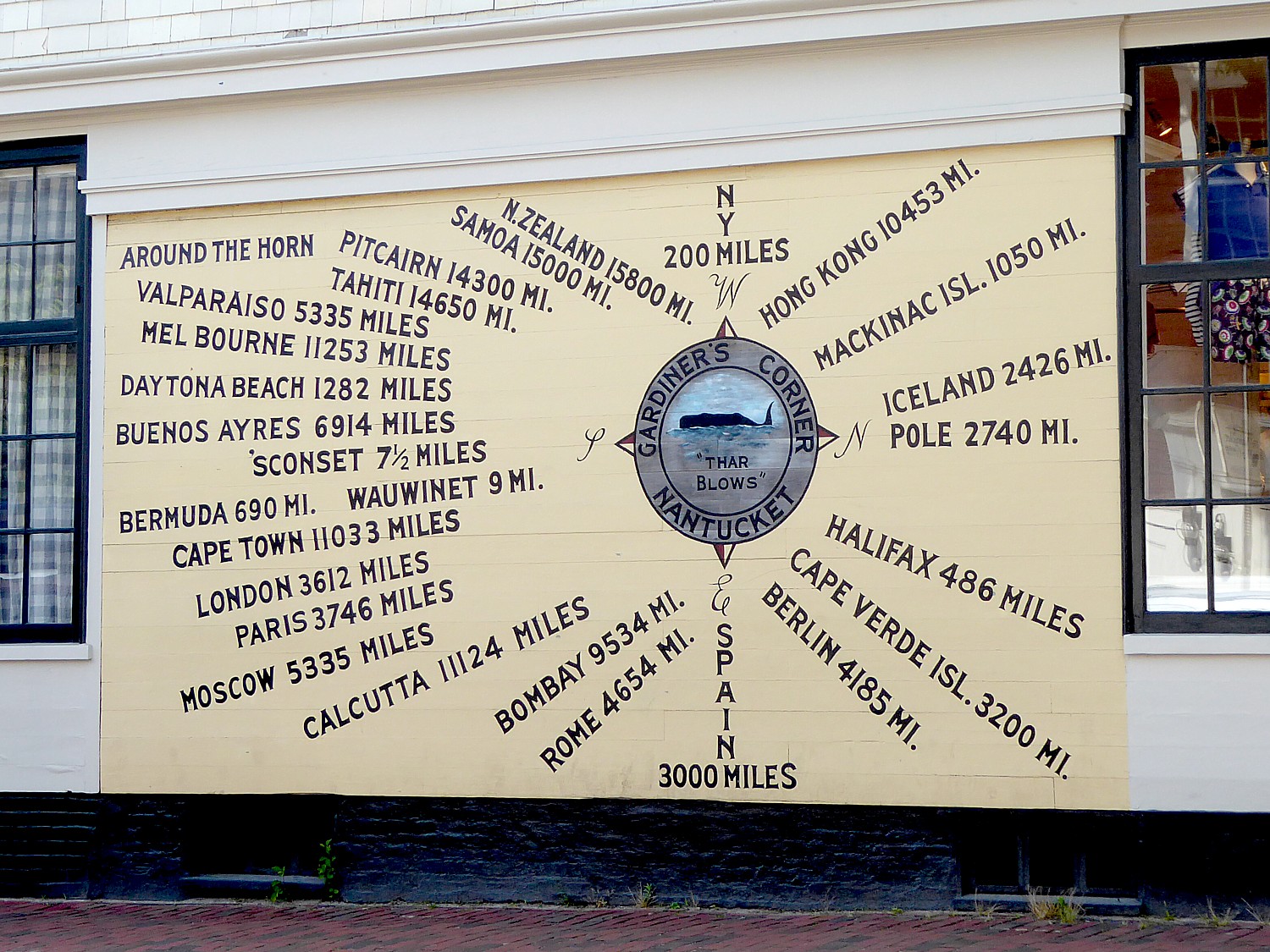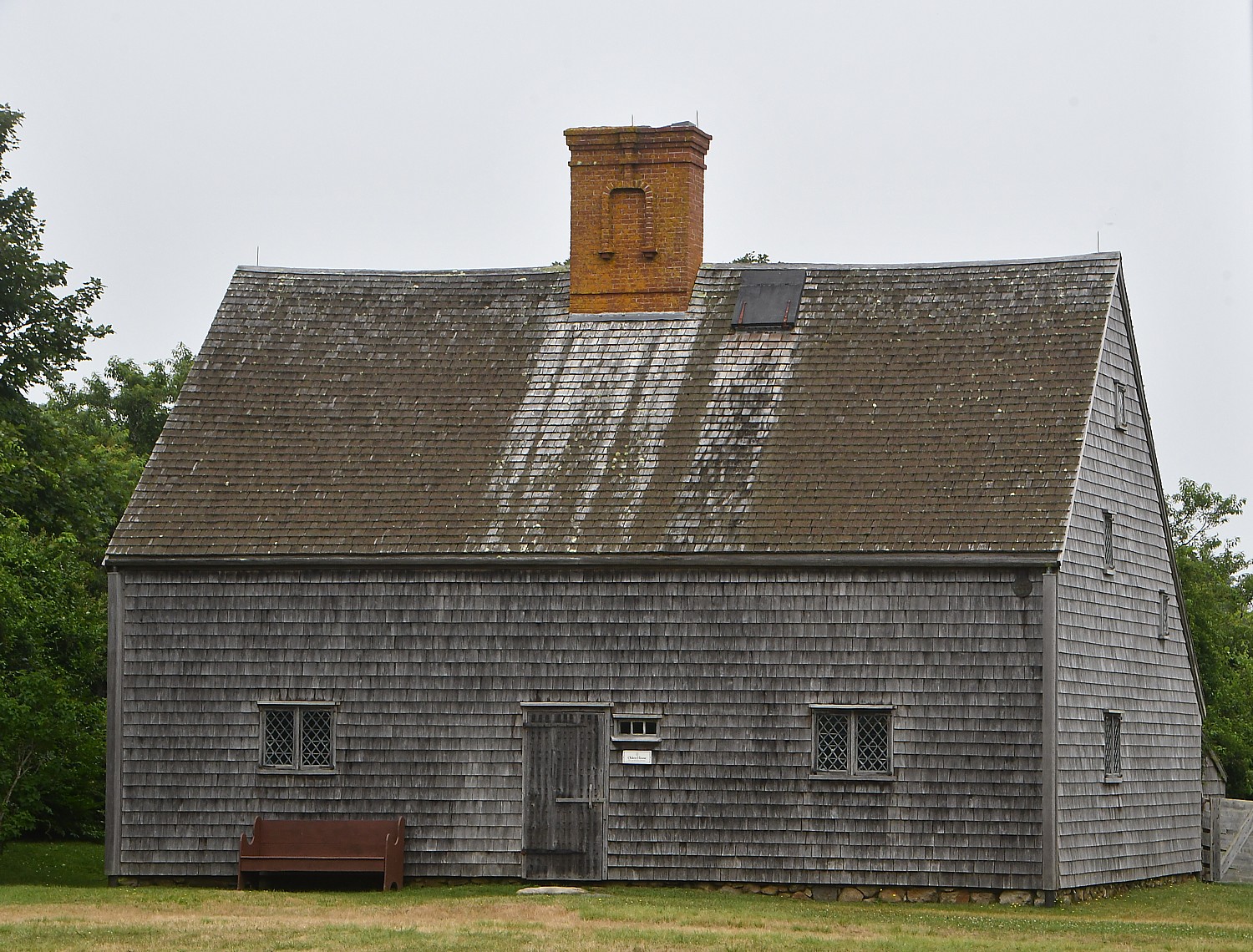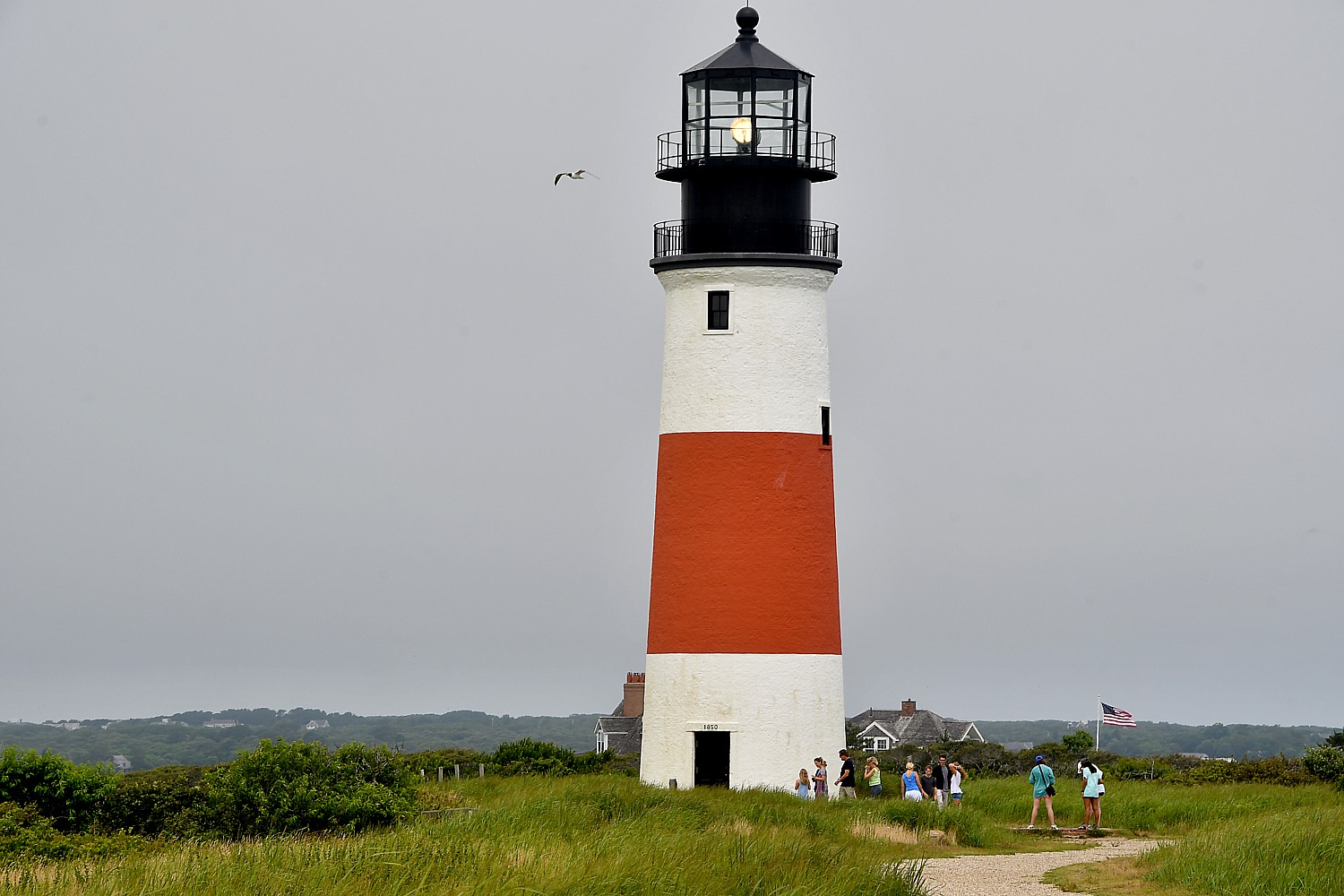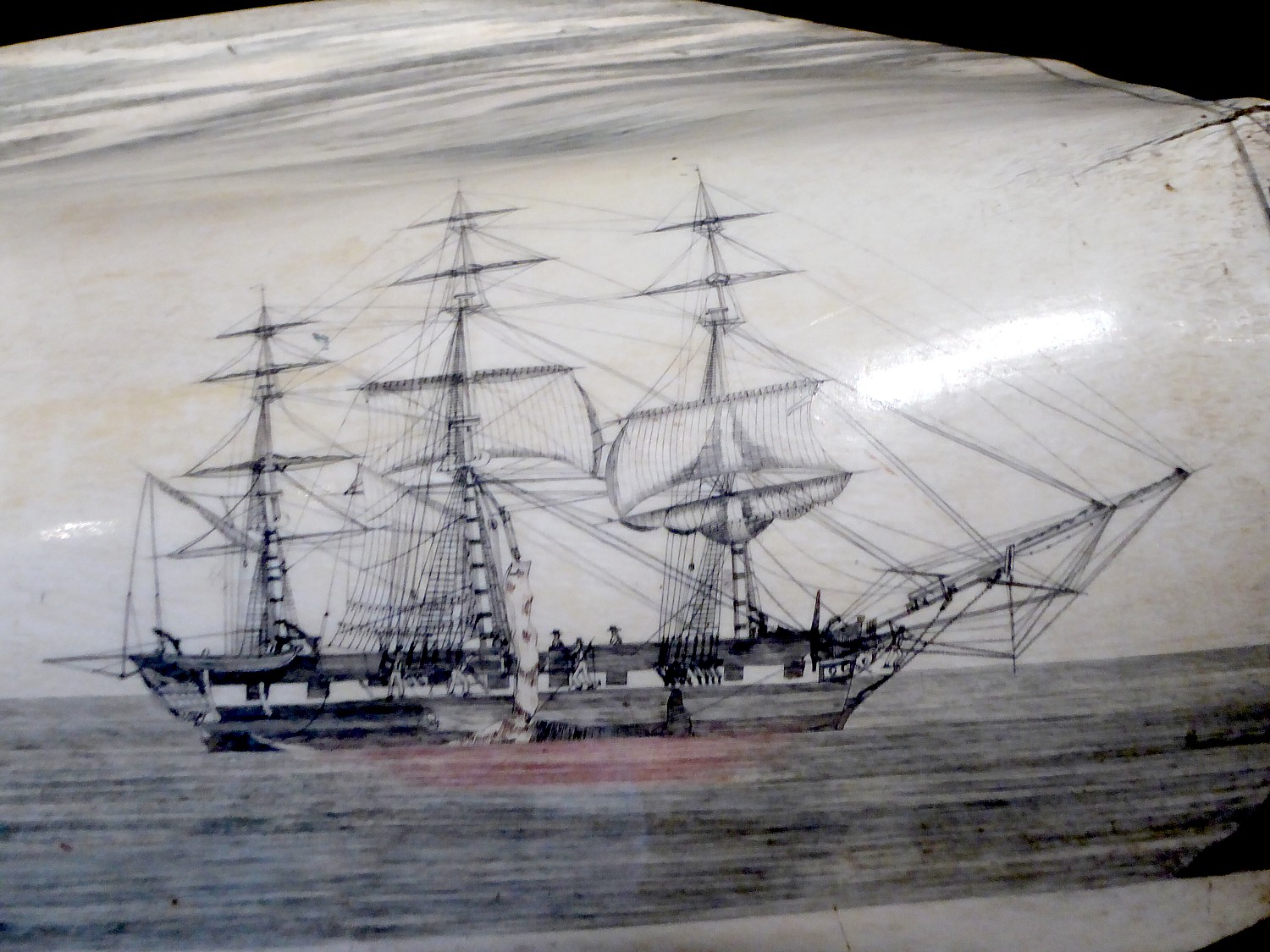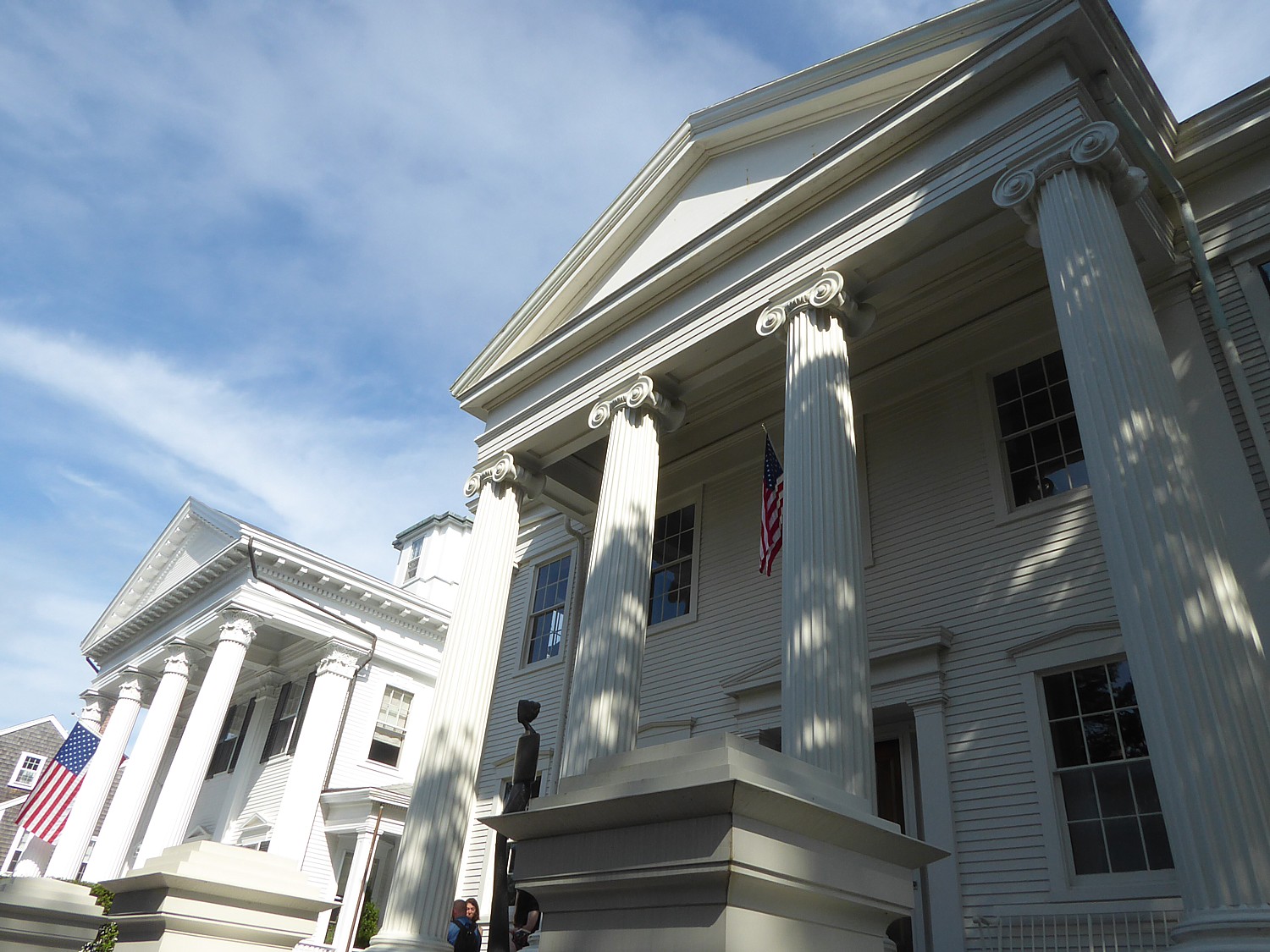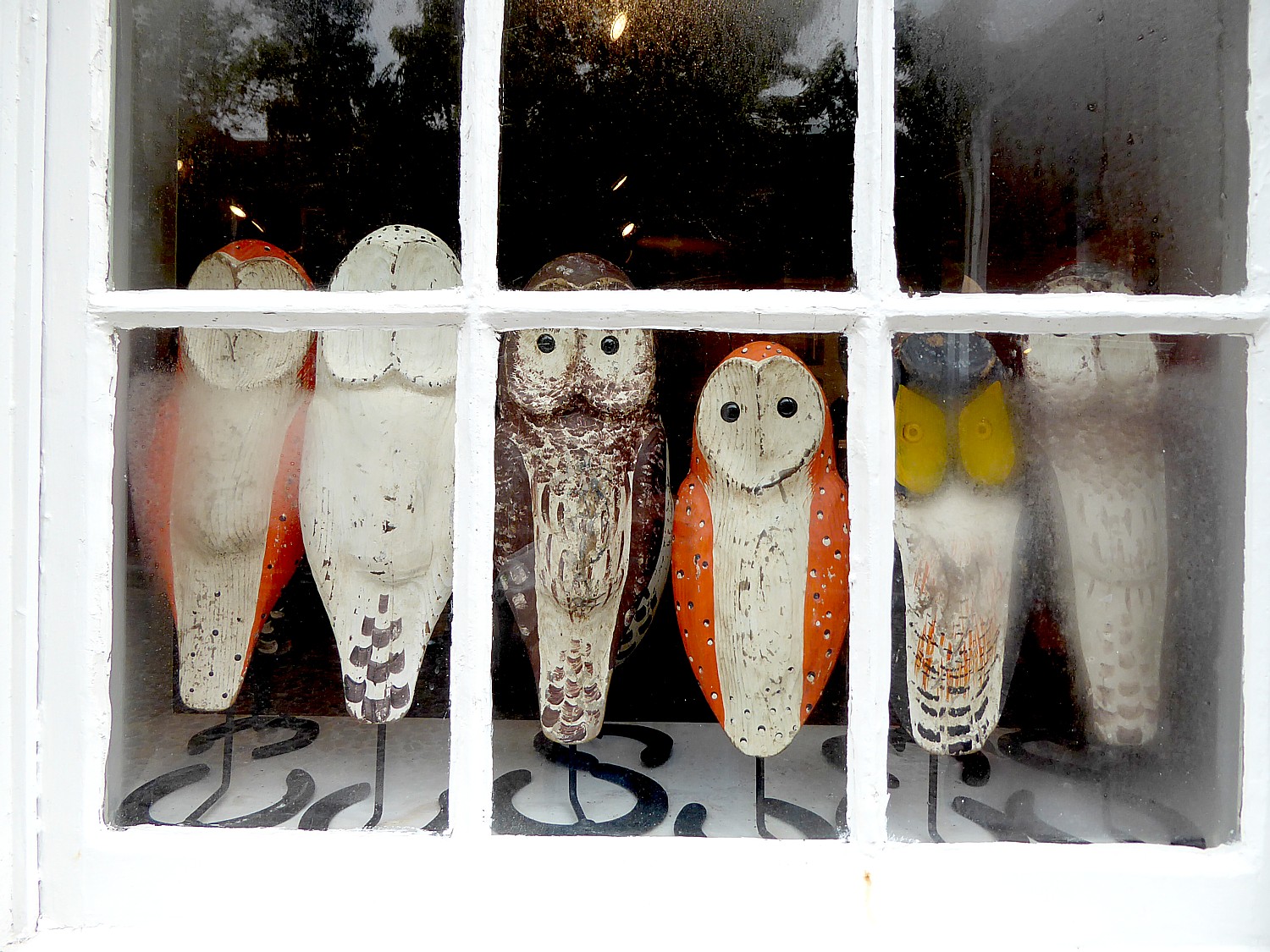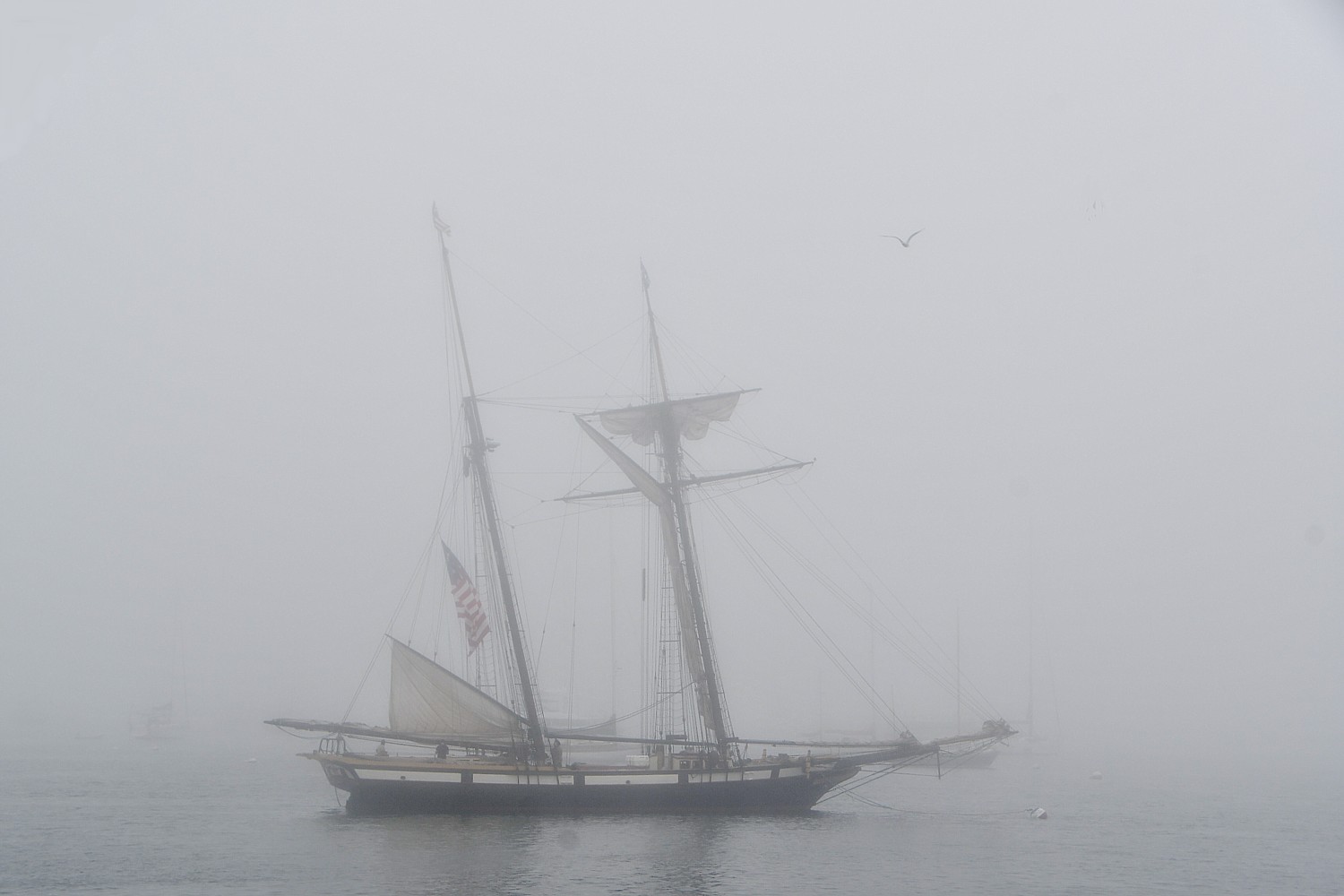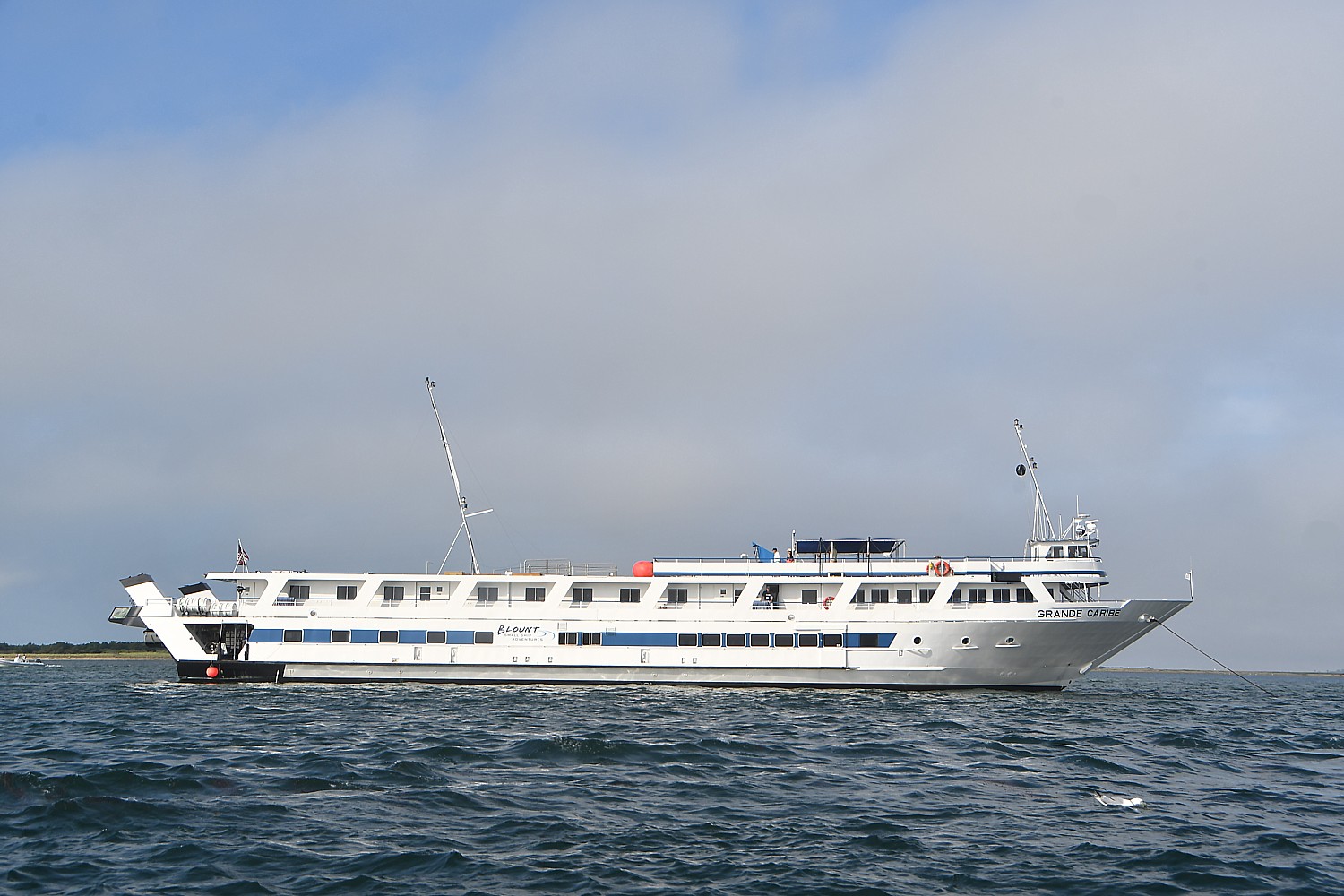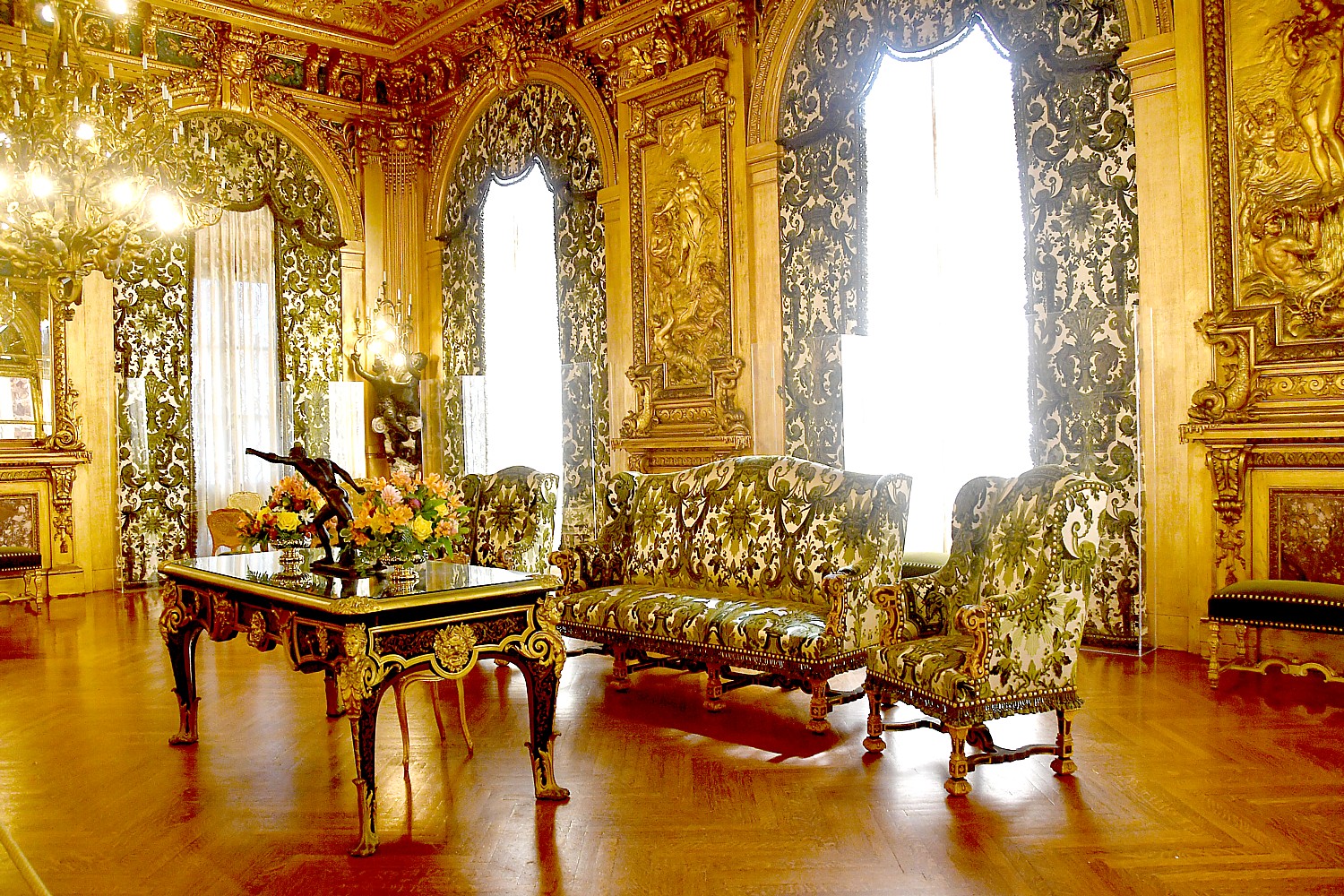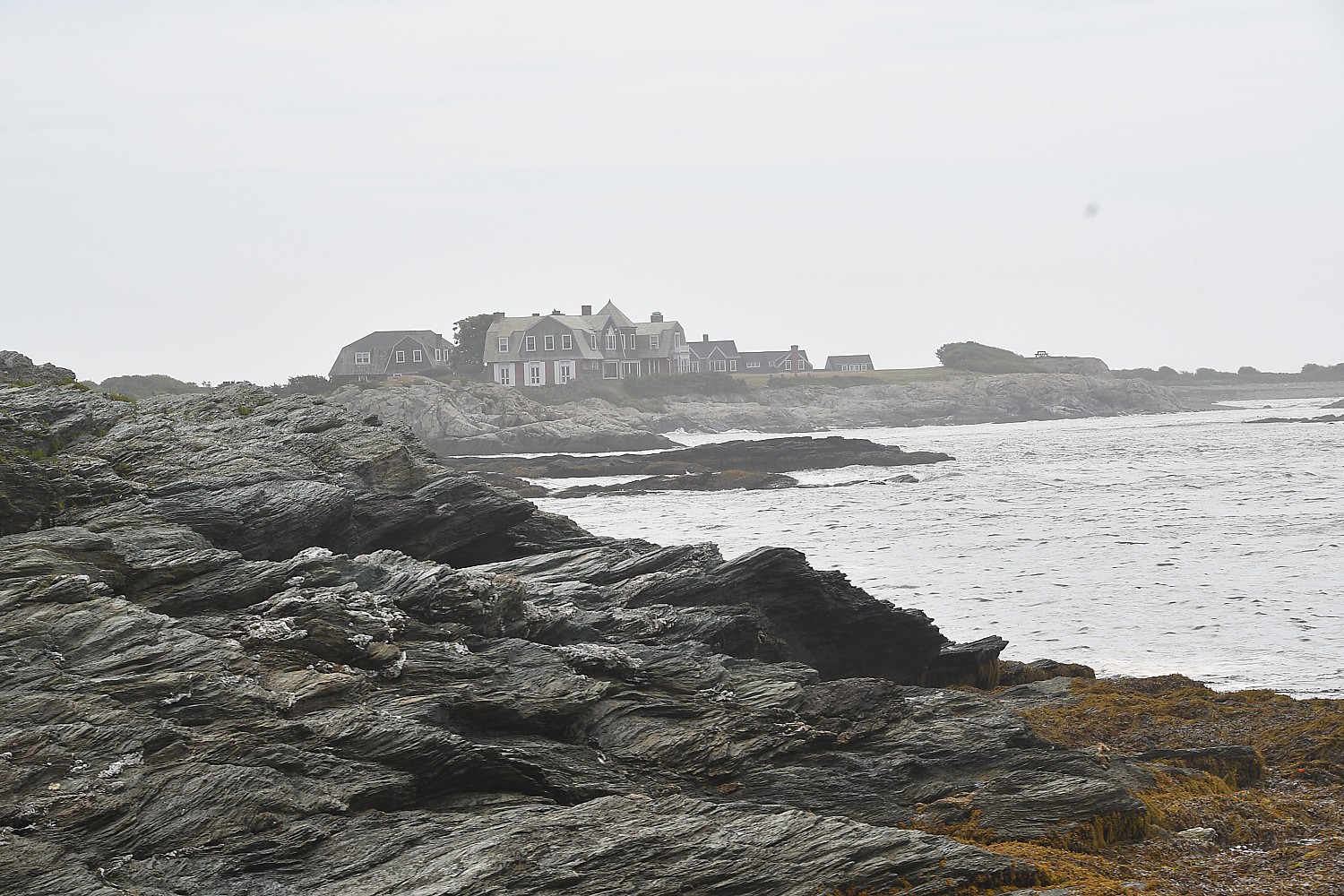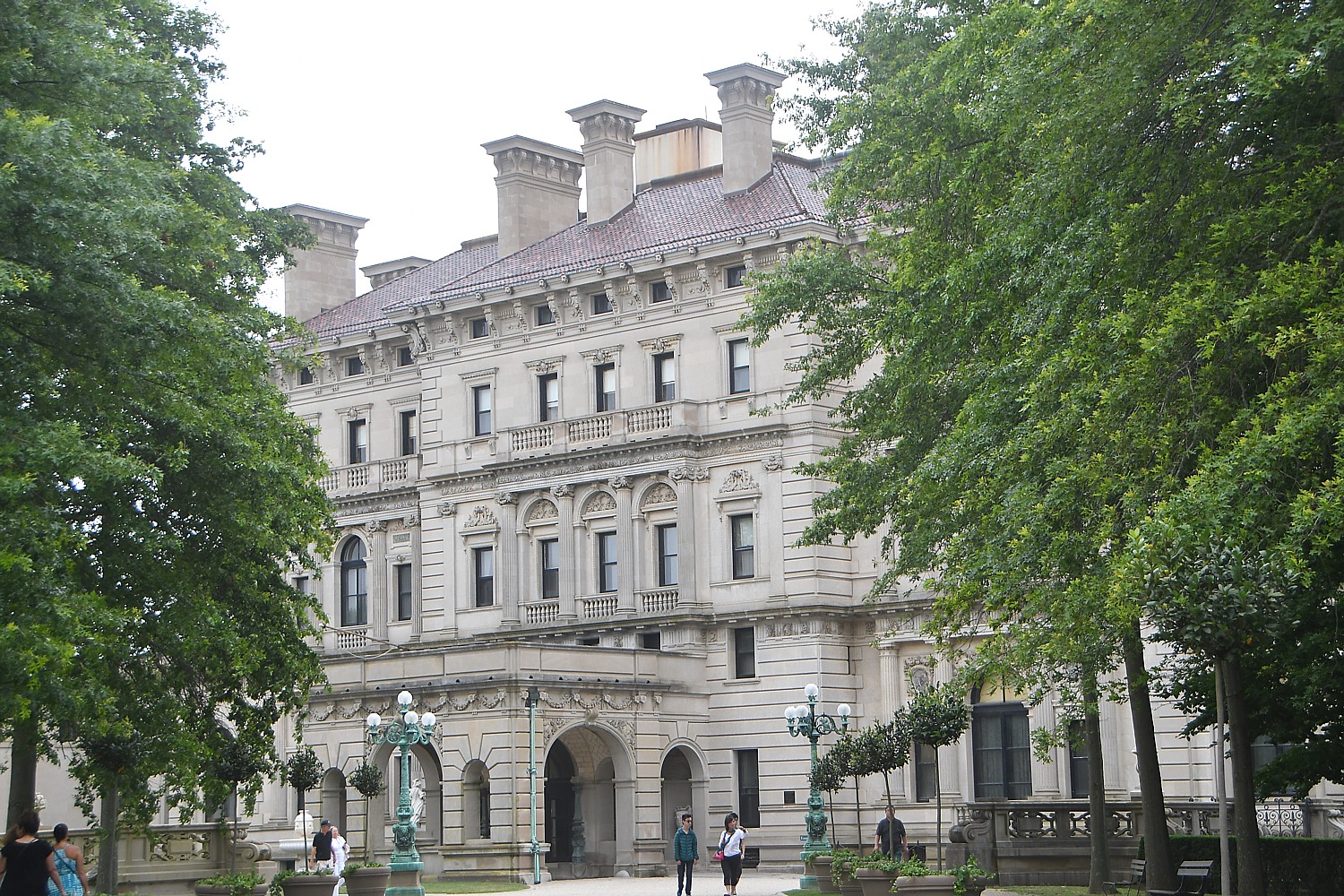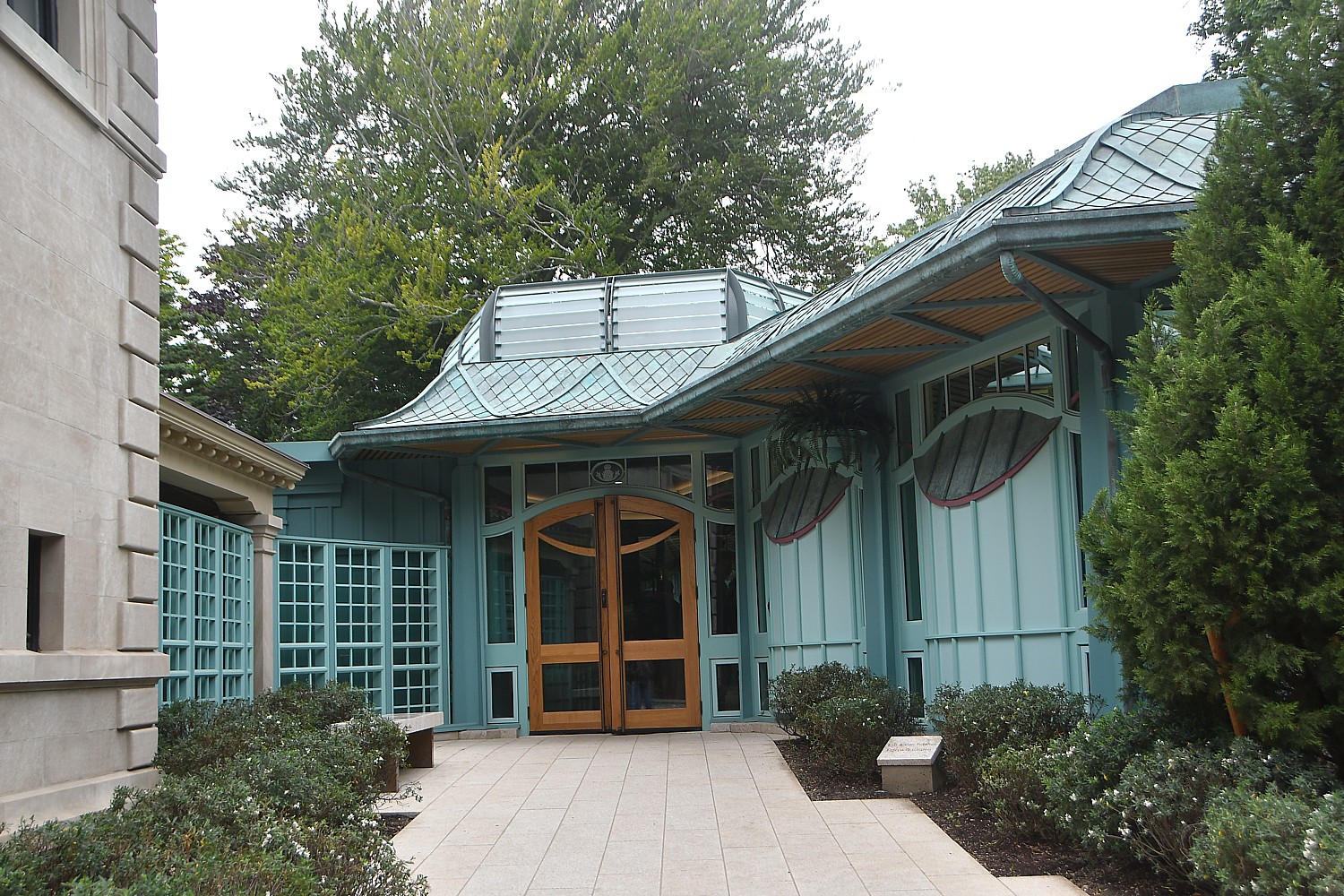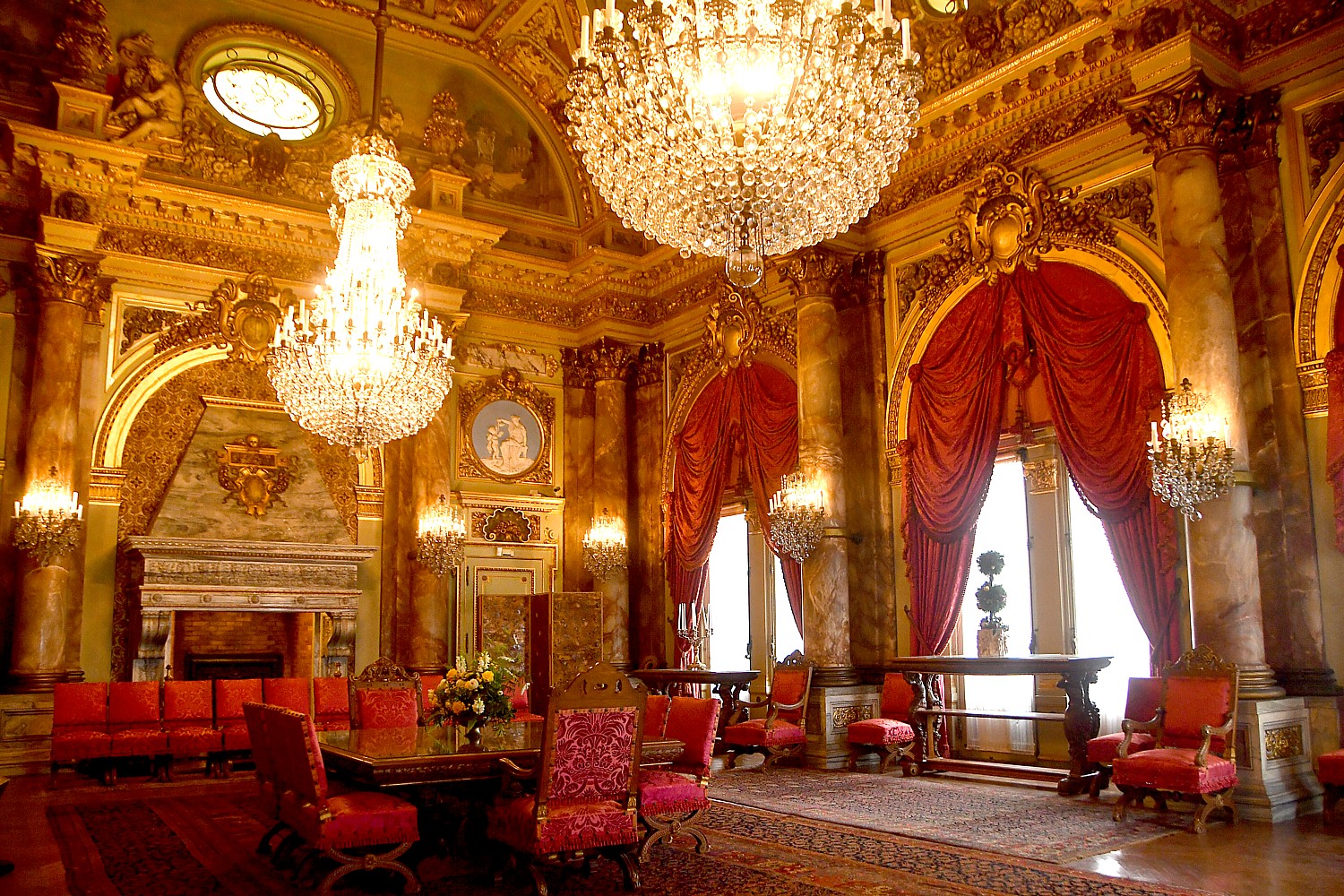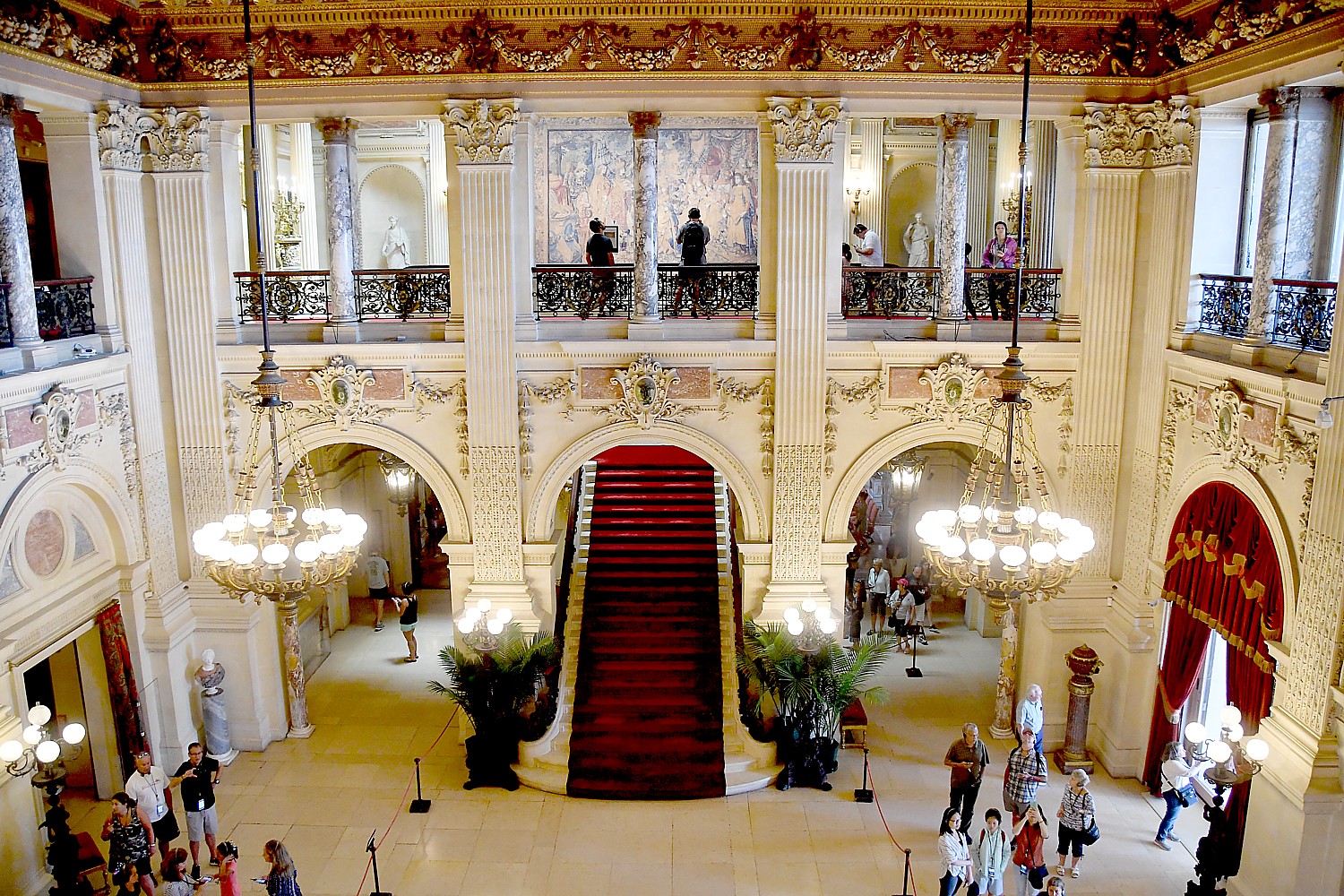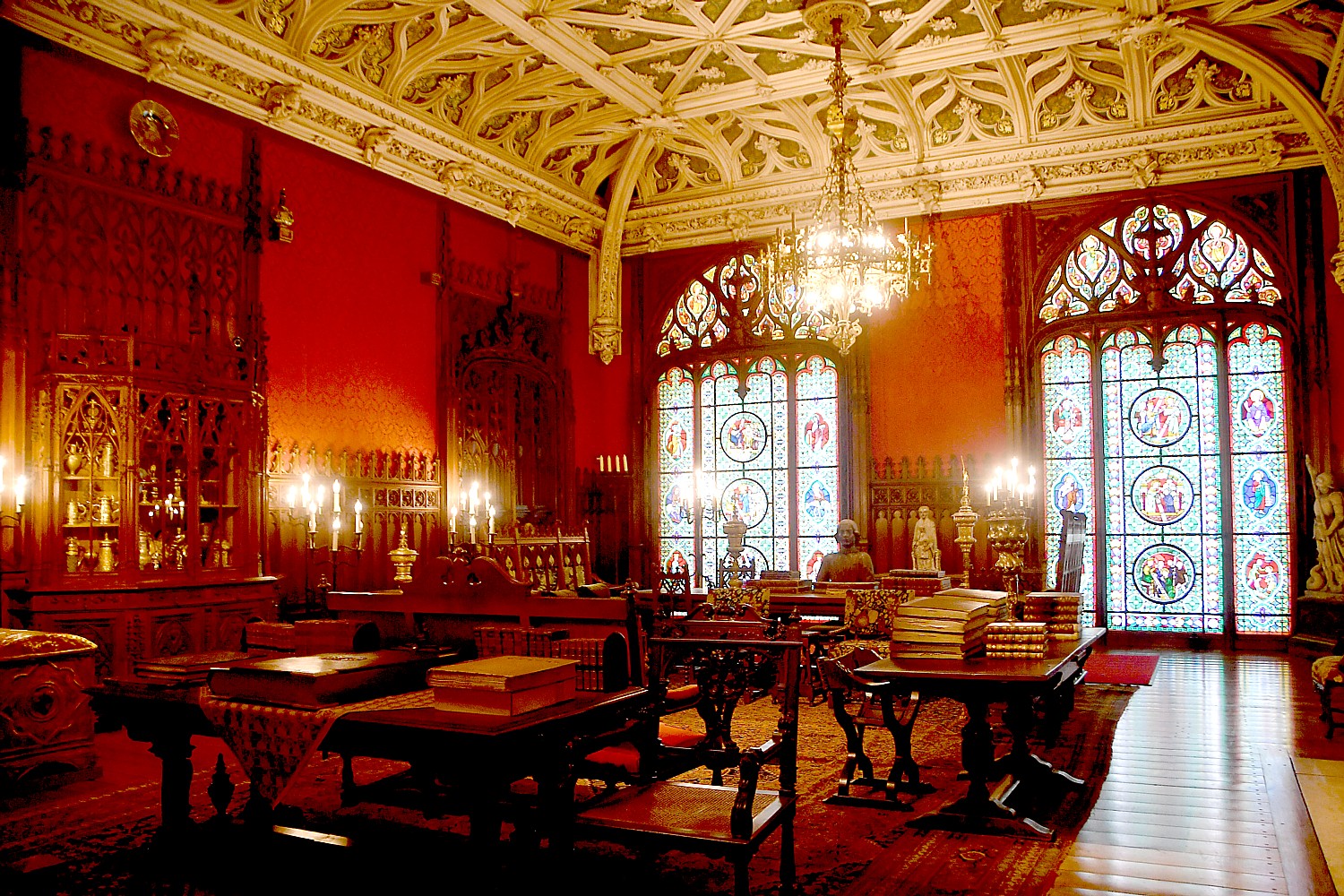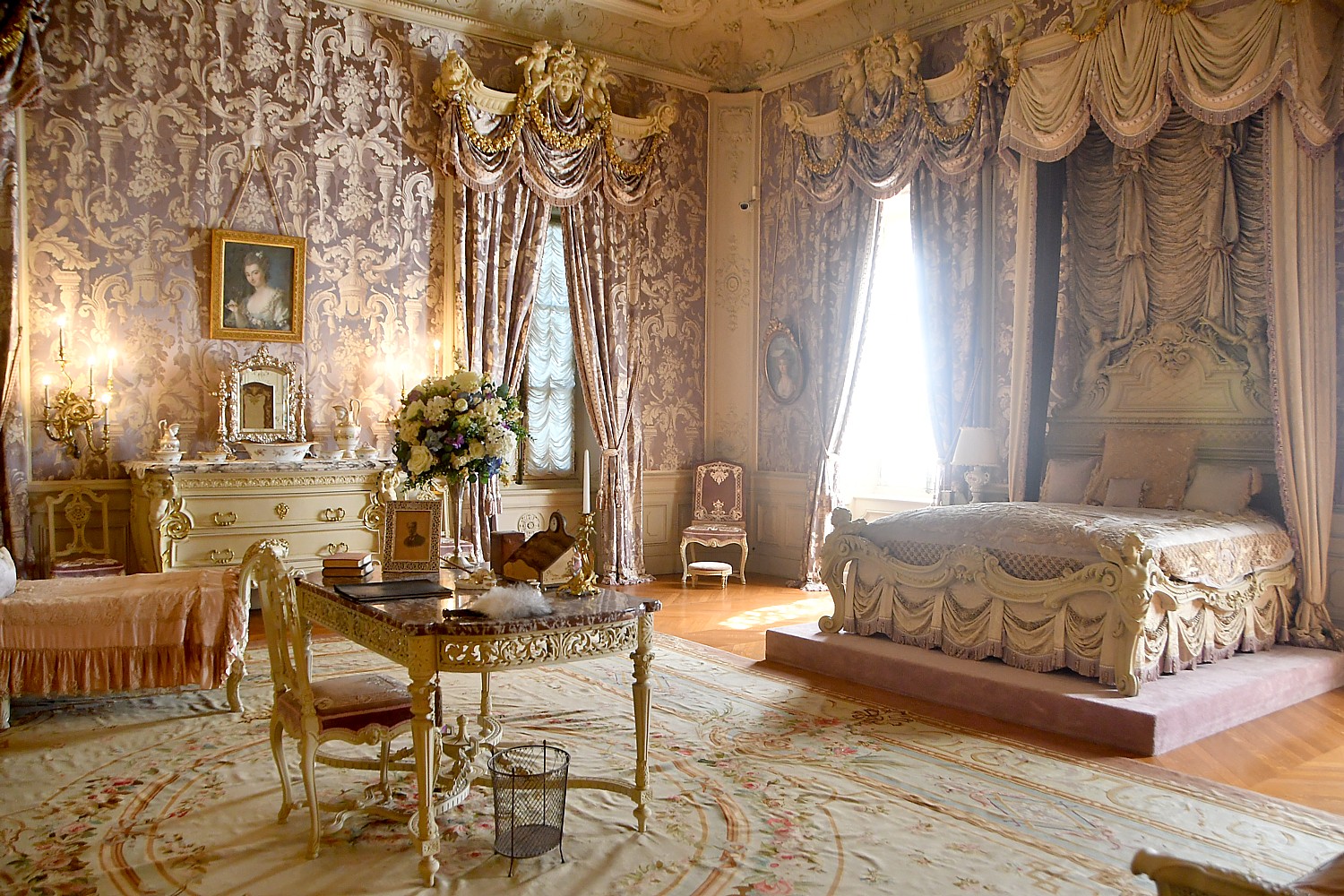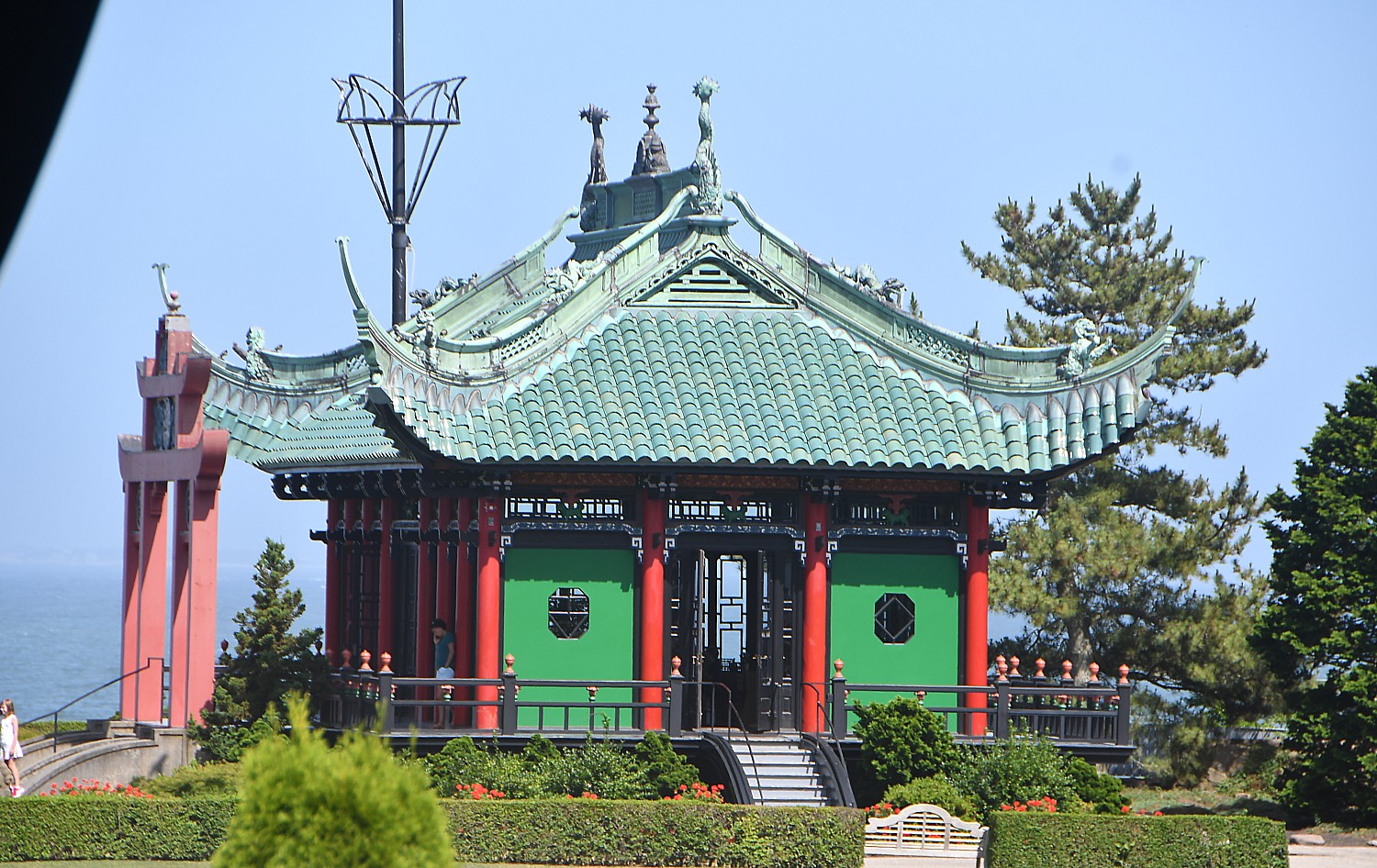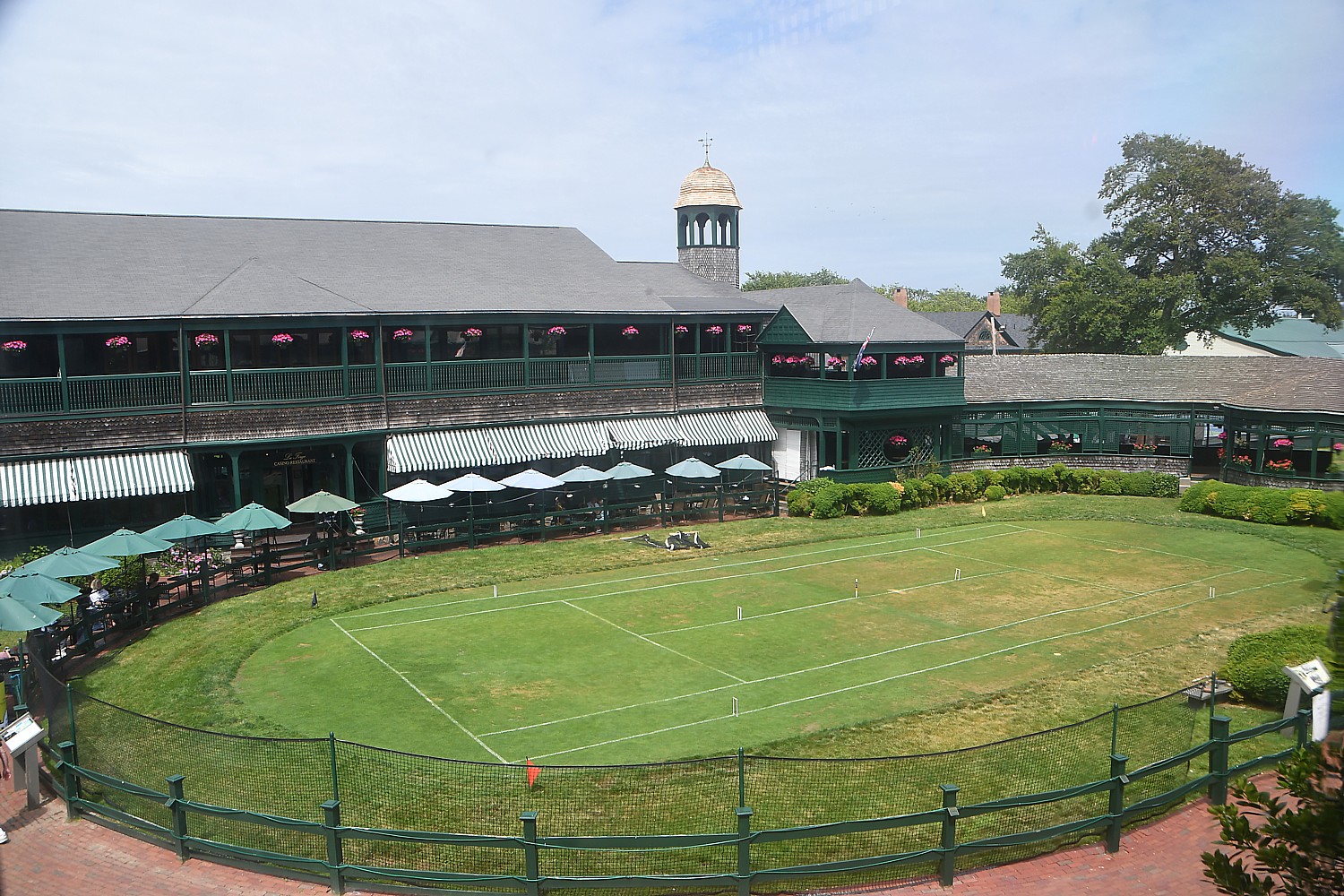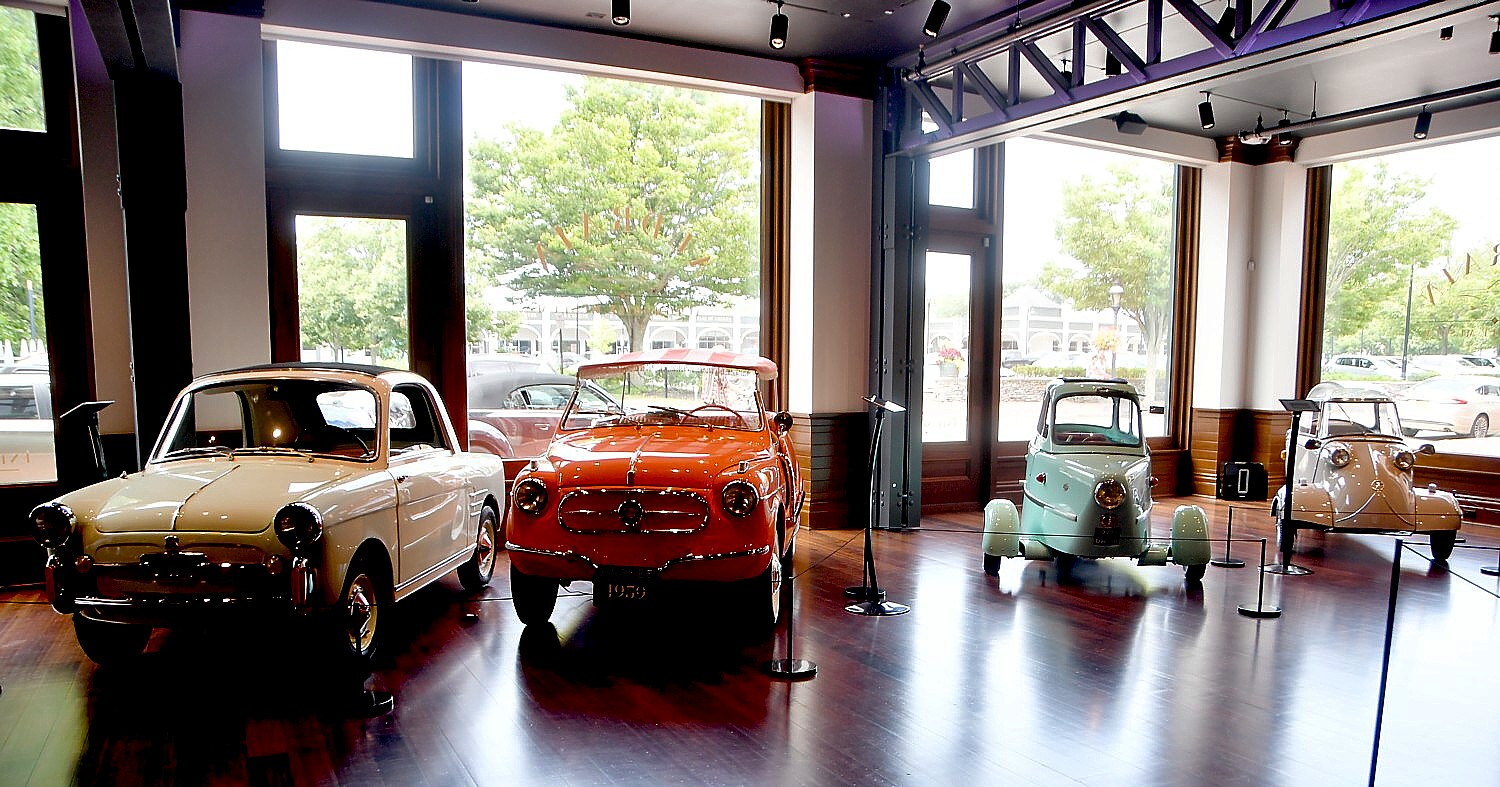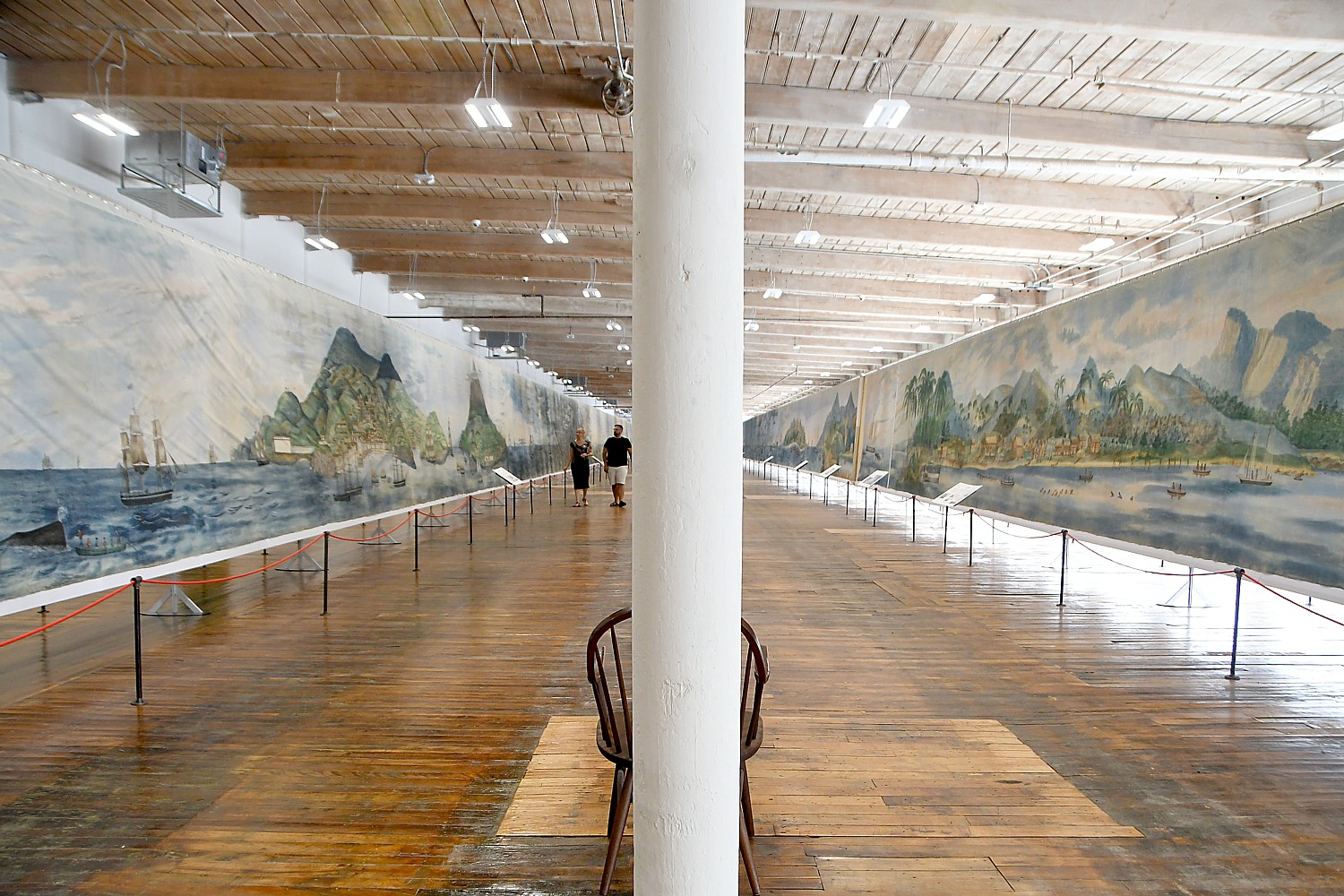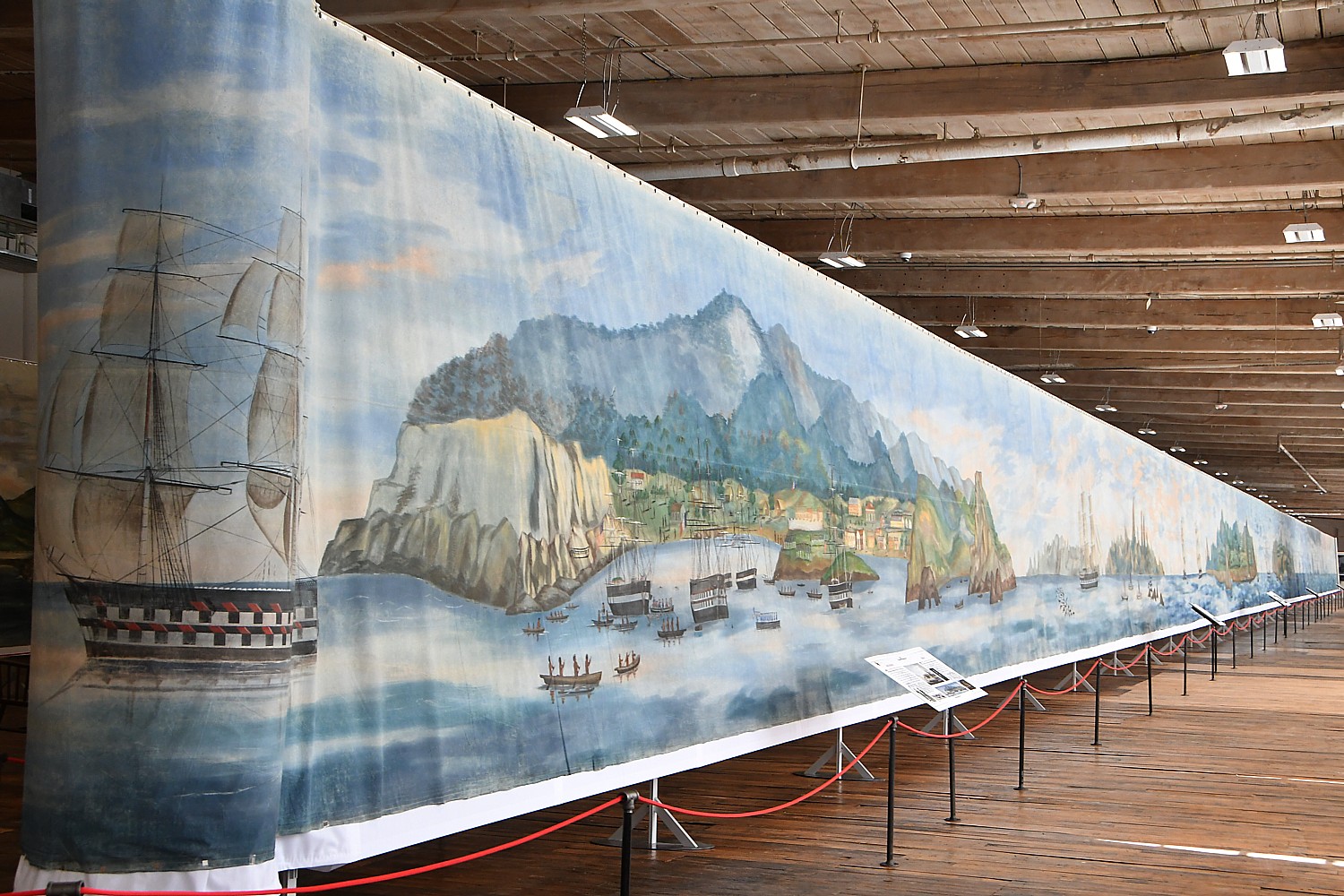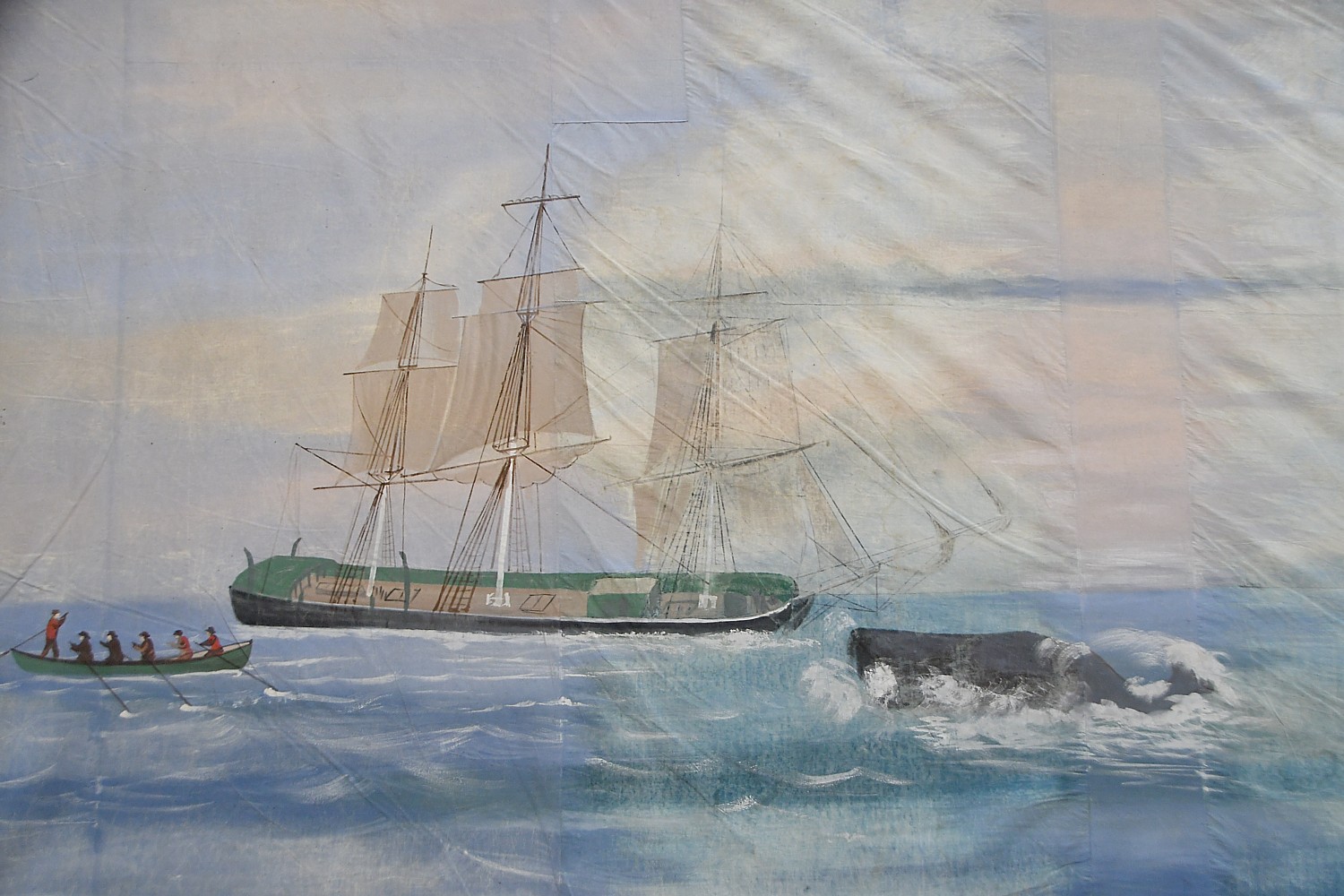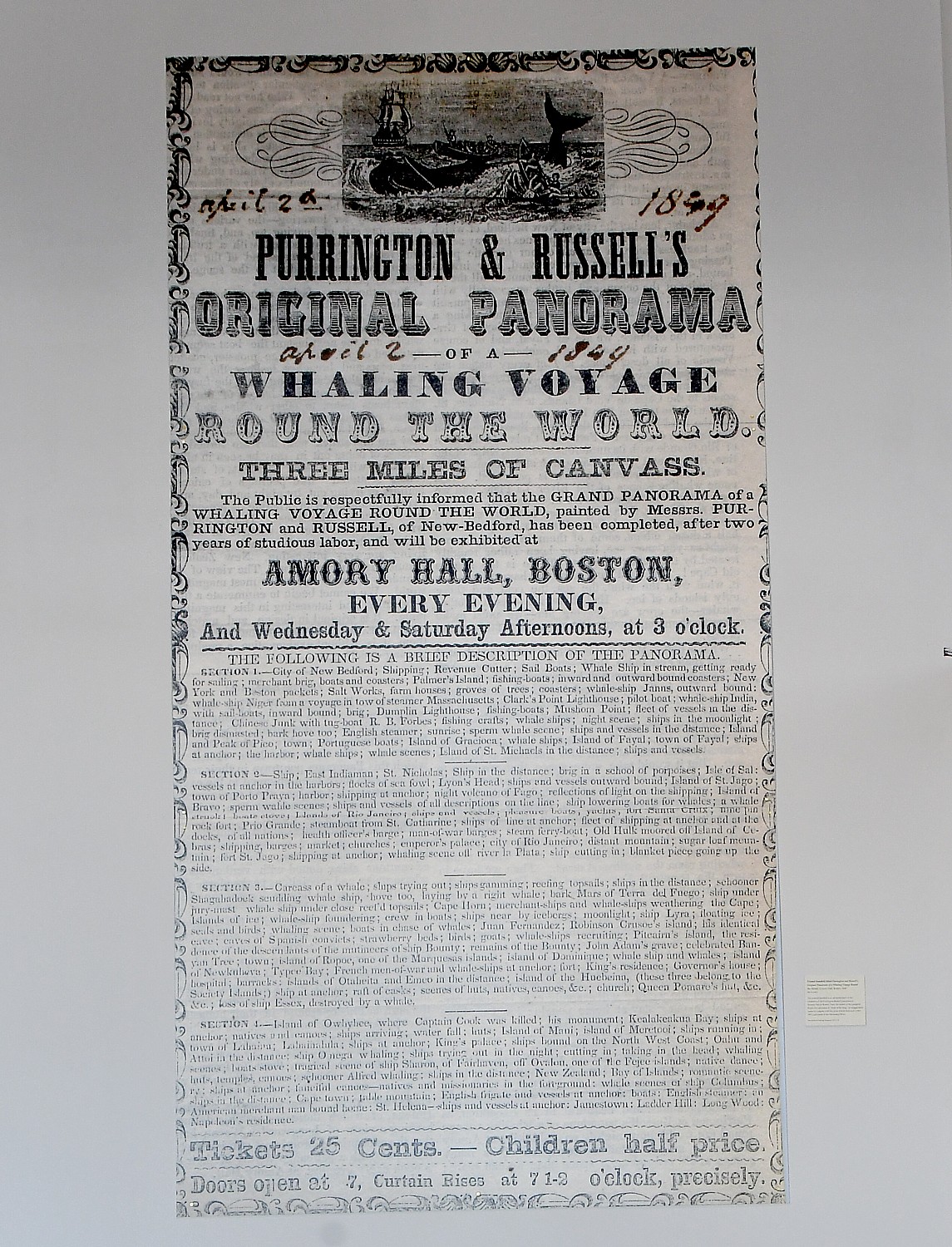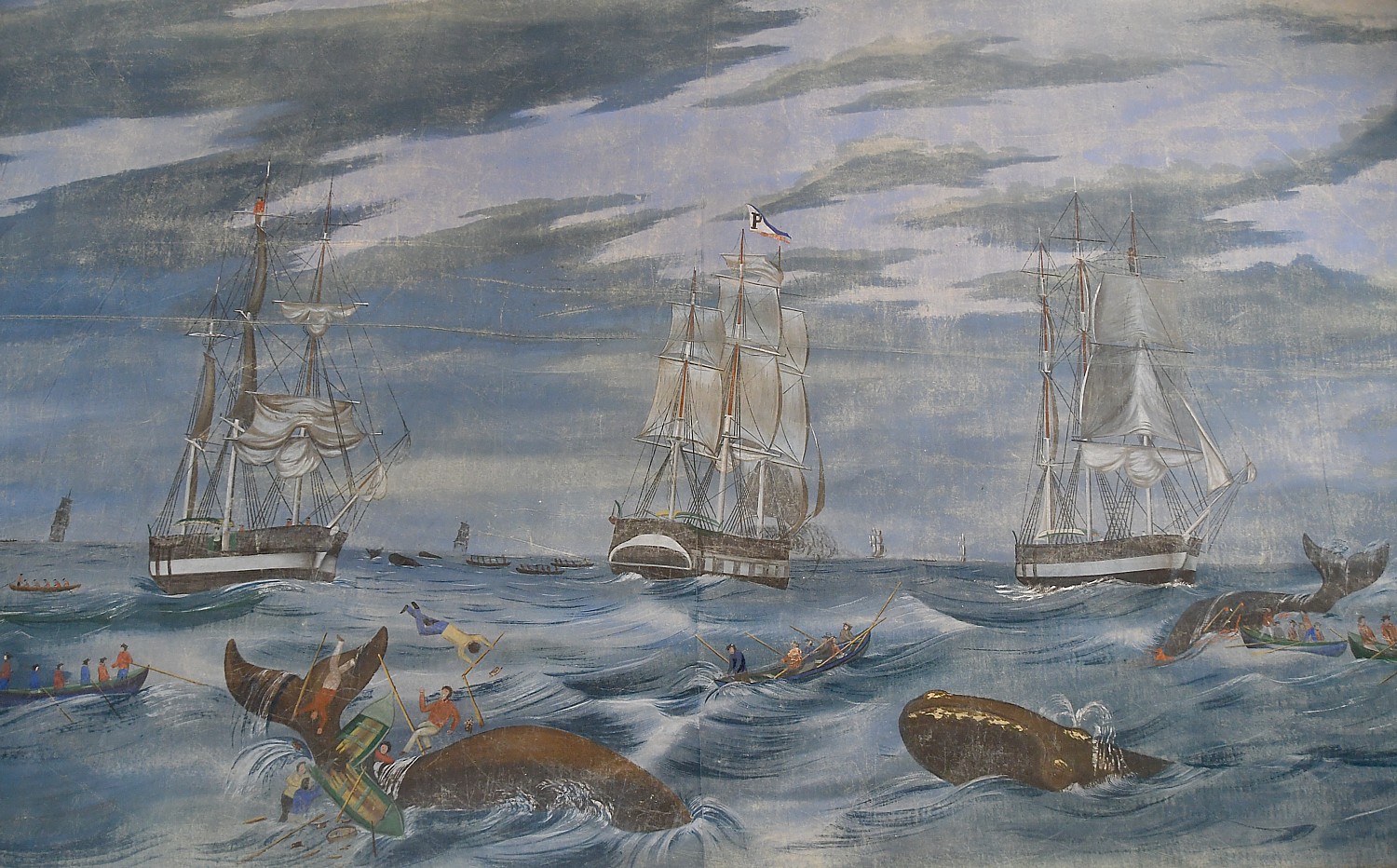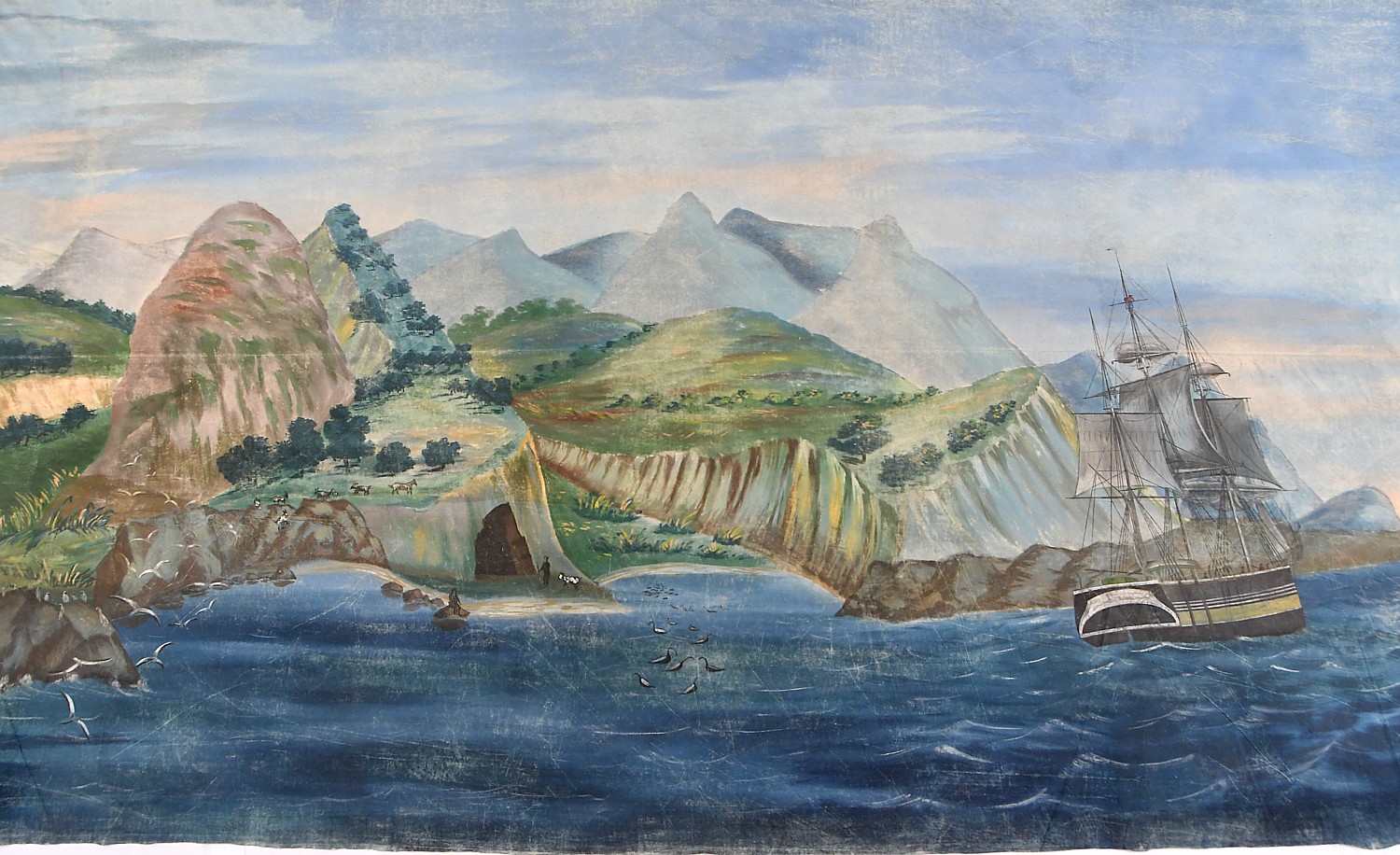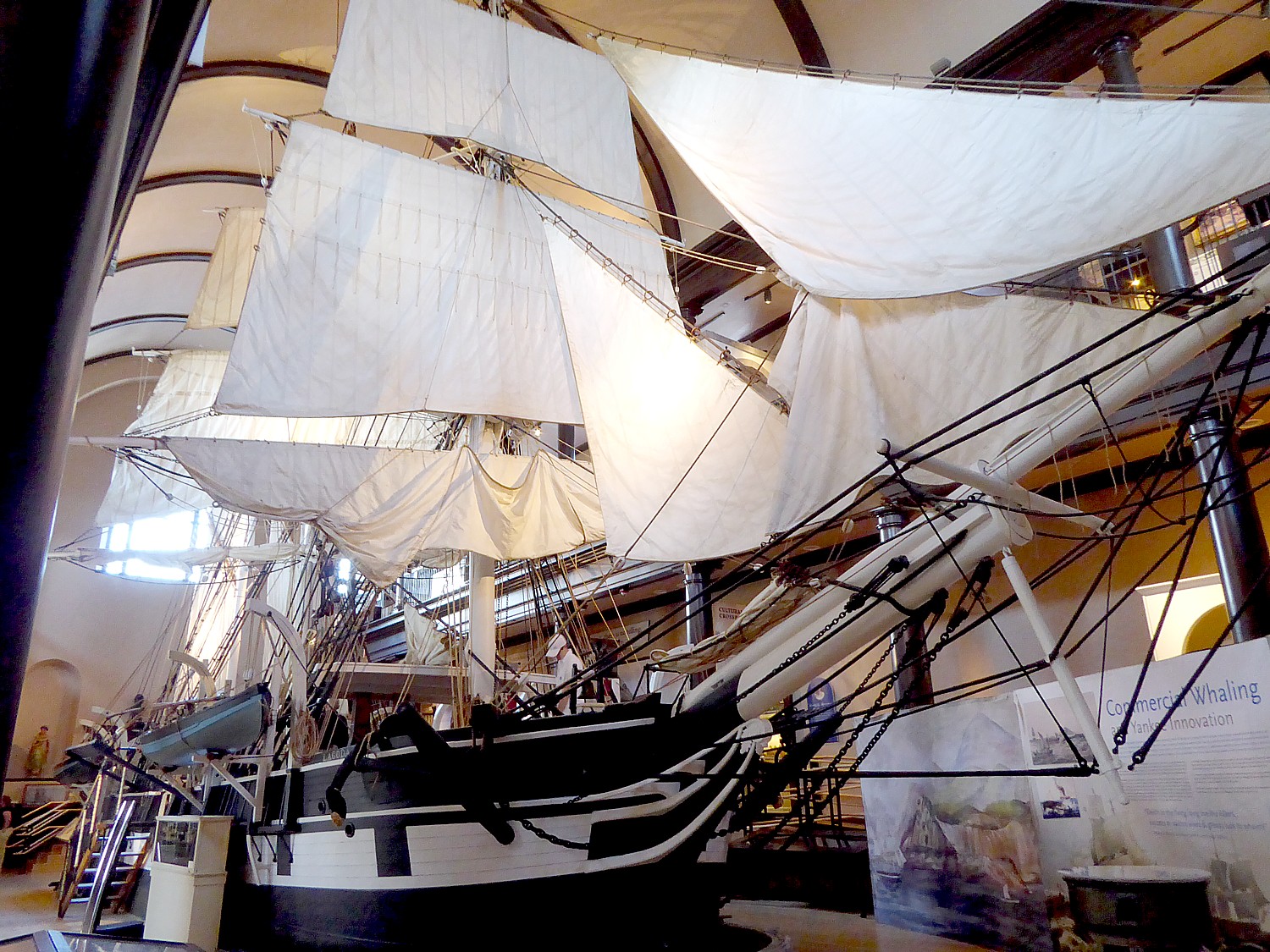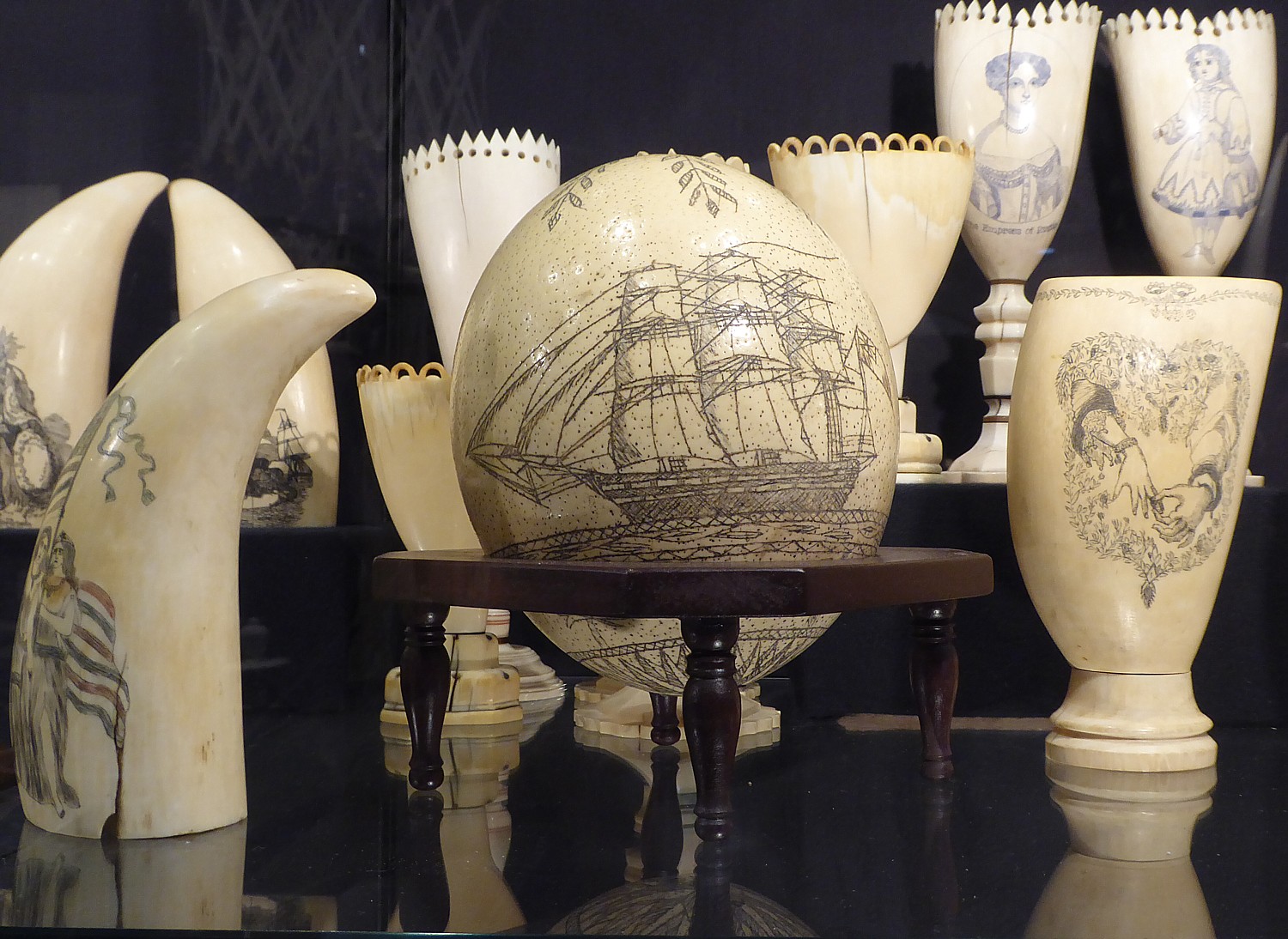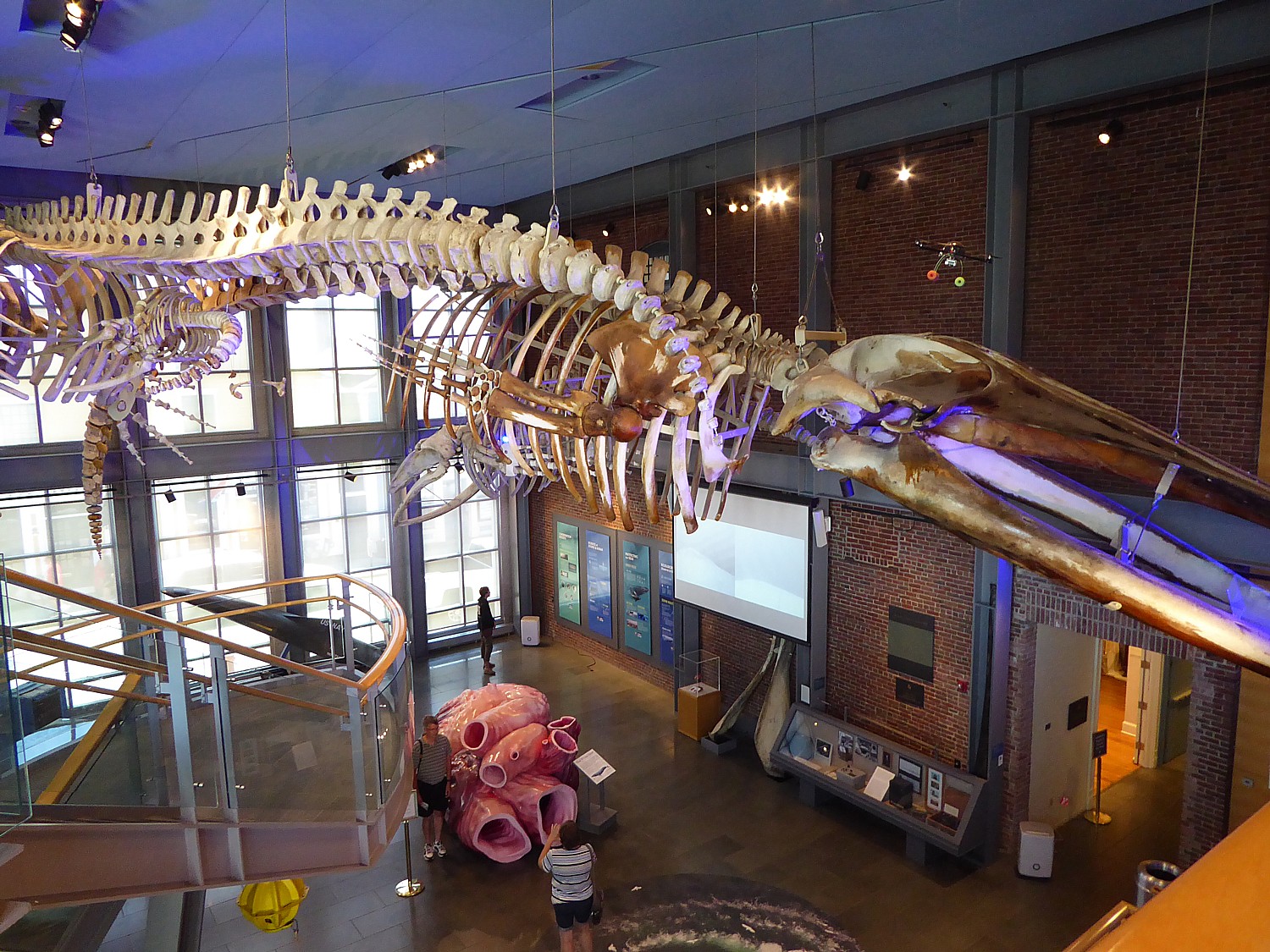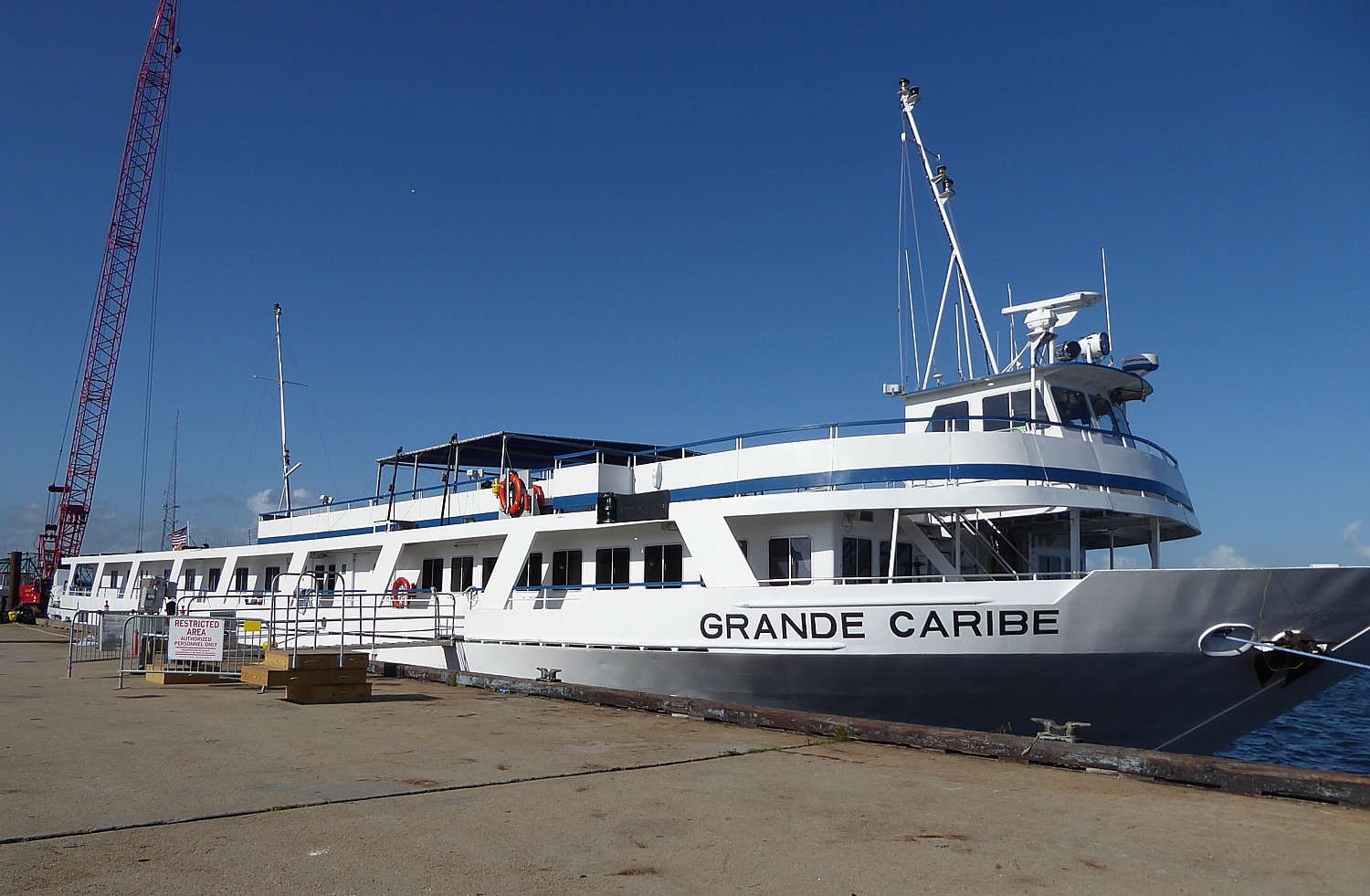
by Karen Rubin, Travel Features Syndicate, goingplacesfarandnear.com
At the start of Leg 6, in Amman Jordan, only four of the original 10 teams competing in the Global Scavenger Hunt are still in contention to win, many of the teams can now join together, use their cell phones for planning and booking, get help from the concierge.
But for those competing, some of the mandatory challenges pose a difficult puzzle to achieve in terms of logistics and timing. The one that proves problematic is requiring to go one way to or from Petra along the ancient Kings Highway – the problem is that the Jett Express Bus doesn’t take that route, the rules don’t allow a taxi from outside the city. Hearing how the two top teams surmount the challenge is quite interesting.
All but one team is intent on going to Petra, but have chosen different means to get there. I find myself on the Jett Express Bus, departing 6:35 am, with three of the teams including one that is in second place in the Global Scavenger Hunt, only a point behind the leader. Another 5 of us hired a car and driver (allowed because none of them were competing), and Bill Chalmers, the ringmaster of GSH, Pamela and son Luka are traveling separately. Each of us left at a different time by a different conveyance. But what a surprise! we all wind up at the same mid-way trading post at the same time. Hugs all around.

Struck for decades by the Frederic Church painting of Petra, and then by hearing at a New York Times Travel Show talk about Petra at night, I have decided to arrange my own overnight stay. I learn that the Petra at night is only offered twice/weekly and am lucky enough to be there for Wednesday. I hastily consult hotels.com for a hotel – none available under $200/night. I check booking.com and find a hotel – more of a hostel, really – at a very affordable price, less than a mile from the entrance to Petra. “Only one room left” the site warns. And considering how so many of the hotels were booked, I take the leap and book it. The concierge has reserved the seats on the Jett bus for the morning, with the return the next day (only one departure each way/daily), at 5 pm.
While the others have to move hastily through Petra – in fact, don’t even get as far as the Treasury (so what is the point?), I am able to move as slowly and contemplatively as I want, knowing I will return the next day. The bus – which is an hour late in departing because the company has put on a second bus – arrives at around 11 am. I use our Jordan Pass (which gives pre-paid admission to most archaeological sites, including two consecutive days at Petra, along with the visa) for the day’s admission and buy the ticket for Petra at Night ($25).
I am amazed by Petra. That now-iconic view that comes into focus as you walk through caverns with the most beautiful striations and shapes, then come upon the teaser of The Treasury through the opening, is as wonderful as I had hoped. But the rest of Petra was a complete surprise – I had not realized how vast – an entire city, in fact – how much has been carved out of the rock (the Royal Tombs are not to be believed), and how much in the Roman era had been built (The Great Temple, the colonnade). All around are fellows who hawk riding their camel, their horse, their donkey, or take the horse-drawn carriage (at fantastic speed considering the narrow walkway), to or from the entrance (it is a full mile walk from the entrance to The Treasury). It is hot, but dry and the breeze is surprisingly comfortable. Besides exploring the archaeological structures, Petra turns out to be a hiking place – you can take trails that bring you up to amazing views. One of the toughest is up to the Monastery – a mile each way up stairs and then back down again.

I decide to reserve that for the next day.
The “park” closes at about 6 and reopens for the 8:30-10:30 night program at 8 pm (it is operated separately and privately from Petra) – I still have to get my pack, which I have left at the Exchange ($5 tip), and get to the hotel, which I had thought was within walking distance (.7 mile), but turns out to be totally up hill. I take a taxi (negotiating the rate).
My el cheapo-supremo hotel turns out to be exactly that – the nicest part os the name and front entrance. When I am brought to my room, I thought the fellow made a mistake and brought me to a room under construction (or rather deconstruction) – plaster patches, exposed electrical outlet, rusting shower, cracked bathroom shelf, an “armoire” that was falling apart, only a bed and a stool (not even a chair), slippers left for the bathroom that were too disgusting to contemplate putting on. Ah, adventure. But overall, clean and no bugs. So this will do for a night (considering I had left behind in Amman the five-star, ultra-hip and luxurious W Hotel).

I head out just after 8 pm, walking down the hill into the park again, where I join throngs of people making their way along the stony path illuminated by nothing more than lanterns and starlight, thinking how dramatic and wonderful.
After 45 minutes, arrive at The Treasury where there are perhaps 1000 people sitting on carpets. I am keen to reproduce the photo I had seen of the event. The Treasury at this point is barely lighted at all. There is some traditional music, then a fellow sings, talks for a few minutes, and then garish neon-colored lights are shown on The Treasury, completely destroying the mood. And then it is over. 9:30 pm (not 10:30 pm). People start leaving, and I am totally exhausted, so leave also. I hike up the hill to the hotel.
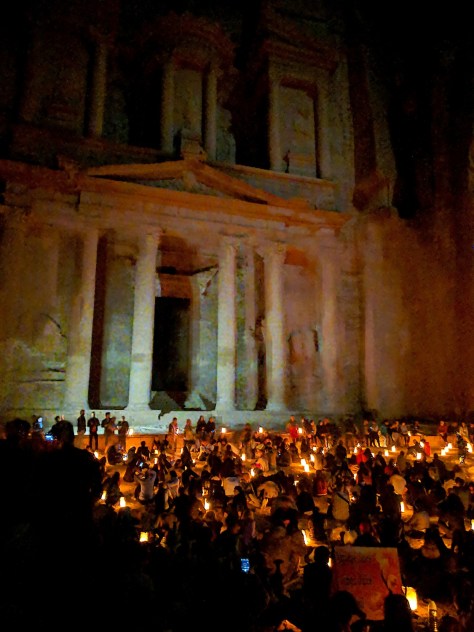
My adventure is redeemed the next morning when I am able to return to Petra as early as 6 am. The hotel proprietor has packed my breakfast in a baggie in the refrigerator. When I arrive, who should I come upon at 6:14 am but the last team (Lawyers Without Borders). What are the odds!
Walking through the caverns (some of the most exquisite scenes) is unbelievably peaceful at this hour – I am even the only one at some points. There are no horse-drawn carriages rattling through, none of the hoards of people stopping for selfies and posing. And once inside, there was perfect peace also at The Treasury – the camels posing just perfectly.
A word about the guides – I didn’t use one and they try to convince you that they will take you places you couldn’t go yourself – but what I observed was that they were very knowledgeable, very considerate of their guests (in fact, it is difficult to become a guide – you have to take a test, be accepted, and then trained). The people who provided the camels, the horses, the donkeys (you can ride donkeys up to the Monastery), and the carriages work exceptionally hard (the animals work even harder). And all through are the souvenir stands (they actually look pretty good) – and you realize, Petra was a trading center, a stop along the vital caravan routes, and this is very likely what the scene would have looked like even then.
One guide offers to lead me on a trail that would take me to the overview of The Treasury (ranked moderate), but I am not feeling 100% and hope I will be able to do the Monastery trail.

I go through the park again, this time to the Monastery trail – get some scouting information and begin the ascent. It is a very interesting hike not just because of the gorgeous stone contours and colors, and the views back down, but because of the stands set up along the way.

And the Monastery proves to be a highlight – it is actually bigger than The Treasury – the largest structure carved out of a rock face (if I have that right). So worth it.
But back down, I am exhausted and have several hours before the Jett Bus back to Amman (I expect to arrive after the 8 pm deadline but have informed Bill that the bus likely won’t be back until after 9 pm, and I won’t miss a flight, will I?)
I have my plan: first I linger at the Basin Restaurant at the entrance to the Monastery Trail, where I sit outside under trees and have refreshment. I regain some strength and wander some more. At this point, I realize what a phenomenal experience I had in the early morning – some 2,000 passengers off the MSC cruise ship, another 2,000 off a second MSC cruise ship, and hundreds more off a Celebrity ship look like invaders – led by a guide with a number (50) for their group.

My next plan is to stop into the Petra Guest House, which is located right at the entrance to the park. (This is the hotel I would recommend for those who want to come overnight in order to experience Petra in the early morning – it is very comfortable, pleasant and moderate prie).
I have left an hour to visit the newly opened Petra Museum, sandwiched between the Visitor Center and the Bus Station (perfect!). It offers an outstanding exhibit (curiously Japan was a major contributor) – that explains extremely well how Petra developed, the Nabateans, how they grew to power first by controlling water through ingenious engineering, then the main trade route, the King’s Highway, that linked three kingdoms. Artifacts including art as wlel as everyday materials going back to the Stone Age, are on display; there are excellent videos, graphics, displays that are engaging and clear.

I board the Jett Bus (it is the first-class bus geared to foreign tourists) for the 3 hour trip back. The driver is excellent, but apparently, a taxi driver has accused him of knicking his cab and the entire bus has to go to the police station. Surprisingly, this is handled within 20 minutes and we are on our way.
The bus station is not even a mile from the W Hotel (15 minute walk versus 5 minutes by cab) and I considered getting an Uber (much, much cheaper than a taxi), but started walking instead. I am trying to get my bearings when a taxi driver who solicited my business at the bus station pulls up. I reluctantly agree – we settle the price and set out – in the wrong direction. What should have b een 5 minutes, I see on my GPS is taking me 8 km away from the hotel. The driver drives frantically, going the wrong way down one-way streets, zipping here and there but essentially driving in circles that go further away from the hotel. I show him the card, show him my GPS with the hotel address. Finally, in frustration I think, he tries to dump me at another hotel, saying, “W.” Perhaps he thought I hadn’t been there yet and would be convinced this imposter was my hotel. I tell him he is going the wrong way, the wrong hotel. Finally he sets out again, and what should have taken 5 minutes, has taken 30.
I’ve missed the meeting when Bill Chalmers tells us our next stop on our Global Scavenger Hunt. My teammate has texted the answer: Athens.
In the Throes of Competition
It is so amazing to listen to everyone’s separate adventures and experiences – even those who aren’t competing any more still pick up on Bill’s challenges because they invariably lead us to wondrous and fascinating things that we may not have considered, or some experience at a highlight that we might not have considered. And since the competition is intended to crown “World’s Best Traveler” it is designed to challenge one’s ability for logistics.
Lawyers Without Borders, the team of Zoe and Rainey Littlepage, of Houston, has now done this trip more than a dozen times, in addition to being well-traveled adventure travelers on their own. But appreciate the difference in traveling this way – first as a mystery tour, so you have no ability to research or plan in advance what you will see or do at a destination; second, the challenges force you to experience things or see things from a different point of view.
The Lawyers are currently leading the contest (no surprise). Rainey explains that a lot is luck, but I think it is more art and willingness to embrace challenge as opportunity. And an ability to plan so effectively you can accomplish more scavenges, higher-point scavenges, and simply amass points. The problem is, if you fail to achieve any of the “mandatory” challenges, you don’t get any points at all for that leg.
“It’s different than regular travel. Play t”he game. The sheet gives purpose to do things you wouldn’t do. You have to plot,” Rainey says. “It’s a brilliant way to see things. .. You decide how many to do, but you turn to look and find another. How between trains you might have an hour, and get 3 scavenges done. It’s an experience to get it done. I feel pity for those who are just there – no points.
Innocuous things bring a sense of accomplishment (like identifying local fish at the market). “How you solve. I love the game. We have been lucky this year,” he says, pointing to how one of the mandatory challenges in Jordan was to be at the Citadel in Amman at sunset – no mean feat since they had to get there from Petra. The sunset was at 7 and they arrived at 6:15 only to discover the Citadel closes at 6 pm. It was cash, not luck, that got them in: they paid the guard $5 to let them in to get the photos they needed as proof at sunset. “We would have lost the whole competition if he didn’t let us in.”
At the Dead Sea, where the mandatory challenge was to swim, it was nighttime when they arrived, but found someone (the kindness of strangers, is a theme of the Global Scavenger Hunt), to let them take the required dip.
At Wadi Rum, where they stayed in a tented camp, another mandatory was to be on a camel wearing headdress. But it was night and camel rides were no longer available. They found somebody to provide the camel and even let him put on his headdress. They then paid a guy with a pick up truck to bring them fro the tented camp to a taxi at 3:40 am to get to Petra by 6:15 am (when I met them). They completed the challenge of making it all the way through Petra, hiking up the Monastery Trail (about 8 miles altogether) by 9:15 am when they dashed off to Jerash (by 2:30 pm), accomplishing in three hours what it takes most 4-5 hours.
They had to sit through an hour-long church service before the required element would appear, took a Turkish bath, went to a café to smoke a hooka, ate falafel at a particular place, sent a stamped postcard from Petra to Petra (Bill and Pam’s daughter who couldn’t come), and for the “beastie” challenge, pose on a camel. “Points are king,” he said.
But here’s an example of real luck: Getting back from Inle Lake in Myanmar, Zoe has her plane ticket but not Rainey (again, they had to be back in time for the 6 pm deadline). Rainey was 30 on the waitlist, when a man offered his place on the plane. “I had to run to an ATM down the street to get the cash to give him.”
(Read Zoe’s blog: https://zoeandraineygreatescape.blogspot.com)
Think of it as “Around the World in 80 Days,” where Phileas Fogg had to use such ingenuity to get place to place (and out of trouble) by a deadline to win the bet. Or how Indiana Jones, who had that powerful scene at Petra, in “”The Last Crusade used the clues in his father’s notebook which ended with a “leap of faith.”
We are now midway in our 23-day around-the-world mystery tour.
Here are the points after the Amman, Jordan leg:
5th place, Transformed Goddesses with 13 scavenges, 4 bonus, 1065 points
4th Slow Folk with 15 scavenges 3 bonus, 1150 points
3rd Order & Chaos with 25 scavenges 8 bonus, 1860 points
2nd Lazy Monday with 25 scavenges, 9 bonus, 2045 points
1st Lawyers Without Borders with 22 scavenges, 12 bonus, 2190 points
So the standings in the Global Scavenger Hunt so far (where like golf, the low score wins):
1 Lawyers Without Borders 25
2 Lazy Monday 30
3 Order & Chaos 57
4 Slow Folk 66
Still 4 legs, 6 countries to go
“You all feel confident, comfortable, would do new things, trust strangers, found balance between event and joy. Maximum joy, embrace that,” Bill Chalmers, our Chief Executive Officer and ringmaster of the Global Scavenger Hunt says.
And we’re off to Athens for a 30- hour leg.
See more at https://globalscavengerhunt.com/
